The 100 Greatest Albums of All Time
The post The 100 Greatest Albums of All Time appeared first on Consequence.
It’s Consequence’s 15th anniversary, and all September long we’ll be publishing a series of retrospective pieces encompassing our publication’s own history — and the entertainment landscape in general. Today, we’re kicking it off with our new and improved 100 Greatest Albums of All Time list.
Oh my God, we’re back again. It’s been over a decade since we first took a shot at boiling down all of popular music history into the 100 greatest albums of all time. Forget about how opinions have changed over those 12 years — the entire culture has shifted. Even the people taking part in this exercise are different, as only two staff members who were part of the OG list, published in 2010, remain with Consequence today.
Understandably, things are going to be different this time. Tastes have been reshaped, genres have been born and died away, and the way we divvy up importance through history has been altered by the very nature of the present. All of this factors into putting together a behemoth like this, which means records that weren’t considered — or even released — the last time we undertook this challenge now have prominent placement. In turn, other great works have been bumped off, or down, or up.
One thing remains the same, however: You’re going to disagree about as much as you agree with what we’ve done here. You’re going to wonder how album X didn’t warrant mention, or why album Y is higher than album Z. Or where the heck is artist W?! We’re not even going to argue with you. Believe us, we wondered that too, and talked about them, and made hard choices, often against personal convictions.
Now, maybe that doesn’t impress you much. Maybe you, dear reader, believe there is a definitive, eternal, unimpeachable ranking of records that could be pulled from the ether with just the right methodology. Who knows, maybe you’re right. This isn’t that list.
This is a list compiled through hours of debate, frustration, laughter, acquiescence, and epiphany. It’s one that assessed the mercurial value attached to art, from perceptions at the moment of creation, to retrospective consideration, to the impact on ever-evolving fashions. It’s also one that allowed joy to be a factor of greatness.
So, go ahead, lob your criticisms. Voice your feelings about how your favorite artists were left off, or how we skipped over that iconic LP. We welcome it! And when the dust settles, the staff of Consequence will stand proud behind our list of the 100 greatest albums of all time. Until the next time.
— Ben Kaye
Editorial Director
Ed. note: Select blurbs from the original list held up; whenever they’re included here, they are denoted with (2010).
100. Jane’s Addiction – Nothing’s Shocking
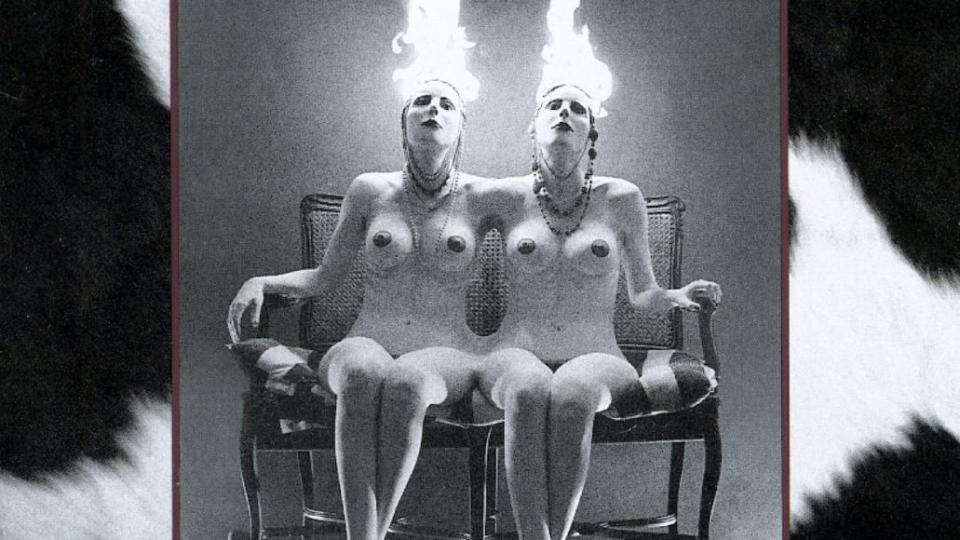
With 1988’s Nothing’s Shocking, Jane’s Addiction helped lay the foundation for what would eventually become the alternative rock revolution of the ‘90s. Equal parts heavy and ethereal, it’s fitting that the album contains song titles like “Up the Beach” and “Ocean Size,” as the tracks play like waves crashing into the sea. Perry Farrell’s celestial voice, along with the dynamic playing of guitarist Dave Navarro, bassist Eric Avery and drummer Stephen Perkins, makes Nothing’s Shocking a truly unique album.
Combining the power of Led Zeppelin with the art-rock of The Velvet Underground on tracks like the explosive “Mountain Song” with its magnificent bass line, or the acoustic “Jane’s Says” with its heart-wrenching lyrics, Nothing’s Shocking represents a defining moment in what was soon to be a seismic shift in rock music. — Spencer Kaufman
99. Kamasi Washington – Heaven and Earth

In 2015, saxophonist Kamasi Washington announced his arrival to mainstream audiences on Kendrick Lamar’s To Pimp a Butterfly. Only months later, he cemented his place at the front of jazz’s vanguard only months later with his equally expansive major label debut, The Epic, largely developed with his compatriots in Los Angeles’ West Coast Get Down jazz collective. But it was the follow-up, 2018’s Heaven & Earth, that more accurately reflects the heights he can reach from his ascended headspace.
Heaven & Earth evokes the grand scale of its title with an all-encompassing view of the past, present, and future of this world and beyond. Whether Washington is resurrecting the past with his take on Freddie Hubbard’s “Hub-Tones,” refurbishing the theme from the Bruce Lee film Fists of Fury with a modern context, or pushing jazz in a completely new direction on the dark groove jam “Street Fighter Mas,” he is constantly in conversation with a higher power; the divinity just varies from the Almighty to his all-star group of musician friends.
In regards to the growing presence of spirituality in his music, Consequence’s A-grade review asserted that “if more churches played songs like ‘Journey’ and ‘Will You Sing’ on Sundays, those sanctuaries might be standing room only.” — Bryan Kress
98. Lucinda Williams – Car Wheels on a Gravel Road
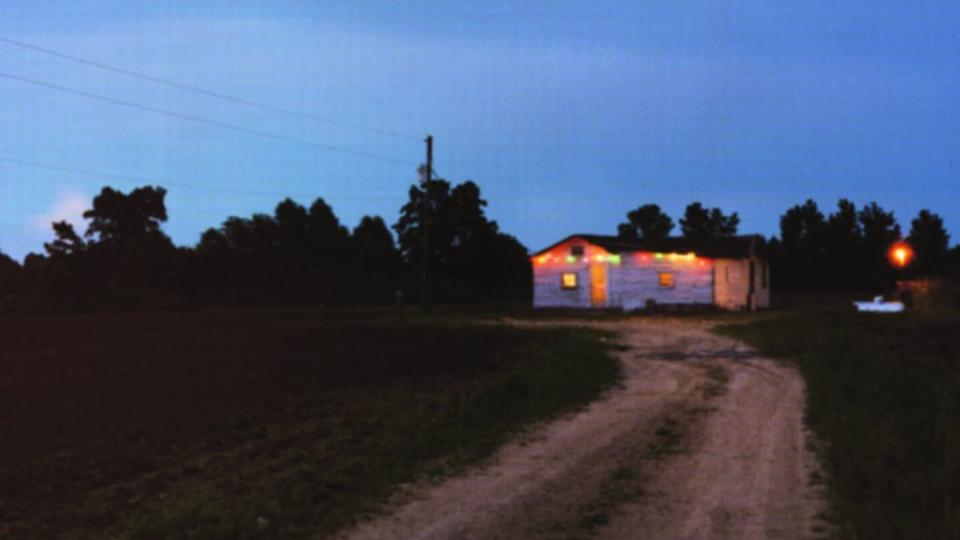
There have been no shortage of Lucinda Williams imitators over the years — artists hoping to nick even an ounce of her grit, grace, and gumption and make it their own. But there is only one Lucinda Williams, and on her 1998 Grammy-winning masterpiece Car Wheels on a Gravel Road, she demonstrates why she’s an unrivaled talent.
The Lake Charles, Louisiana native has a sprawling discography, kicking off in 1979 with Ramblin’ on My Mind and most recently with the acerbic Good Souls Better Angels, which makes selecting just one of her albums as the “best” a bit of a fool’s errand. However, Car Wheels on a Gravel Road stands out as a hallmark of hard-worn Americana, a Southern swirl of country, blues, folk, and rock ‘n’ roll.
It’s a riff-laden record with a laundry list of lyrics tailor-made for tattooing on your body, doubling as a roadmap to the soul of a complicated nation. Across 13 tracks, from the sexy “2 Kool 2 Be 4-Gotten” to the middle-fingers-up kiss-off of “Joy,” you learn a few things about the record’s central narrator, but there’s one lesson that stands out in particular: You don’t fuck with Lucinda Williams. If Williams is Americana’s poet laureate, Car Wheels on a Gravel Road is a high watermark of the form. — Spencer Dukoff
97. Fugazi – Repeater
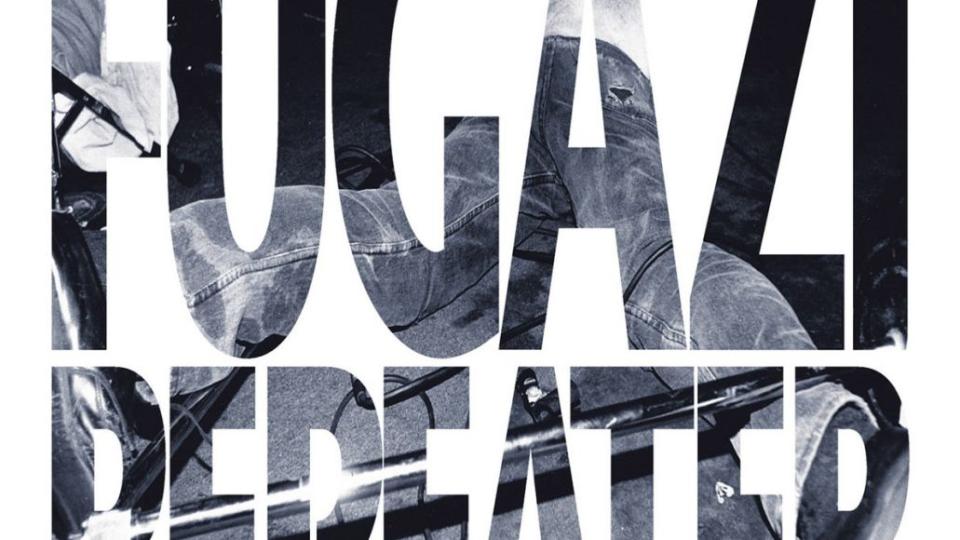
While Repeater is considered Fugazi’s full-length debut, it had the daunting task of following the band’s legendary first two EPs (compiled together as 13 Songs). With Repeater, though, the D.C. band not only raised their own bar, but blew the entire hardcore punk genre wide open.
With a nod to the precision of post-punkers Gang of Four, Repeater is evidence of a band playing without restrictions. Fugazi never had to answer to suits when it came to the music they recorded, thanks to their entire discography being released via singer-guitarist Ian MacKaye’s own Dischord Records. Their chemistry is obvious, with MacKaye and Guy Picciotto trading vocals over dissonant chords, and bassist Joe Lally and drummer Brendan Canty providing a steady backbone. Those facts together affirm that the commercial success of Repeater is a byproduct of the artists themselves, not a label’s cash-grabby plan.
Featuring powerhouse anthems like “Turnover” and “Blueprint,” as well as standout cuts like the title track and “Sieve-Fisted Find,” Repeater is a seminal work by the ultimate DIY band. — S.K.
96. N.W.A. – Straight Outta Compton
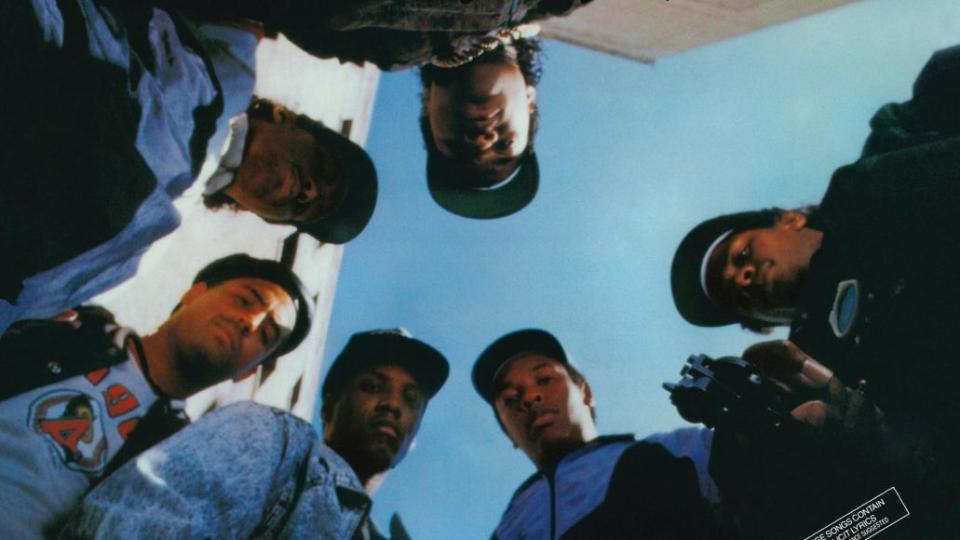
Although they owe Schoolly D and the Park Side Killas some credit for pioneering gangsta rap, N.W.A. can proudly say that they brought this style of uber-catchy, ultra-violent hip-hop to the mainstream. Released in 1988, Straight Outta Compton featured what would eventually become some of the genre’s biggest names — Ice Cube, Eazy-E, Dr. Dre, and MC Ren — spinning tales of life in one of LA’s roughest neighborhoods over minimalist beats and scratching provided by DJ Yella and Arabian Prince.
Cuts like “Fuck Tha Police” and the title track came to epitomize the West Coast sound, and paved a road that led to rap music infiltrating every household in America. Even if you were from the most tranquil corners of suburbia, you tensed up, clenched your fists, and pretended you were ready for a fight when you listened to Ice Cube open the record by declaring, “When I’m called off/ I get a sawed off/ Squeeze the trigger/ And bodies are hauled off.” N.W.A. made you feel hard, even though you still had to turn the volume down when your mom was home. — Ray Roa (2010)
95. System of a Down – Toxicity
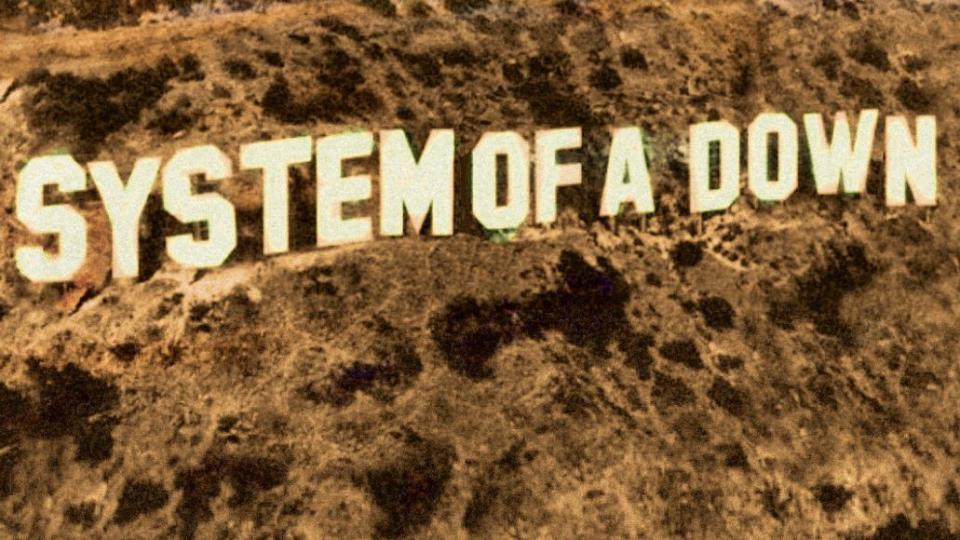
After making a name for themselves with their self-titled debut, System of a Down reached new heights with their sophomore album, 2001’s Toxicity. Melodic, chaotic, and downright hypnotic, the album expanded the boundaries of heavy music. The frenetic “Chop Suey!” became one of the most bizarre hits of all-time on rock radio (even with Clear Channel temporarily removing it from airwaves after the September 11 attacks), while songs like the crushing title track and the haunting “Aerials” also served to propel the album to multi-platinum status.
Sounding like no other band before them, Serj Tankian’s operatic vocals soar over Daron Malakian’s complex musical compositions, with Shavo Odadjian and John Dolmayan forming a relentless rhythm section. All told, Toxicity stands as one of the finest works of heavy music in the 21st century, if not all time. — S.K.
94. Wilco – Yankee Hotel Foxtrot

There is an alternate universe that exists where Wilco never releases Yankee Hotel Foxtrot, an album that would not only secure the band’s place in rock history, but would fundamentally alter the landscape of the music industry at the turn of the new millennium. Yes, this record is awash in mythology and backstory, best encapsulated in Sam Jones’ I Am Trying to Break Your Heart, which just so happens to be one of the best music documentaries of all-time.
But YHF endures as a classic over 20 years later less because of that lore and more because it’s a collection of songs that’s so damn strong. Jeff Tweedy channels all his anxiety and self-consciousness into songs like “Ashes of American Flags” and “I Am Trying to Break Your Heart,” complementing those heavier tracks with the warm nostalgia of “Heavy Metal Drummer” and heart-on-your-sleeve romance of “Reservations,” which features a lyric that’s devastatingly direct: “I’ve got reservations about so many things, but not about you.”
The genius of Yankee Hotel Foxtrot is the decision to add layers of feedback and field recordings and noise and distortion on top of Tweedy’s folk and country and indie rock songs, leaning into the experimental to such an extent that the record dispatched the “alt-country” label that had dogged the band since its founding. From start to finish, Yankee Hotel Foxtrot mesmerizes and beguiles, and somehow manages to sound like both falling in love and the end of the world. It’s untouchable. — S.D.
93. TLC – CrazySexyCool
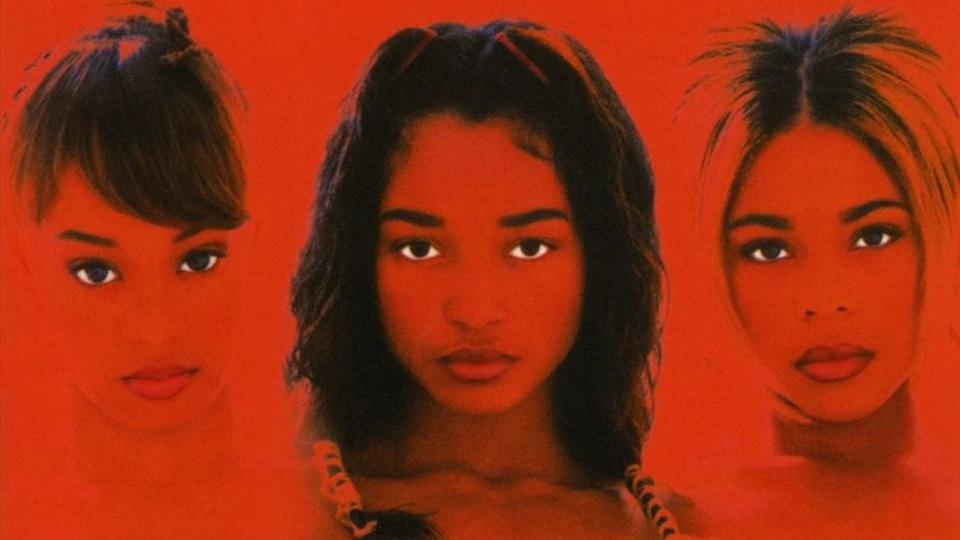
With new jack swing falling out of favor by the mid-’90s and Lisa “Left-Eye” Lopez dealing with personal struggles that kept her away from the group for extended periods, TLC found ways to mature their sound on their sophomore album. Reuniting with Babyface, Jermain Dupri, and Dallas Austin while adding contributions from Sean “Puffy” Combs, Organized Noize, and Chucky Thompson, they bumped up the hip-hop and soul vibes to utter R&B perfection on CrazySexyCool.
At the same time, they helped spur a sex positivity movement that still evolves today by tackling romance from numerous angles: the tryst of “Creep,” the sweetness of “Diggin’ on You,” the XXX of “Red Light Special.” In between, they delivered one of the most enduring cautionary tales of all time in “Waterfalls.” CrazySexyCool was the R&B album of the decade. Today, it stands as a testament to confident womanhood, a statement sealed in the record books as the best-selling album by an American girl group ever and the first to reach Diamond status. — B. Kaye
92. The Replacements – Let It Be
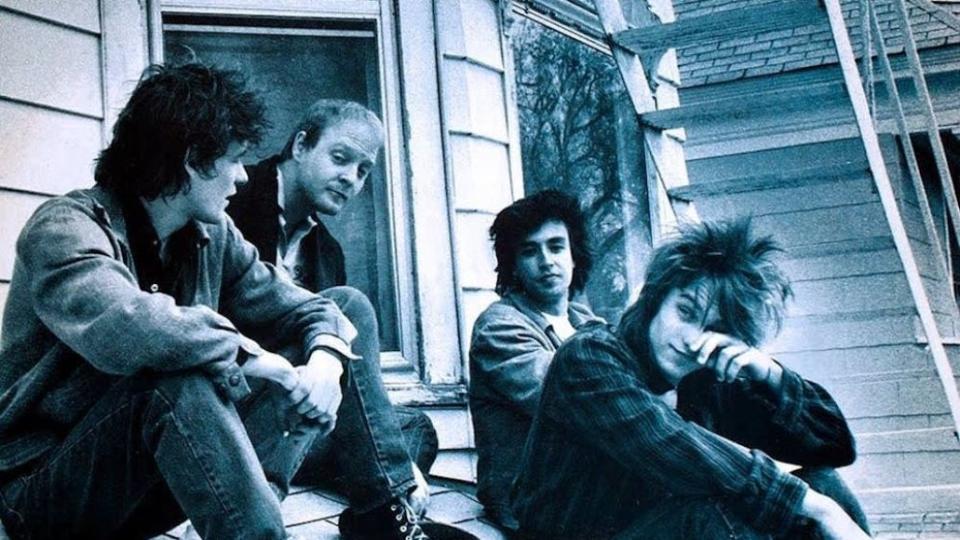
Who would have thought four twenty-somethings from Minneapolis could produce something so timeless, so vital, and so vivid? Back in 1984, when The Replacements dished out their magnum opus, Let It Be, nobody did. While all eyes were on Prince at the time, Paul Westerberg, Tommy Stinson, Chris Mars, and Bob Stinson were creating pure, unadulterated rock and roll. With his heart on his sleeve, Westerberg poured his love, his loss, and his inhibitions into each and every lyric, note, chord, and yelp.
On “Androgynous,” the first hit of the piano strikes your nerves, tugging at your eyes, and by the time Westerberg sings, “Future outcasts, they don’t last,” you’re right there beside him — in the dusty bar, within the late hours of a week night, and with nobody to hold onto but the music. That’s everything The Replacements were meant to be; here they do that in every note, over 11 tracks, and for 33 minutes and 31 seconds. It’s not an album, it’s a life preserver. — Michael Roffman (2010)
91. The Who – Who’s Next?
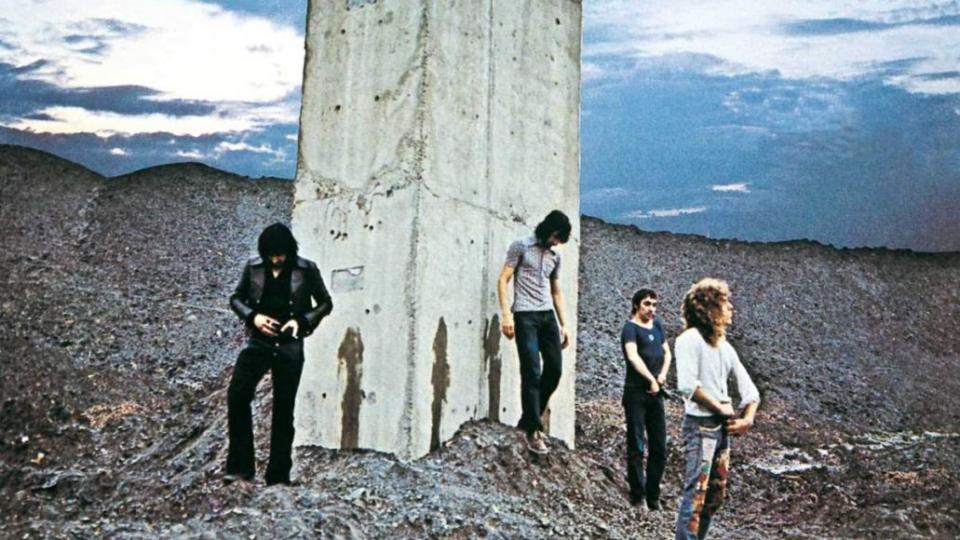
Out of all the legendary albums on this list, I doubt many of them had their origins as an abandoned rock opera. Many arrangements and scraps of Pete Townshend’s abandoned Lifehouse project became the basis for Who’s Next, an album that has no underlying theme or storyline. This sense of freedom allowed The Who to focus on making great individual songs rather than an overarching story.
The result is The Who growing up in public. The songs combine the hard-hitting energy of the band in their youth with the more experimental elements explored on Tommy. The most noticeable improvement is Roger Daltrey’s voice, reaching heights that were only hinted at in the past. Keith Moon’s drum solo followed by Daltrey’s scream at the end of “Won’t Get Fooled Again” remains as one of rock’s greatest moments.
While everyone knows about the singles, from the opening keyboard of “Baba O’Riley” to the building acoustics of “Behind Blue Eyes,” every song on this record is a potential hit. Listen to the explosive chorus of “Bargain.” Check out a rare lead vocal from bassist John Entwistle on “My Wife.” With tracks like these, it’s easy to see why Who’s Next moved The Who from a great band of the ’60s to a rock superpower in the ’70s. — Joe Marvilli (2010)
90. Alanis Morissette – Jagged Little Pill
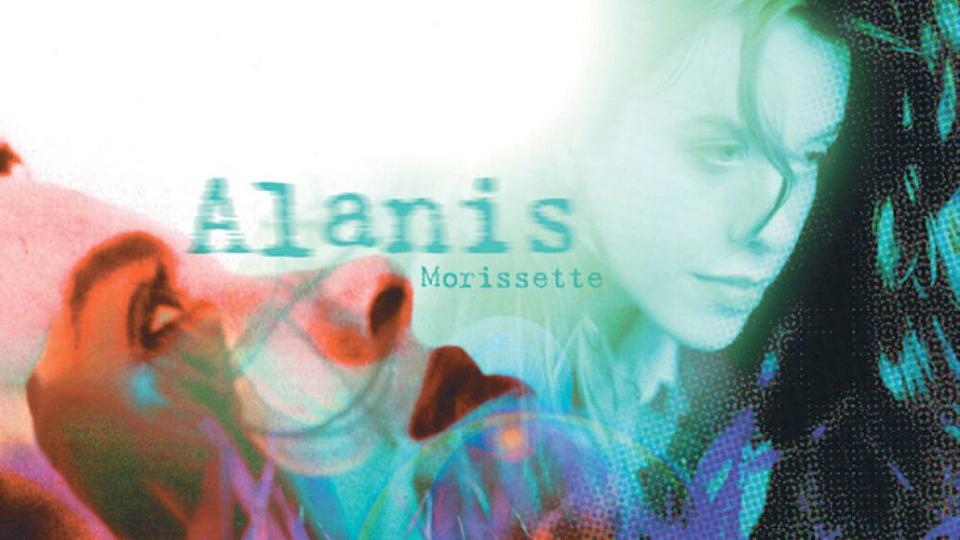
The very first seconds of Alanis Morissette’s breakout record feature a blend of electric guitar and harmonica, signaling right from the beginning that a new voice in alt-rock had something to say. And an entire generation was listening: If you were young, female, and alive in the 1990s, there’s a strong chance you didn’t just own this album, but had it memorized from beginning to end, as Morisette’s incredible vocals and Glen Ballard’s stellar production work combine to scream about the anger and confusion that comes with being alive.
Decades before Taylor Swift got lyrically mad at Jake Gyllenhaal over a scarf, Alanis was reminding her ex about the mess that he left when he went away, but Jagged Little Pill isn’t just about rage: “Hand in My Pocket” actually delivers a somewhat optimistic message of literally “everything’s gonna be fine fine fine,” and while “Ironic” ironically failed to use the word properly, it still managed to talk about bleak scenarios in a “well, everyone’s been there” way.
It’s an album packed with difficult-to-unpack emotions, and one which helped at least one teenage girl, listening to it on repeat, feel a little less alone. — Liz Shannon Miller
89. Green Day – Dookie
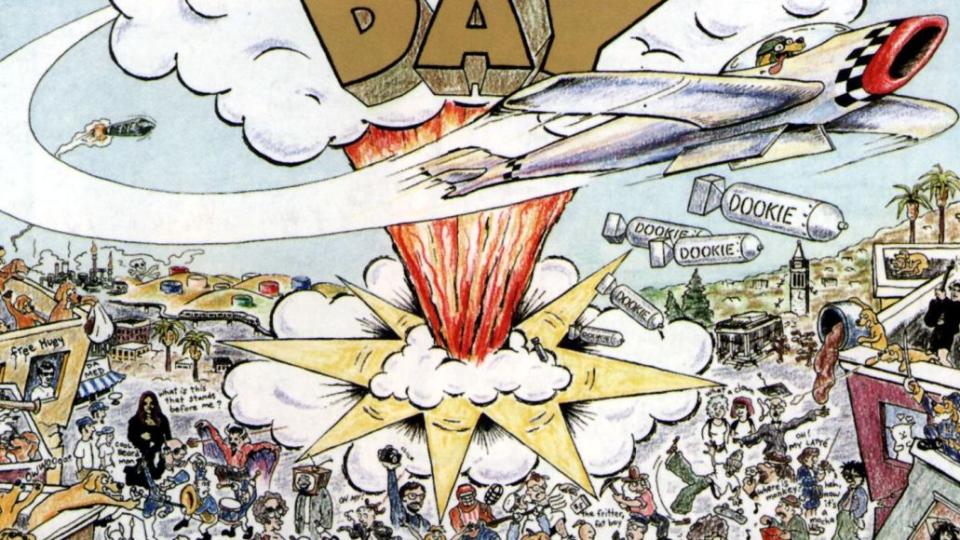
Green Day broke into the mainstream with Dookie, perfectly timed to arrive hot on the Doc Martens-clad heels of the grunge scene. The California-based band fronted by Billie Joe Armstrong and rounded out by bassist Mike Dirnt and drummer Tre Cool found success by fusing the anti-establishment nature of its punk rock roots with a grunge appearance, backed by catchy pop melodies and hooks. Exploring everything from panic attacks to masturbation to bisexuality, the lyrics struck a chord with fans of all ages and positioned Green Day as the modern punk band for the masses.
Released in 1994, the band’s third and best-selling album found commercial success, reaching No. 2 on the Billboard 200 chart and scoring a Grammy for Best Alternative Music Album. The band was accused of “selling out” by previous followers of the underground punk scene, but Dookie found a way to reinvigorate interest in the original punk legends by serving as an entry-level record and giving a voice to rebellious teens who didn’t actually have a lot to rebel against in the relatively placid mid-1990s. — Kelly Quintanilla (2010)
88. Alice Coltrane – Journey in Satchidananda
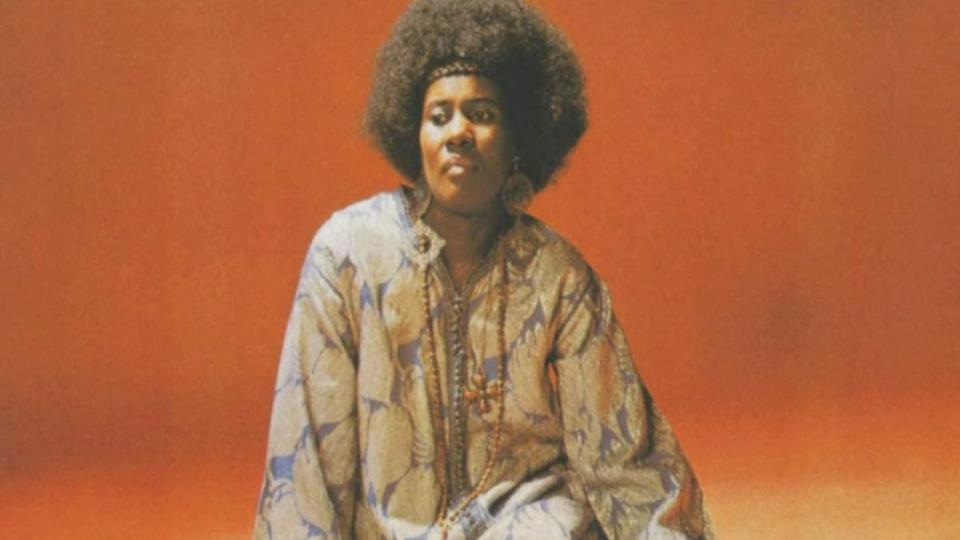
Try as one might, it’s all but impossible to discuss Alice Coltrane without bringing up her late husband. Although John Coltrane had an undeniable influence on her and her work, she was already an accomplished artist long before they met and fell in love. As Coltrane once said, “John not only taught me to explore, but to play thoroughly and completely.”
Though not the first album Coltrane released as a solo artist following her husband’s death, Journey in Satchidananda is arguably her most venerated one. It’s a work informed by spirituality that feels both ethereal and raw, taking you through the soft poetic majesty of clouds via Coltrane’s harp and piano, and the fine grit of earth via Pharoah Sanders’ soprano saxophone.
Some elements, like the droning tanpura and Coltrane’s crystalline harp on the opening title track, stand out prominently. Others, like Rashied Ali’s drums and Cecil McBee’s bass, are subtler. Coltrane was by no means the first Western jazz artist to bring Eastern sounds into her fold, but these pieces never feel as though they’re calling attention to their contrasts. As with all accomplished ensemble works, each part shines individually and cohesively.
Just listen to the conversational interplay between the piano and bass on “Stopover Bombay” or how Vishnu Wood’s frantic strumming of the oud mixes with Sanders’ cosmic sax on live closer “Isis and Osiris.” The pieces all fit together, yet much of its greatness lies in how they refuse to congeal, with Coltrane and her collaborators embracing generosity while maintaining autonomy. Journey in Satchidananda is an otherworldly album that never feels like it’s too far outside our realm. — Mimi Kenny
87. Slayer – Reign in Blood
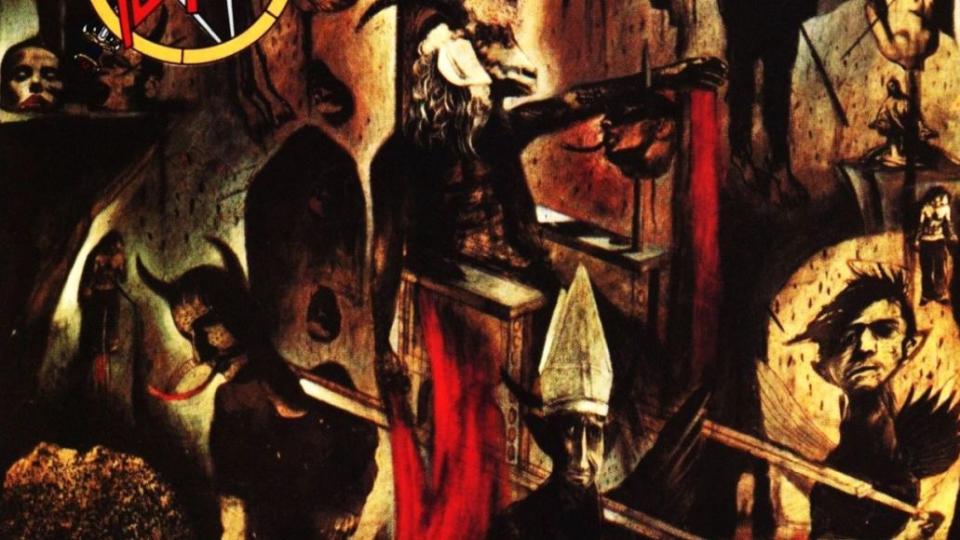
While other ’80s thrash metal bands began to expand their sound with technical and progressive flourishes, Slayer sought to distill it to its essence. Released in 1986, Reign in Blood was lean and mean: Only two of its 10 tracks break the three-minute mark — a testament to the precision and speed at which they were played.
With producer and dedicated metalhead Rick Rubin behind the boards, the somewhat frail sound of the band’s early ’80s work was gone, presenting the pouding double kick of drummer Dave Lombardo and the twin guitar attack of Jeff Hanneman and Kerry King in pure hi-fi (sans the reverbs and effects that date many metal albums of the era).
From Tom Araya’s ear-piercing shriek that kicks off “Angel of Death” to the final drops of “Raining Blood,” Slayer keep an unrelenting pace that turns into a nightmarish blur. Sinister subject matter, such as the former song’s lyrical musings on Nazi physician Josef Mengele and other gory topics, only add to the atmosphere of evil that exudes from Reign in Blood once you drop the needle.
Hanneman’s trademark atonal riffs beget the spastic, improvisational guitar solos of Kerry King, conjuring a sense of chaos and morbidity. A credit to Rubin’s raw production, the album sounds brutally intense to this day, unmarred by time — a sacred artifact of extreme metal in its earliest form. — Jon Hadusek
86. Pearl Jam – Ten
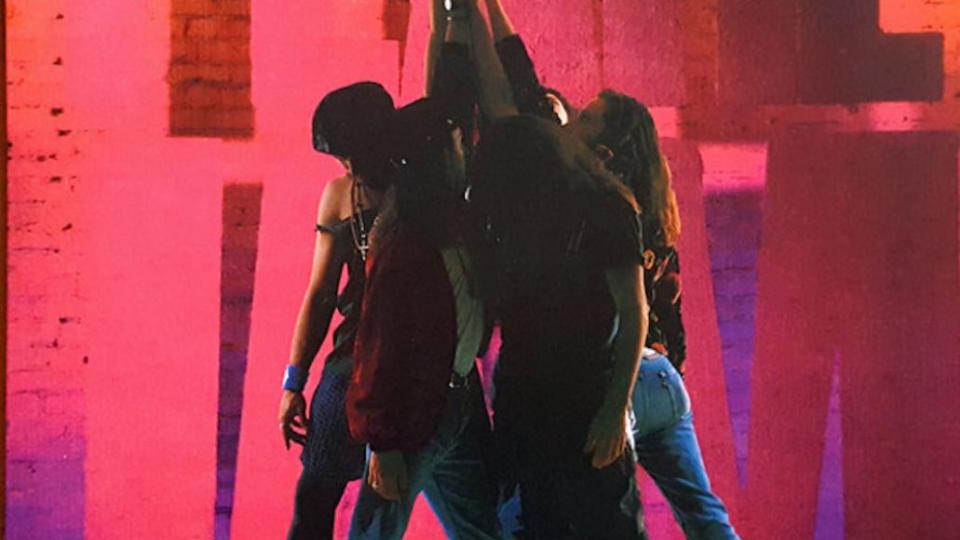
Labeled by grunge godfather Kurt Cobain as a “commercial sellout” effort, Ten ended up as the launching pad for ‘90s alternative rock. Arising from the ashes of the tragically short-lived Mother Love Bone, guitarist Stone Gossard and bassist Jeff Ament added classic rock textures to the Seattle sound with the help of guitarist Mike McCready (and a handful of temporary drummers, including Matt Cameron). Their five-track Stone Gossard Demos ‘91 would eventually grow into Ten – they just needed someone to put voice to their compositions.
Enter Eddie Vedder. The frontman’s emotive growls and howls (“Why Go,” “Black”) and earnestly heartbreaking lyricism (“Jeremy,” “Release”) mirror the ferocity of the music, multiplying its power. Combining that distinctly passionate vocal presence with the catchy riffs and soaring solos of Gossard and Ament’s songwriting established a fresh standard for what rock meant in the new decade. It had all the angst and darkness that grunge was known for – both in its lyrics and its heavy sound – but with stadium-ready expansiveness and a vocalist destined for icon status.
Pearl Jam themselves have rarely matched the intensity of their debut, let alone most rock in the three decades since. — B. Kaye
85. Tupac – All Eyez on Me
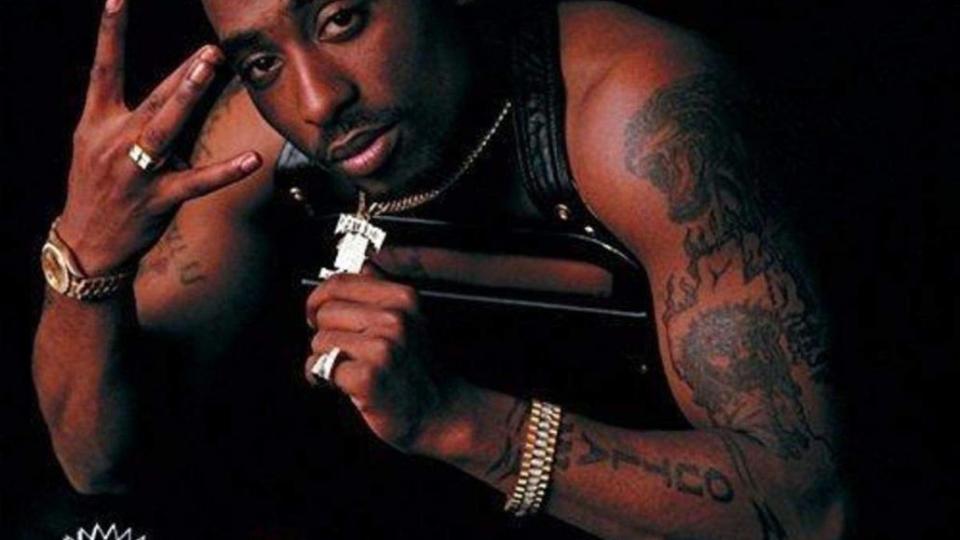
From the social commentary of the still-relevant “Brenda’s Got a Baby” to the unbridled rage of “Hit ‘Em Up” and everything in between, Tupac’s range as a rapper remains unparalleled. While hitting the studio for All Eyez on Me, however, Pac unleashed all his pent-up frustrations into creating a larger-than-life gangsta rap persona after being freed from Rikers Island by his new Death Row boss Suge Knight.
Nobody was going to rep the West Coast harder than he was, as demonstrated by the unadulterated aggression of “Ambitionz Az a Ridah” and collaborations with labelmates Dr. Dre (“California Love”) and Snoop Dogg (“2 of Amerikaz Most Wanted”). However, the double album also afforded Pac ample room for club hits like “How Do U Want It” and the introspection of “I Ain’t Mad at Cha” — not to mention showcases for his group The Outlawz like “Thug Passion.”
The production of Dre, DJ Pooh, DJ Quik, and Johnny J round out All Eyez on Me by finally offering Pac a soundtrack that could fully match his talents. Though the 27-song, 133-minute ode to the gangsta lifestyle isn’t without its warts, Pac’s burning passion elevates the album to another level. A masterpiece need not be perfect in order to stand the test of time, and All Eyez on Me has done exactly that. — Eddie Fu
84. Smashing Pumpkins – Mellon Collie and the Infinite Sadness
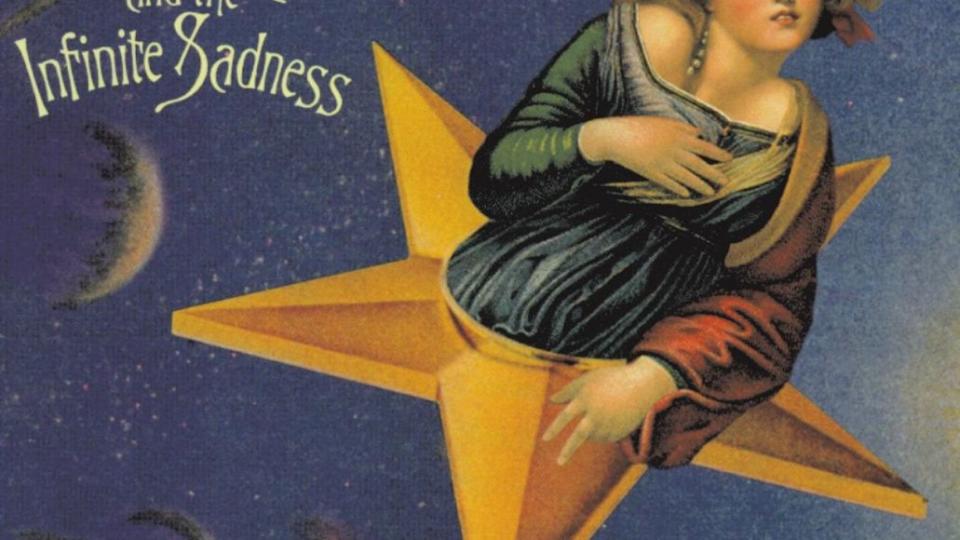
With due respect to “1979,” which exudes a nostalgic stardust felt deeply by much of Generation X, it’s maybe the dozenth best song on Mellon Collie and the Infinite Sadness. Firmly in the mold of The Wall or the White Album (hello, “Farewell and Goodnight”), the Smashing Pumpkins’ third album represented their unquestionable apogee before a drug– and ego-induced flameout (although Adore and Machina have their apologists).
The point of the Pumpkins all along had been the representation of the whole of femininity and masculinity, of a gossamer whimsicality into aggro brutality — and much like the Beatles’ famous double album, Mellon Collie contains virtually the entire spectrum of the human experience in its 28 tracks. Even the infamously muffled mastering job can’t smother its beauty: Has another album sounded quieter the more you turn up the volume?
From the bittersweet fireworks of “Here is No Why” to the hangdog and punchy “To Forgive,” or the sad, loping “Thirty-Three” and the snarling, animalistic meltdown of “X.Y.U.,” Mellon Collie boasts everything this once-a-generation rock band could do — and those are just the deep cuts. If you’re just here for a little throwback time a la ”Homerpalooza,” the hits more than hold up: We all remember the first time we heard that scream in “Bullet with Butterfly Wings.”
Best of all? The tracklisting doesn’t even cover everything that happened during those sessions; seek out the boxed set The Aeroplane Flies High if you want even more magic — a unique strain that only these four people could conjure. — Morgan Enos
83. Pretenders – Pretenders
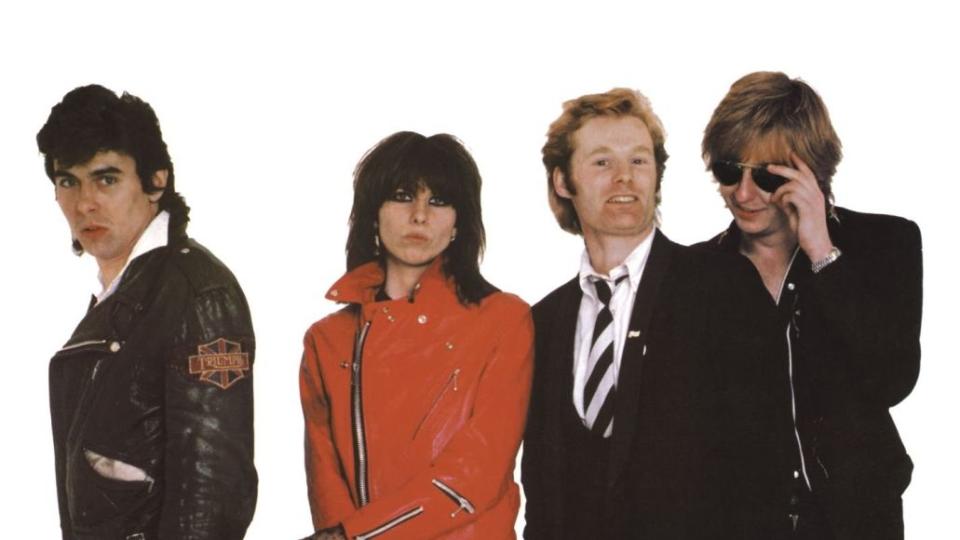
Chrissie Hynde, an American expat living in London, had been trying to find her place, both in the music industry and in the world. But impressive demos led to her being positioned as a star in the making. Just four days before the ‘70s would end for good, Hynde and the Pretenders released their self-titled debut. Curious scheduling aside, it was an album too impressive to get lost in the post-holiday shuffle. And sure enough, the band was packing clubs soon after.
Profiling Hynde and co. for Rolling Stone in 1980, Kurt Loder described Pretenders as “subtly startling.” That’s apt for an album that seems to wear the trappings of punk (straightforward album artwork, fuzzy riffs) but soon reveals just how much more it has going for it, both artistically and emotionally. Even in a crowded field, there’s something about the first few bars of opener “Precious” that tells us something special is going on here.
Although those riffs and fills could be replicated with enough practice, there’s no copying Hynde and the feeling she conveys. Expressing triumph, rage, tenderness, fear, and more, Hynde puts you inside her head, recalling painful memories and detailing incredible narratives as if she’s made an ad hoc audiobook. You might know “Brass in Pocket” best, but Pretenders is, from beginning to end, a genuine masterpiece. — M.K.
82. Peter Gabriel – So
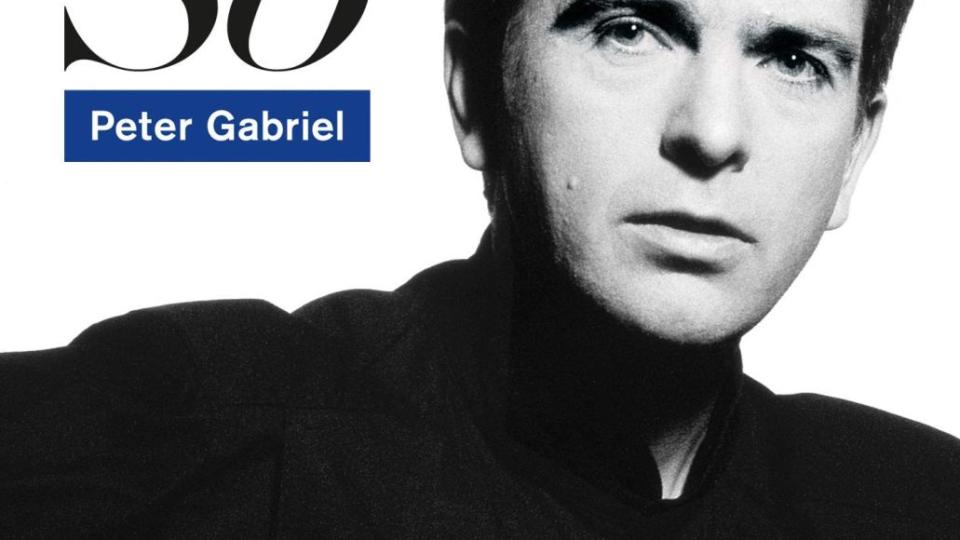
Peter Gabriel’s two releases before So, both called Peter Gabriel, were landmark prog rock albums. On those efforts, Gabriel used the latest recording hardware to compose with sampled sounds as well as music and rhythms from cultures that had never before been integrated into Western music. Gabriel was breaking breathtaking new ground, and with So, he brought his sonic discoveries to the mainstream.
So is a landmark pop album that overwhelms listeners with emotional and rhythmic songs drawing from the heart of the human spirit. Case in point, the No. 1 song to play outside someone’s window, “In Your Eyes”: Gabriel’s voice and lyrics are raw and passionate with simple but overwhelmingly powerful imagery. African rhythms keep the song alive and away from the sappy path so many love songs tread, and the soaring vocals of Senegalese singer Youssou N’Dour transcend language with pure celebration.
This theme of emotional, boundary-breaking, human communication permeates all of Gabriel’s works, but is strongest in So, where it continues to touch the most people. When Gabriel screams “only love can make love” in “That Voice Again,” even the most cynical listener can’t help but feel some tingle of truth.
Tracks like “Red Rain,” “Mercy Street,” and “Don’t Give Up” (a duet with Kate Bush) operate on the opposite end of the spectrum, discussing vulnerability, weakness, and the chance to carry on. So even accommodates a couple avant garde tracks such as the unnerving “We Do What We’re Told (Milgram’s 37)” and the moody “This is the Picture (Excellent Birds),” which was written and performed with Laurie Anderson.
And of course, everybody knows “Sledgehammer” and its outstanding music video. No heady concept there, just pure fun and a brilliant re-envisioning of Motown soul. Depending on your state of mind going into listening to it, So will either leave you charged or worn-out. Either way, it’s a good feeling. — Cat Blackard (2010)
81. Adele – 21

The term “cultural reset” became overused at a certain point, but if it applies anywhere in this conversation, it’s to Adele’s 21. Despite the singer’s existing achievements prior to the album’s release, the world-dominating success of 21 was something of a surprise; it was as rare then as it would be now for an emotional, sometimes dark, bluesy, melancholy album to not just do well on the charts, but remain the best-selling album for two consecutive years. The LP is credited with helping revitalize physical sales for an industry that was shifting to streaming; topping sales charts in more than 30 countries, it’s clear that 21 was something we all needed to hold in our hands.
The album is bookended with what can now be considered two of the century’s most recognizable songs: “Rolling in the Deep” and “Someone Like You.” Two extremes, production-wise, but what they have in common, vitally, is that Adele’s incredible voice is front and center. Add in the sharp “Rumour Has It,” the cathartic “Set Fire to the Rain,” and the piercing “Turning Tables,” and Adele proved herself as a songwriter strong enough to match her undeniable vocals. The songs immortalized in 21 are so present, so urgent and human, because Adele Adkins cracked her heart open and shared everything with us.
The album is haunted, both by the ghosts of a failed love and by memories that seem to disappear as soon as they appear. Despite the personal details peppered throughout 21, it’s a heartbreak album that has the capacity to be universally understood. — Mary Siroky
80. Erykah Badu – Baduizm
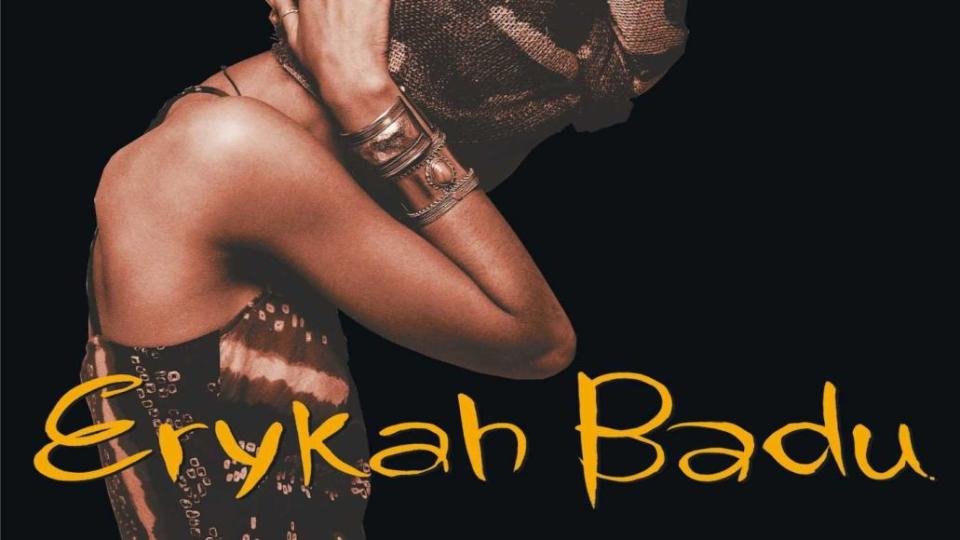
The title of Erykah Badu’s impeccable debut album sounds as though she’s trying to start a movement. And in a way, she was. Speaking to MTV News, Badu specified that “Baduizm was designed to get you high.” Not a passing, artificial buzz, but an all-encompassing journey of mind and self that we likely could never begin to imagine, and “not a religion…an experience.”
That might seem rather hyperbolic for a collection of songs from an artist who was just releasing her first album. But Badu doesn’t promise paradise or divine truth, just “an experience.” And Baduizm is an intoxicating one. One of, if not the most, revered albums in the neo-soul subgenre, it’s undeniably indicative of its era while still feeling fresh. From the shivering rattle of Questlove’s drums on the melodramatic “Other Side of the Game” to the strutting bass on the defiant “Certainly,” the sounds and Badu support each other beautifully.
Support is also offered to the listener. Badu is too good of a writer to spoon-feed her message; her struggles and how she relates them are so very understandable without falling into empty, generic platitudes. Not all the feelings are sorted out by the end of it, but Baduizm makes the case that the journey to answers to life’s biggest questions is just as important as the answers themselves. — M.K.
79. The Police – Synchronicity
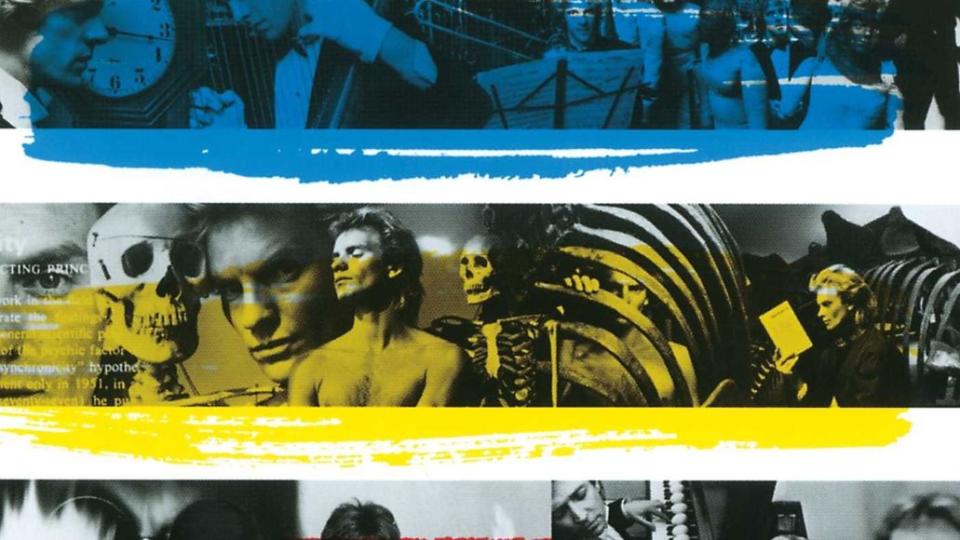
For any group wondering how to make an exit, look no further than Synchronicity. The Police’s final group album dropped in 1983 and, in a way, ushered in the sound of the decade. The album’s heavy reliance on synth showed the world the future, as the group created music truly as big as their reputations. “Every Breath You Take.” “Wrapped Around Your Finger.” “King of Pain.” “Synchronicity II.” Those are songs made for stadiums that foreshadowed Sting’s future.
Rather than just sticking to their playbook of reggae, jazz, and punk, Synchronicity finds the group creating their own path and telling everyone else to come along if they can. It’s a bold move for the biggest band in the world to not only end their run while on top of the mountain, but to change everything people knew about them in the process.
The only reason it worked is because the music was, and still is, undeniable. It’s funny how a group that started as part of Britain’s new wave and punk scene became synonymous with pop music. The lyrics aren’t more accessible than normal, the topics aren’t lighter (check out “Every Breath…”), and the production isn’t less complicated. Yet, somehow, Synchronicity just sounds like it was made for MTV.
Sting’s vocals show more depth here as well, almost like he was warming up for his solo career. This wasn’t planned as the group’s last album, but the frontman – along with a host of other life factors that got in the way of group harmony – made it so. In Sting’s mind, this album was their pinnacle and there was no way to ever top it. Not for nothing, but he was right. — Marcus Shorter
78. Billy Joel – The Stranger
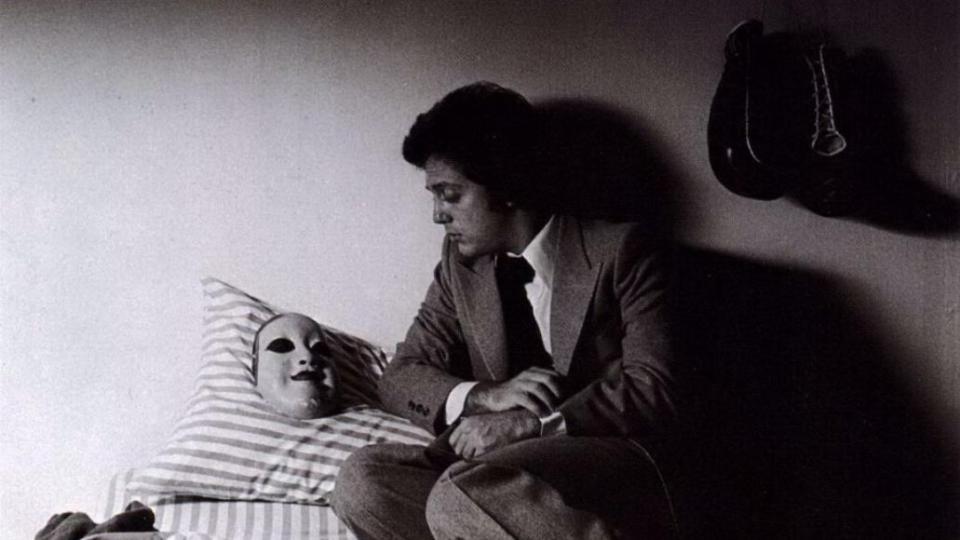
With a fair amount of frequency, you can find an artist’s defining song on their best album. But that’s not the case for the “Piano Man,” Billy Joel. That track came on his sophomore LP, which he followed up with a pair of records that so underperformed, Columbia threatened to drop him. Perhaps that danger gave Joel a “nothing less to lose” attitude; he was so adamant that his new touring band record with him on his next album that when his first choice for producer, George Martin, wanted to use studio musicians, Joel turned him down.
And that turned out to be the right move. Joined by producer Phil Ramone, Joel and his band put together The Stranger, which stands as the best collection of tracks in the hitmaker’s career. “Scenes from an Italian Restaurant” has become as signature as “Piano Man,” despite never being released as a single. “Just the Way You Are” took home Record and Song of the Year Grammys, “Movin’ Out (Anthony’s Song)” is a certified classic of American dream rebellion, and “Only the Good Die Young” remains as rife for yearbook send-off quotes as it did when Christian groups demanded it be banned from the radio.
There may not be a more divisive pop icon in music, but I challenge you to listen to “Vienna” or “She’s Always a Woman” and say Joel wasn’t at the height of his powers on The Stranger. — B. Kaye
77. JAY-Z – The Black Album
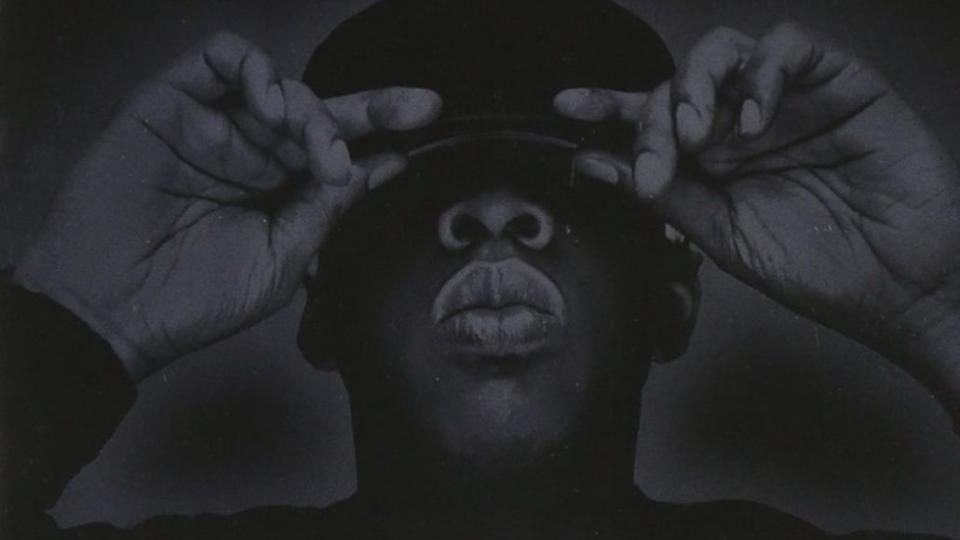
Stop us if you’ve heard this before: JAY-Z was retiring. Hip-hop devotees know Shawn Carter’s had always had an exit in mind since his first album in 1996. But like he says on 2003’s The Black Album, the allure of the game was too much to ignore.
For most of the seven years between ‘96-’03, he was one of the genre’s dominant figures. Even on his “last” album, that competitive hunger is still palpable. “PSA,” “What More Can I Say,” “Threats,” and “99 Problems” showcase his fine-tuned lyrical prowess. “December 4th” and “Moment of Clarity” provide personal and professional insights (“Truthfully I want to rhyme like Common Sense/ but I did 5 Mil, I ain’t been rhyming like Common since”), while “Change Clothes” and “Dirt Off Your Shoulder” illustrate an evolution in making hit records.
“Change Clothes” isn’t a song Jay could make in ‘98 or ‘99. The content alone shows how much he grew personally from the days of “Big Pimpin.” Despite whispers of shallowness at the time, those who truly listened charted Jay’s changes through his career, with The Black Album standing as the pinnacle of that metamorphosis. Sure, we got more albums since and we’ll probably get one more by the time you finish reading this. But in 2003, when a younger crop of rappers led by 50 Cent was making waves and Jay was fulfilling his contractual obligations to Def Jam while finishing his career narrative, it truly was the perfect time to say goodbye. — M. Shorter
76. The Smiths – The Queen Is Dead
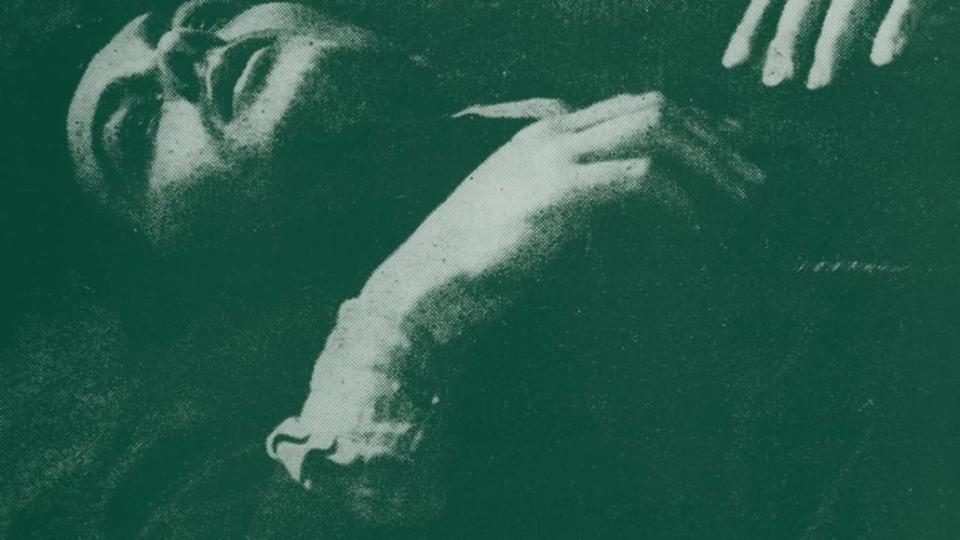
If you weren’t already aware, Morrissey invented being sad. Okay, not really. But the man born Steven Patrick Morrissey and his ragtag gang of working-class men from the gloomiest and greyest parts of Manchester called The Smiths long cultivated such a specific brand of being sad and lonely with their music that it’s almost impossible to remember that sorrow existed before The Queen Is Dead.
The combination of Morrissey’s wry and witty lyrics about love (and also the eternal absence of it), the feeling of an unending loneliness but the lack of want to ever rectify it, and Johnny Marr’s signature guitar playing makes this record an enduring classic. The songwriting, ever melodic with Morrissey’s instantly recognizable baritone voice, is clever and dark and mournful and self-deprecating — something that all post-Morrissey lyricists have tried and failed to emulate.
Moz calls out the band’s critics in “The Boy with the Thorn in His Side” and “Cemetry Gates,” while “Never Had No One Ever” and “I Know It’s Over” are nihilistic odes to perpetual loneliness. Then, of course, comes the album’s crown jewel: “There Is a Light That Never Goes Out,” where Morrissey dares experiment with a rare optimistic approach to love — but which, inevitably, still ends in death.
Still, it is the ultimate romantic anthem: “And if a double-decker bus/ Crashes into us/ To die by your side/ Is such a heavenly way to die.” Don’t we all dream of a love so all-encompassing that we’d rather be hit by a bus instead of continuing to live without them? Maybe. — Cady Siregar
75. Janelle Monáe – Dirty Computer
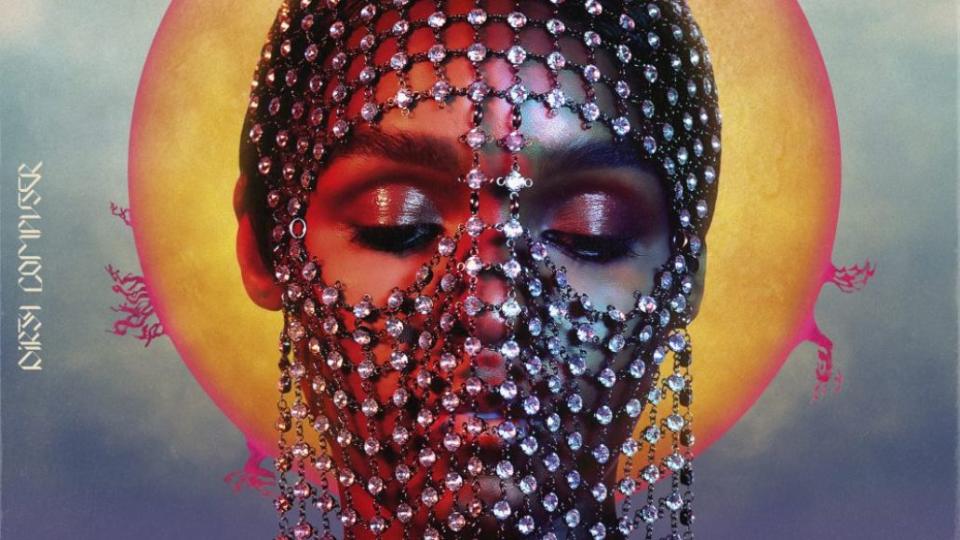
How can we reasonably say an album that’s only four years old — that didn’t even top our best-of list the year it was released; it ranked at No. 2 — is one of the best ever? Better question: How do you consider an album so rich with pop mastery and so authentic in its identity anything but one of the best ever?
Not only does Dirty Computer pull in sounds and guests (Brian Wilson, Pharrell Williams, Stevie Wonder, Grimes, Zoë Kravitz) from across pop history, but it partially came together under the mentorship of the late, great Prince. Janelle Monáe has made no secret of wanting to be the heir to the Purple Throne, and she makes an impeccable case for it by crafting a record that has studied the past, forces the future, and affirms the present – and is fully her.
The concept record takes us through a rebuffing of external standards (“Dirty Computer”) to a fierce assertion of self (“Django Jane”) to a dance of cultural critique (“Americans”), making assured statements of sexuality along the way (centerpiece “Make Me Feel,” “I Like That”). Something so perfectly realized, so revealing in its depth, so wholly enjoyable has to be one of the best albums of all time. Otherwise, what are we doing here? — B. Kaye
74. Bob Dylan – Highway 61 Revisited
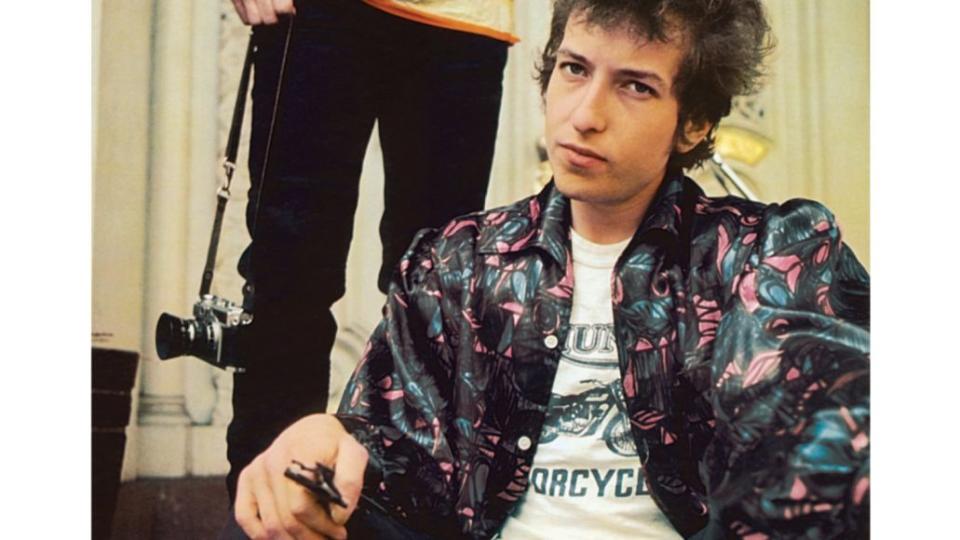
The sneering put-down “Like a Rolling Stone” is arguably rock and roll’s greatest revelation, but Highway 61 Revisited is perhaps best described by a lyric from the album’s “Ballad of a Thin Man,” on which Bob Dylan sings, “Because something is happening here, but you don’t know what it is.”
This record is nearly an hour of mostly electrified blues that places the listener in a room with Jack the Ripper, Lady Jane Grey, and Einstein disguised as Robin Hood. From the surreal romp of the title track to the delicate strumming of the record’s epic closer, “Desolation Row,” precise meaning always seems just out of reach, and yet a nerve is somehow always touched.
The language, both musically and lyrically, of Highway 61 Revisited is poetic, sarcastic, and ironic — tongues that have always spoken to some essential part in the human makeup. And while listeners may never quite get Dylan, everyone comes away with something worthwhile. — Matt Melis (2010)
73. Parliament – The Mothership Connection
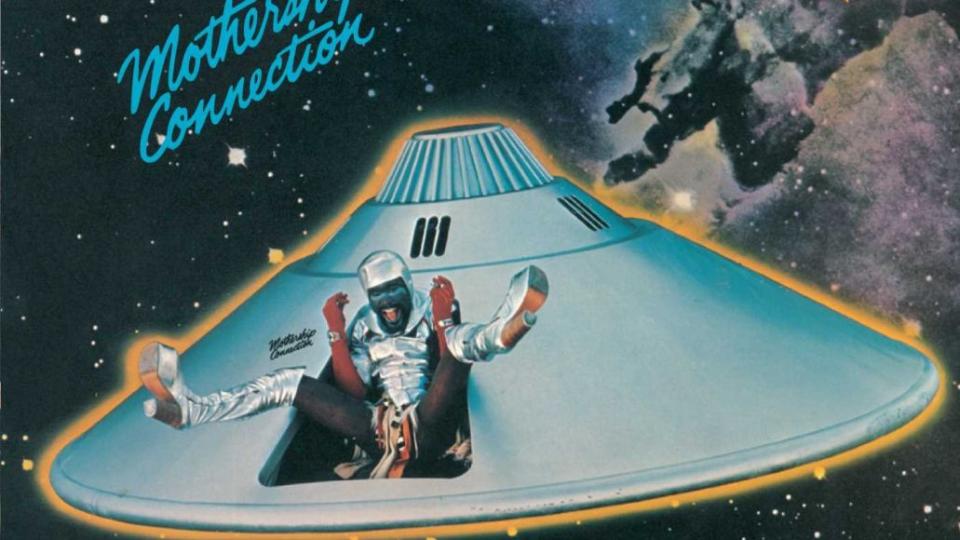
After taking over Washington D.C. on 1975’s Chocolate City, where else could George Clinton take his funk collective? How about outer space? Mothership Connection puts the largely interchangeable Parliament-Funkadelic gang in a spaceship and blasts off to other galaxies, where it musically interacts with societies that surely found the collective as whacked-out as we did back here on Earth.
As good as Chocolate City was, it was on Mothership Connection that Clinton’s many afrofuturistic visions were most fully realized, knitting together concept and sound into a 38-minute throwdown that became a definitive statement for the genre and a template that was subsequently sourced by jazz, hip-hop, and EDM artists.
Mothership Connection was, importantly, the first Parliament album to feature Maceo Parker and Fred Wesley from James Brown’s bands, who brought with them a mojo that impacted beyond the music. Clinton was on top of his game in the studio, and the ranks were stocked with the very best of his collaborators: Bootsy Collins on bass, drums and guitar; guitarists Garry Shider, Michael Hampton, and Glenn Goins; Bernie Worrall on keyboards; Randy Brecker on trumpet; and a vocal army that included Parliaments doo-wop alumni Grady Thomas, Calvin Simon, Fuzzy Haskins, and Ray Davis.
“Give Up the Funk (Tear the Roof Off the Sucker)” alone makes the album classic, but “P. Funk (Wants to Get Funked Up)” and “Mothership Connection (Star Child)” are equally essential, and if “Supergroovalisticprosifunkstication” doesn’t get you moving, we advise urgent medical attention. — Gary Graff
72. My Bloody Valentine – Loveless
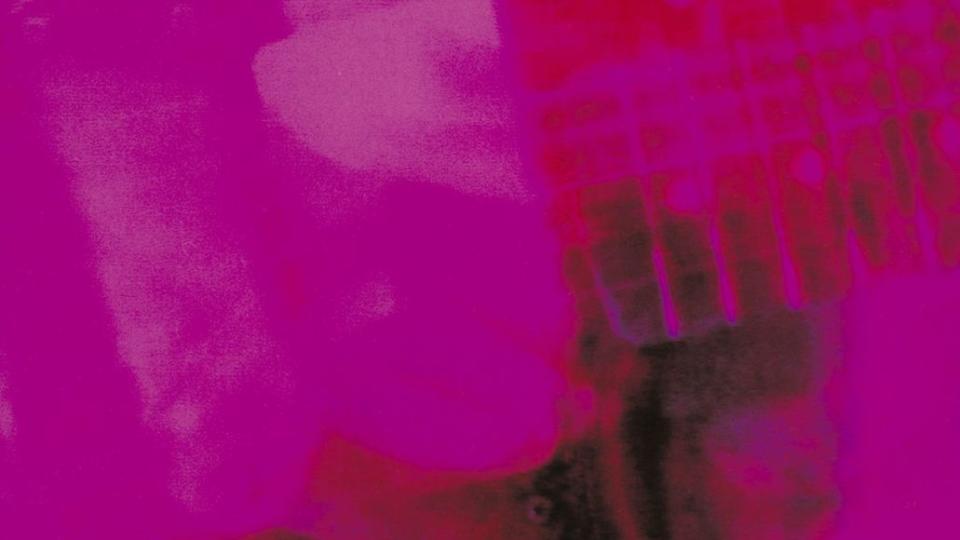
Loveless is so synonymous with shoegaze that it’s difficult to believe its creators ever made anything outside the subgenre. My Bloody Valentine gave their best whack at both Joy Division-esque goth rock and C86-indebted jangle pop before they finally landed on shoegaze in the late ‘80s, eventually perfecting it in 1991 with their sophomore album.
Loveless may have taken the Irish-British band over two years to make and caused a rift with their label Creation, but the trials paid off: Not only would the record set the benchmark for all shoegaze that followed (and spawn a fleet of meme pages decades later), it would ignite a rock revolution.
Opener “Only Shallow” goes from 0 to 60 in mere seconds as it bursts in like a revving engine; Loveless hardly calms down from there. From the shuffle of “Soon” to the scintillating arpeggios of “To Here Knows When” and, of course, the sweeping, bombastic riff of “When You Sleep,” My Bloody Valentine’s magnum opus seamlessly blends their mysteriously abrasive instrumentals with some of the most gorgeous, unforgettable melodies of indie rock’s history. It almost feels like being startled awake from a dream. — Abby Jones
71. U2 – The Joshua Tree
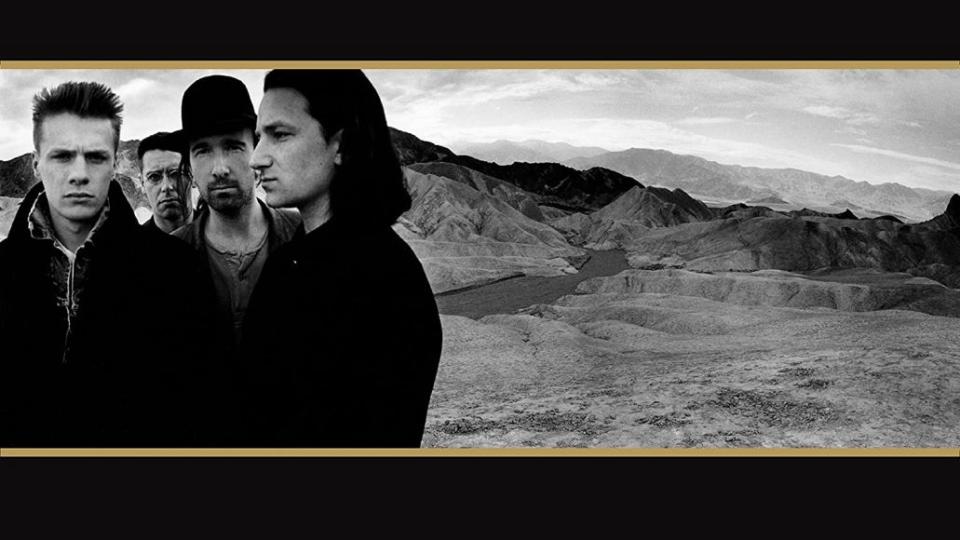
A recent tweet put it best: “It’s so funny that Bono was so annoying that everyone kind of collectively decided to forget that U2 has like 5 all-timer albums.” (I’d submit that it’s more like two or three, given the definition of “all-timer” — but I digress.) But no number of narcissistic political statements or forced-listening torture sessions can reverse the truth: U2 is one of the greatest rock bands of all time.
The Joshua Tree has been canonized over and over as their love letter to America and blah, blah, blah; but the true essence of its power lies in a supernova of love — the whole spectrum from agape to eros. “I Still Haven’t Found What I’m Looking For” is the embattled former, where Bono throws himself at the feet of Christ (“You broke the bonds and loosed the chains/ Carried the cross of my shame”) while confessing to his doubts as an unscratchable itch. “Running to Stand Still,” an equal to Neil Young’s “The Needle and the Damage Done” in the songbook of slow junkie suicides, lies in the philia middle, teeming with concern and hurt.
And The Joshua Tree’s greatest song, “With or Without You,” blends both agape and eros until they’re indistinguishable, Christ and a lover twinned and intertwined. Ultimately, the song captures a feeling beyond words: Try to extinguish all memory of hearing this amazing song in a thousand CVSes, and let Bono’s wordless wail at 3:03 raise goosebumps on your arms. (To say nothing of The Edge’s still utterly original guitar work, and the perennially underrated rhythm section of Adam Clayton and Larry Mullen Jr.)
All of this is to reinforce that The Joshua Tree is an all-timer in every sense of its meaning, an open vein from which ecstasy, longing, gratitude and lust still rush. — M.E.
70. Sonic Youth – Daydream Nation
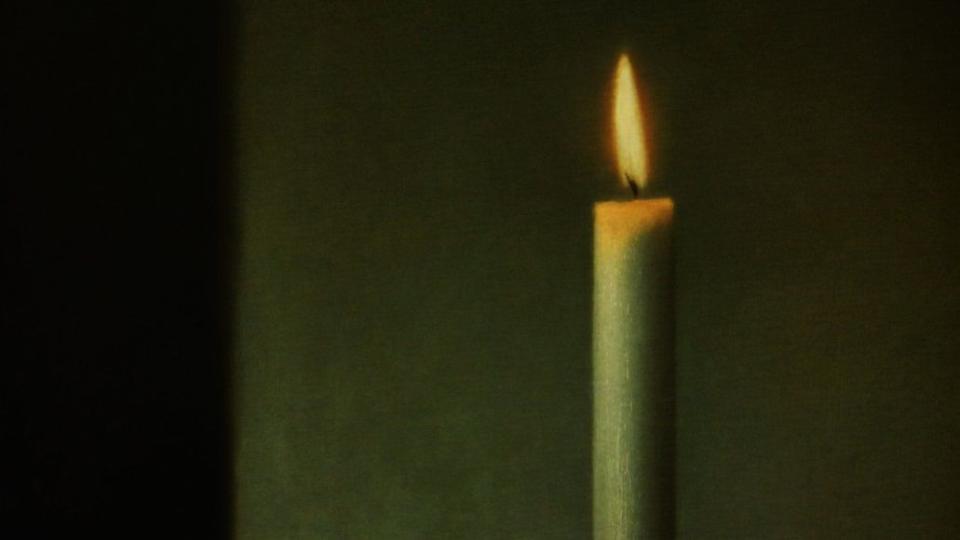
The farther we get from the ‘80s, the harder it is to explain Sonic Youth. Each generation, the sound loses a bit of its edge while still remaining difficult and, at times, even abrasive. And most kids don’t want a history lesson telling them why Sonic Youth is good and important. They want to simply hear it and like it, as music tends to be one of the most self-explanatory likable things we have.
But not Sonic Youth. They had a lot with which to reconcile. How would you create meaningful music in a hardcore scene while remaining true to what often seemed like polarized leanings? Looking to The Velvet Underground for inspiration as much as Black Flag and Minor Threat, Sonic Youth were in the punk world, yet could dwell on finding beauty in noise rather than just in rebellion.
It’s not easy to use these established musical platforms to create something that can make you uncomfortable, enthralled, excited, and heartbroken within the same improvised jam. And while no one will ever tell you that Sonic Youth is for everyone, no one will deny that maybe their goals for their art were a little loftier than their contemporaries. Appropriately, when their sound became fully realized on Daydream Nation, their lofty goals yielded lofty results.
But don’t let this scare you. If Sonic Youth was that hard to get, we wouldn’t be celebrating them. Daydream Nation was their most listenable record at that point, an album even casual music listeners could approach and enjoy. And with “Teen Age Riot,” they had themselves an honest-to-god anthem. One of the best of all time, perhaps. Could they have just made more tunes like this and pleased a hell of a lot of people? I imagine, but where would the fun be in that?
Doing things their way, Sonic Youth have managed to stay relevant for nearly 30 years. And it’s because of Daydream Nation that the relationships, the public interest, and the continually adventurous sounds have held together. — Philip Cosores (2010)
69. Beastie Boys – Paul’s Boutique
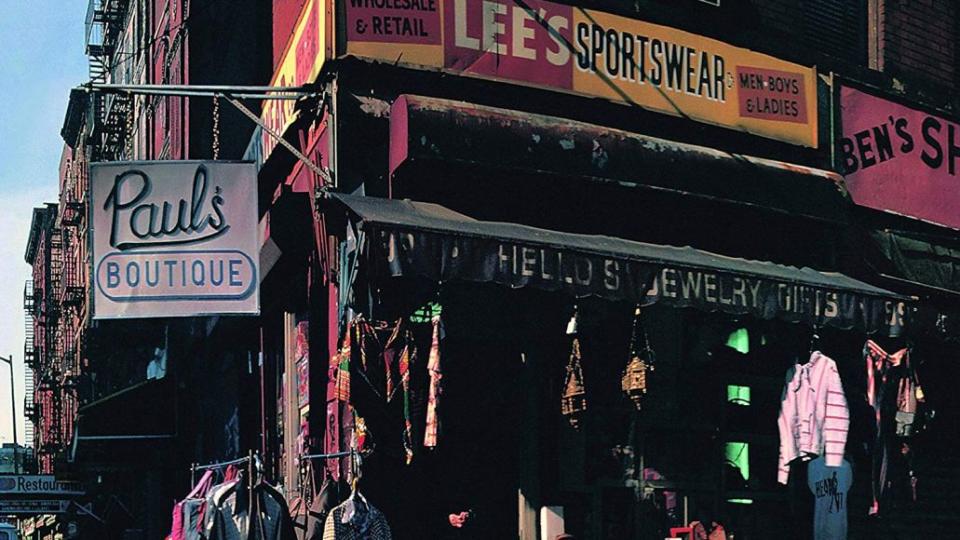
How do you follow a classic album? More to the point, how do you follow a classic debut? If you’re the Beastie Boys, you do the opposite of what you did on Licensed to Ill. Ditch the producer, say farewell to the frat boy image, and make the music you feel truly represents you rather than going down a path that puts you in a box. Combine all of that together and you get the Beastie Boys’ magnum opus, Paul’s Boutique.
Ad-Rock, MCA, and Mike D hooked up with the Dust Brothers for something unheard of in hip-hop at that time. While the lyrics showed growth and their true love of the genre, the album remains a stalwart of lists like this because of its production innovation. While it may not sound mind-blowing in 2022, hip-hop wasn’t done like this in 1989. Production before this album was still very simple and sparse. In fact, just listen to Licensed to Ill for exhibits A-Z.
Paul’s Boutique, on the other hand, layered samples on top of samples and looked beyond the typical sources of jazz, rock, and gospel. It’s one of the first hip-hop albums where “lush” is not only an apt description, but probably the best one. It’s one of the best examples in any genre of reinvention and a high bar for sophomore albums. The album wasn’t as successful as the group’s first album upon release, but its esteem grew as time went on. One listen and it’s easy to understand why. Like most albums on this list, Paul’s Boutique sat at a finish line waiting for the rest of the world to catch up. — M. Shorter
68. Frank Ocean – Channel Orange
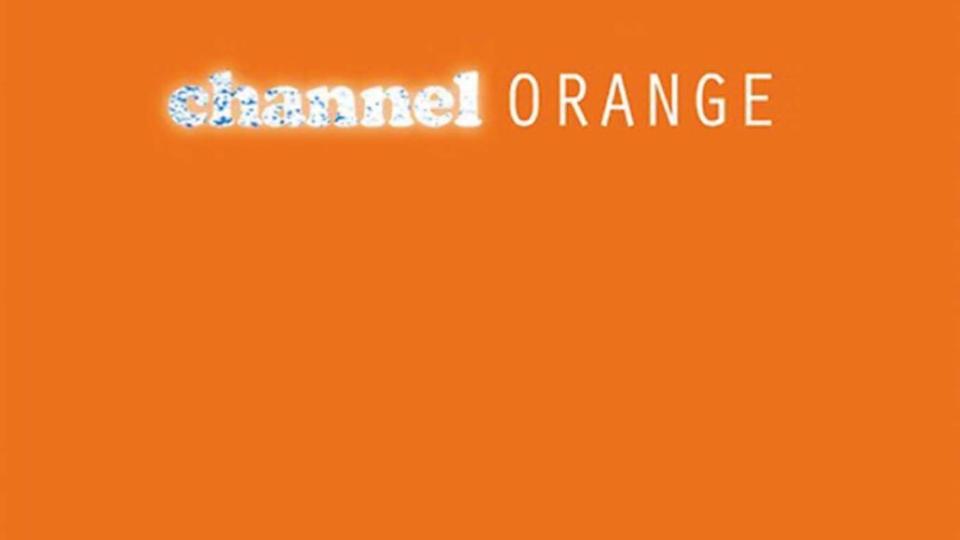
Before Channel Orange, Frank Ocean was commonly known as one of Odd Future’s most impressive collaborators; although his debut mixtape, Nostalgia, Ultra, was a major introduction to his unique songwriting, he hadn’t yet separated himself from the pack. But when Channel Orange came along, it was difficult to see how this man had been identified as anything other than “superstar.” It’s one thing to examine the nuanced personal details that Frank so eloquently provides, like in the beautifully revealing “Thinkin Bout You,” but it’s another to take in the sheer ambition and incisiveness that characterizes Channel Orange as a whole.
The album is full of stories and characters that battle the contradictions of class, race, and gender dynamics, carefully-worded moments of humor that are thought-provoking and odd, and sonic environments that feel both nostalgic and current. Like Lauryn Hill and D’angelo before him, Frank Ocean used the genre of R&B as a jumping off point that allowed him to exercise his most ambitious artistic ideas, from the 10-minute, multi-part odyssey of “Pyramids” to the profound and existential “Bad Religion.”
At the center of Channel Orange is Frank Ocean’s incredibly poignant songwriting that can capture a complete narrative of emotions in the smallest refrains. As he completes the anthemic bridge of “Thinkin Bout You,” he sings, assuredly, “We’ll go down this road ’til it turns from color to black and white,” before immediately reverting back to his hopeful chorus: “…Or do you not think so far ahead?” It’s an isolated moment that demonstrates the most beautiful parts of Channel Orange. Life is not so simple, so black and white — only when we add color do we begin to see things the way they really are, and the way they could be. — Paolo Ragusa
67. Radiohead – In Rainbows
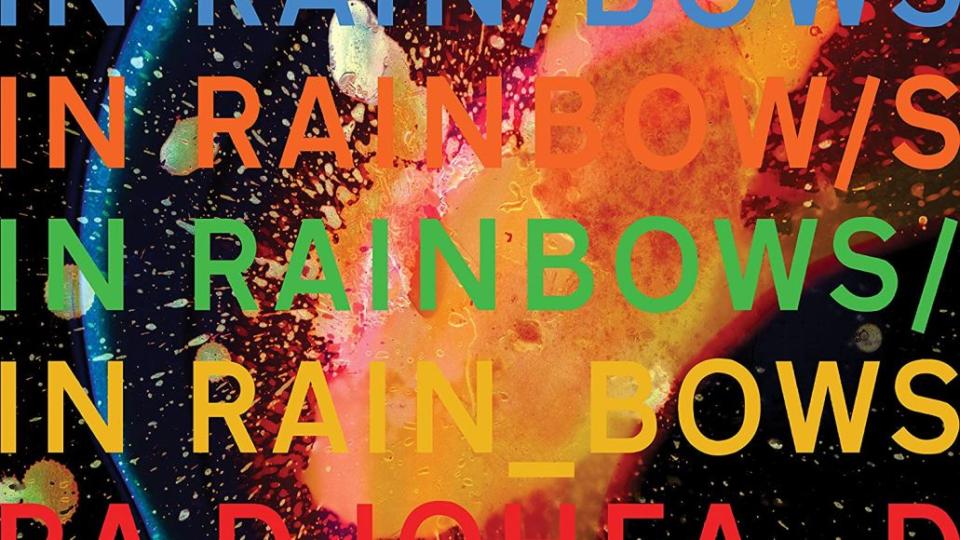
Ask three different Radiohead fans what their favorite Radiohead album is, and you’ll likely hear three different titles. But one of them will almost certainly be In Rainbows, in part because almost certainly none of them shook the music world quite like that album did. Three years before LimeWire shuttered and four before Spotify became available in the US, Thom Yorke and company self-released their seventh studio album as a pay-what-you-want download to spite their then-label EMI — a first for any major musical act, and unfathomable for an artist of Radiohead’s caliber at the time.
It’s true that virtually no other artist could have profitably self-released a record in 2007, but no other artist could have made In Rainbows. While its predecessor Hail to the Thief saw Radiohead combine their grungy roots with the electro-art-pop of their Kid A and Amnesiac sessions, In Rainbows was a more firm return to rock — but this couldn’t be ordinary rock music.
Though its more straightforward moments like “15 Step” and “Jigsaw Falling into Place” were customary enough to, say, land a needle-drop in the Twilight film franchise, much of the rest of In Rainbows feels like being suspended somewhere in space, like the sick-in-love “Weird Fishes/Arpeggi,” whose constant arpeggio feels endlessly hypnotic, or the funereal “Videotape,” whose hidden syncopation has become one of indie rock’s most hot-button topics.
Not even Radiohead themselves could attempt to make something like it again, and to attempt to do so would be to miss its point entirely. — A.J.
66. Madonna – Like a Prayer
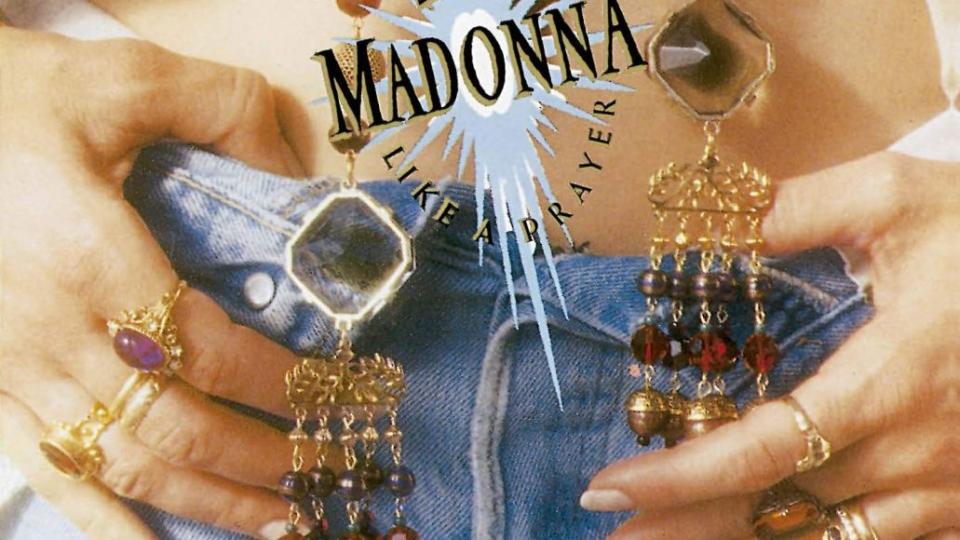
Like a Prayer was where Ms. Ciccone made the leap across the borderline from pop star to artist. Madonna’s previous three albums were multi-platinum, hit-spewing smashes, and she was an MTV icon; still, any substance was overshadowed by the glitz and froth that came with being a Material Girl.
But Madonna came into Like a Prayer with more than just blonde ambition — hell, she even dyed her hair brown for the occasion. As she approached 30 and saw her brief marriage to Sean Penn fail, Madonna opened up her journals and her heart for a surprisingly confessional and, of course, provocative set of songs that called for a reevaluation of her merit on artistic terms.
She dug in for ruminations on the death of her mother (“Promise to Try”); her troubled relationships with her dad (“Oh Father”) and family (“Keep it Together”); the marriage (“‘Till Death Do Us Part”); and, in Like a Prayer’s title track, her conflicted perspective on the Catholicism in which she was raised.
She’d found a grounding from which to purge a lot of demons, but she also made that cathartic exercise sound celebratory with mature and sophisticated songcraft (assisted by longtime collaborators Stephen Bray and Patrick Leonard and, on several songs, Prince) that touched on gospel (“Like a Prayer”), Stax soul (“Express Yourself”), and ‘60s girl-group pop (“Cherish”).
From here on, Madonna would be taken seriously as a songwriter as well as a vanguard for a legion of artists who felt permission to, well, express themselves in the wake of Like a Prayer. — G. Graff
65. Leonard Cohen – Songs of Leonard Cohen
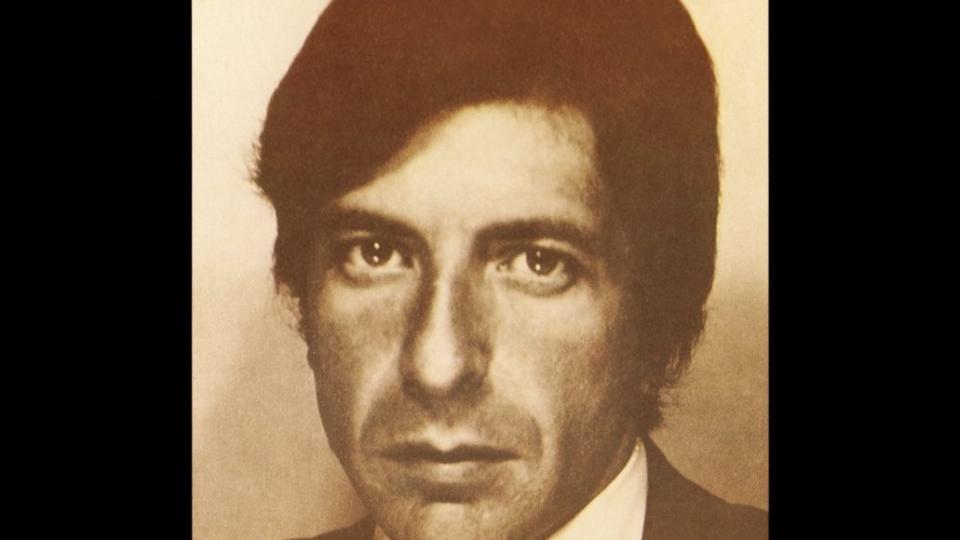
Infinitely imitated and infinitely respected, Songs of Leonard Cohen sounds like an apocalypse when we listen to it today. His mellow, dejected folk mapped out a hollow blueprint for what Jack Black referred to as “sad bastard music” in High Fidelity. Ironically, it was Judy Collins who first cut and recorded the immortal “Suzanne,” the album’s memorable lead track.
Spare and affected, Cohen’s delivery worked all the more because of the late ’60s psychedelia his music eschewed. There’s a certain command that Cohen’s music respects at this point in his career, and that says just as much about Songs of Leonard Cohen as his unassuming guitar lines and his pensively personal lyrics. Like his contemporaries Bob Dylan and Joni Mitchell, Leonard Cohen’s debut clued us in that he was here to stay. — Eric Vilas-Boas (2010)
64. The Cure – Disintegration
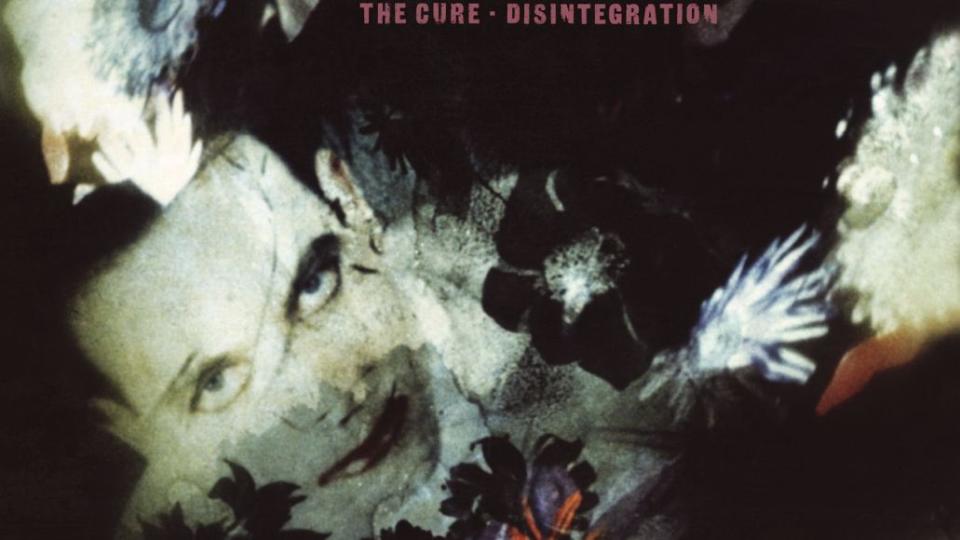
What do you do when the world thinks that you’ve gone too pop and you find yourself caught in an existential crisis caused by the realization that you are about to turn 30 years old? You create Disintegration.
Disintegration — The Cure’s best and most ambitious record — was created by Robert Smith in an attempt to distance himself away from the band’s more upbeat and pop-driven earlier numbers. In his psychedelic-fueled haze of depression, Smith wrote Disintegration as a return to the band’s gloomier, darker sound that recalls their fourth LP, Pornography.
The result is an expansive and rich album that reflects the darkness of Smith’s mindset at the time, but still with a romantic core full of yearning about his longtime partner, Mary Poole, ever the subject of his most passionate songs. The record begins with “Plainsong,” an intense, atmospheric number that feels like the fall of a sonic monsoon, followed by “Pictures of You,” a sprawling, eight-minute epic that epitomizes the band’s excellence with sparkling instrumentation accompanied with the passion of Smith’s lyrics.
“Lovesong,” another ode to Poole, is the record’s most upbeat track. On “Closedown,” Smith’s existential crisis at turning 30 seems the most apparent: “I’m running out of time/ I’m out of step and closing down/ And never sleep for wanting hours.” If only we could all churn out a masterpiece like Disintegration whenever we’re faced with the horrors of mortality. — C. Siregar
63. Tom Waits – Rain Dogs
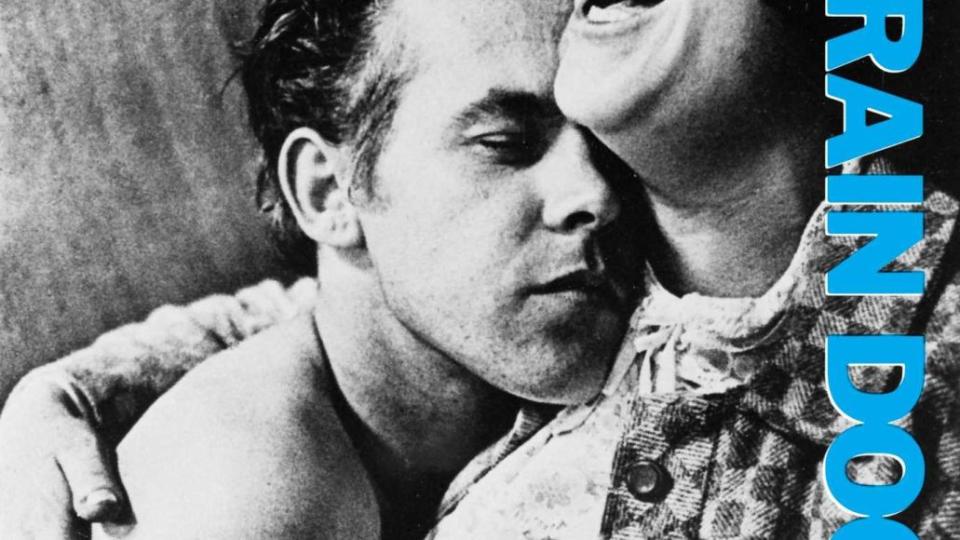
While most albums in this list fit this criterion, in the grand scheme of things, it’s pretty rare to have an entire album that does not contain a single bad track. It’s even rarer to have an album like that when it spans 19 tracks, but that’s exactly what Tom Waits has with Rain Dogs. Some of the songs may be a little too far out there for some listeners, but every song is just as effective as the next.
After years of playing the club scene with just his voice and a piano, Waits shocked everyone when he came out with the jangled and insane Swordfishtrombones in 1983. This shift in his musical style would eventually define his career, even after he moved into new territory once again. While Swordfishtrombones saw him dive off the deep end, it wasn’t until his next album that he perfected his singular new brand of music.
To describe Rain Dogs is useless; it’s something that begs to be experienced. Waits has always had an obsession with the down-and-out deadbeats on the streets, but it was never as obvious as it is on Rain Dogs — the name itself being a reference to these same type of “urban dispossessed,” as Waits describes it.
And while the lyrics often deal with the bizarre side of things (“The captain is a one-armed dwarf/ He’s throwing dice along the wharf”), they’re often as universally affecting as his earlier work (“Tear the promise from my heart, tear my heart today/ You have found another. Oh baby, I must go away”). Waits’ songwriting ability is also put on display on tracks like “Downtown Train,” which eventually became a Top 5 hit when Rod Stewart covered it four years later. There are many essential records in Tom Waits’ long and storied career, but Rain Dogs is the most essential of them all. — Carson O’Shoney (2010)
62. Madvillain – Madvillainy
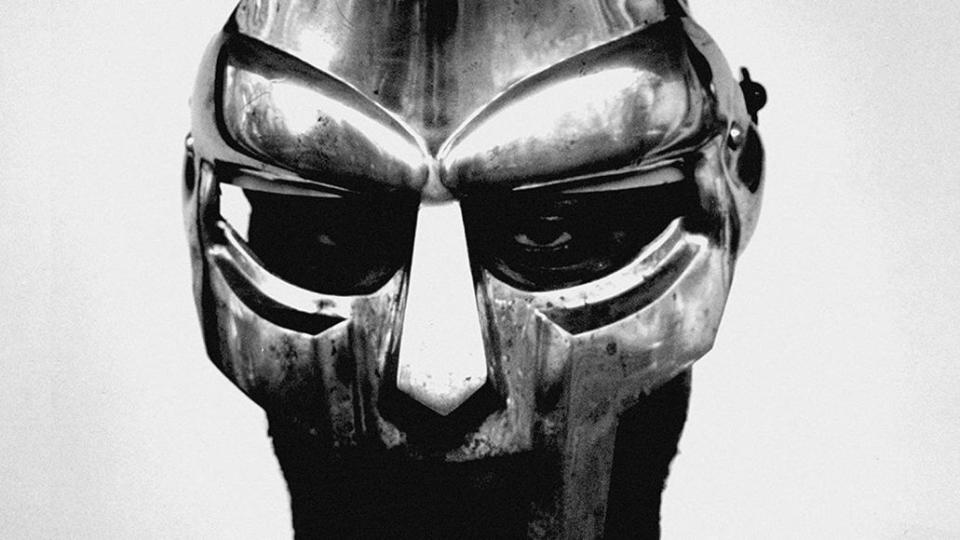
Mathematically, Madvillainy was destined to be this good. The building blocks of the villainous 22-track album are just too damn solid. Behind the boards, there’s Madlib, one of the most creative, stylistically recognizable producers ever to touch hip-hop. On the mic, it’s the one and only MF DOOM, famed for being “your favorite rapper’s favorite rapper.” Put those two forces together and you get a set of instrumentals so sonically gratifying that they’re worth listening to on their own and rhymes so legendary they might as well be carved into stone.
What’s most amazing about Madvillainy, though, is that the record is even greater than the sum of its parts. The magic of its dusty, cartoonish landscape is almost indescribable. Sure, you could argue that there are songs that top any of those found on Madvillainy in each artist’s discography; it’s not necessarily an album full of bangers, but neither artist reached such sustained creative heights before or since.
Few projects carry such an intensely defined vision, let alone capitalize on it so well. Maybe that’s why there was never a proper sequel; something in the universe knew to leave what’s perfect as perfect. Also, it gave us the “Doritos, Cheetos, and Fritos” bar, so, you know, automatic 10/10. — Jonah Krueger
61. The Rolling Stones – Exile on Main St.
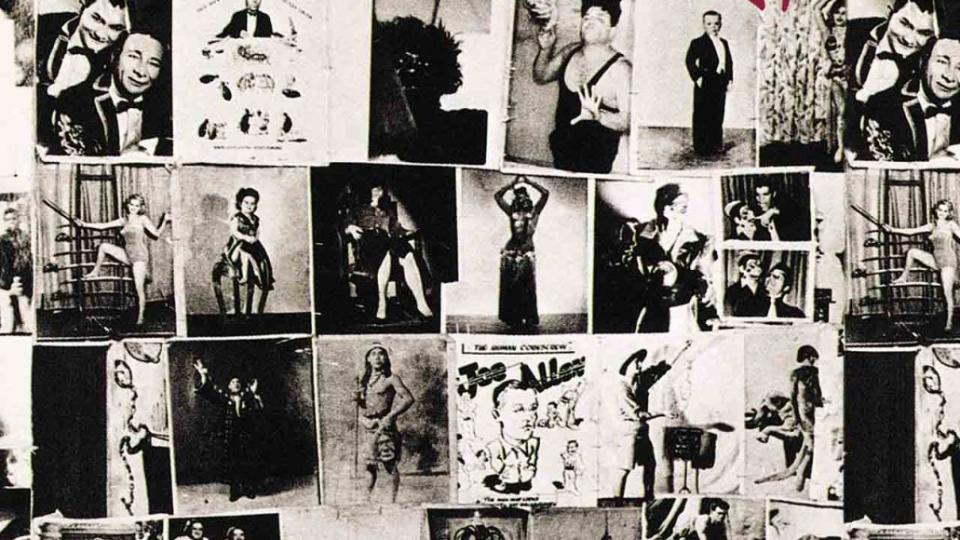
The Rolling Stones’ 10th album came during their most decadent and hedonistic period. With the band settling in France in 1971 to avoid tax troubles in England, the Stones set up shop near Nice, where Keith Richards rented a villa and recorded songs that were written between 1968 and 1972. These legendary sessions defined the adage “sex, drugs, and rock and roll” before it became cliché. From these drug-fueled sessions came some of the best work of the band’s career and the album that defined early ‘70s rock music.
Exile takes the best elements of country, blues, and R&B and makes them the band’s own. This, combined with the warm feeling of having been recorded in Richards’ basement, puts you in a manic frenzy that hits you so hard and fast that you have no choice but to listen. Songs like “Tumbling Dice” and “Happy” remain staples in the band’s live set, while “Shine a Light” and “Soul Survivor” sound as energetic and powerful as they did when recorded 38 years ago.
Notably, Mick Jagger’s charisma and frustration with the band’s legal situation are evident from the get-go when he sings, “I only get my rocks off while I’m sleeping” on the record’s opener. Rolling Stones’ angst and tension within their personal lives during this tumultuous period were channeled musically throughout Exile, which is kinda what makes it so great. — Daniel Kohn (2010)
60. Amy Winehouse – Back to Black
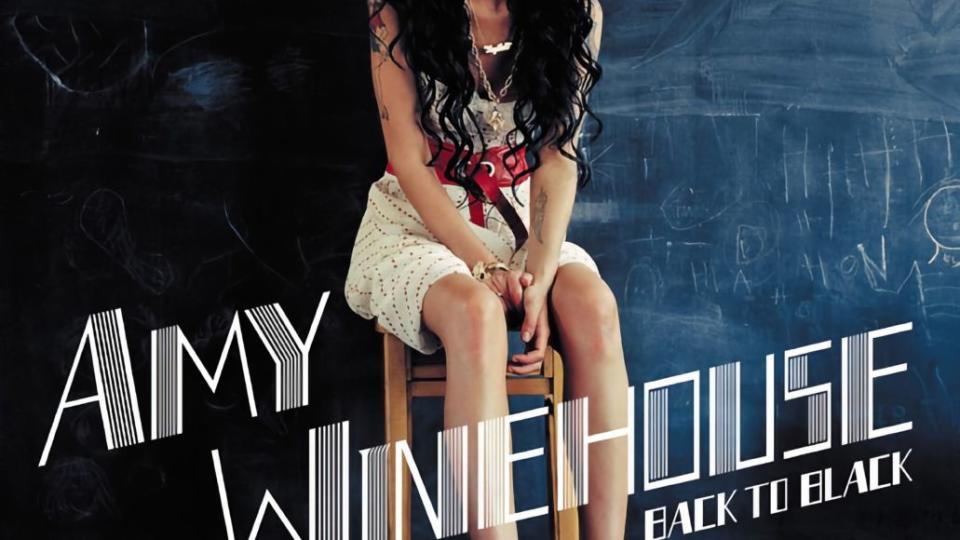
Back to Black is only 35 minutes long, yet it demonstrates the force and clarity of Amy Winehouse’s vulnerable, extraordinary vision. On her second and final album, the British torch singer and songwriter worked with producers Salaam Remi and Mark Ronson, as well as Sharon Jones’ band The Dap-Kings, intricately tangling vintage girl-group pop-soul with the beats of contemporary R&B and an attitude all her own.
The Grammy-winning album produced five all-time-great singles — “Rehab,” “You Know I’m No Good,” “Back to Black,” “Tears Dry on Their Own,” and “Love Is a Losing Game” — and also ushered in the waves of retro-inflected soul that followed. But it’s Winehouse’s particular brilliance that makes Back to Black one for the ages. Her contralto vocals are effortlessly expressive, sophisticated in their rhythms and the nuances they find in the dangerous joys.
For an artist exploring how we fall apart, she is cohesive and committed. Winehouse circles and digs into her enmeshed subjects of addiction and passion and desolation; she cajoles, harangues, and pleads. It’s tempting to characterize Winehouse by the tragedy of her early death and the struggles she endured, but this album is her defining gift. In the end, Winehouse’s songs are in deepest conversation with the endlessly faceted well of herself. — Katie Moulton
59. Nas – Illmatic
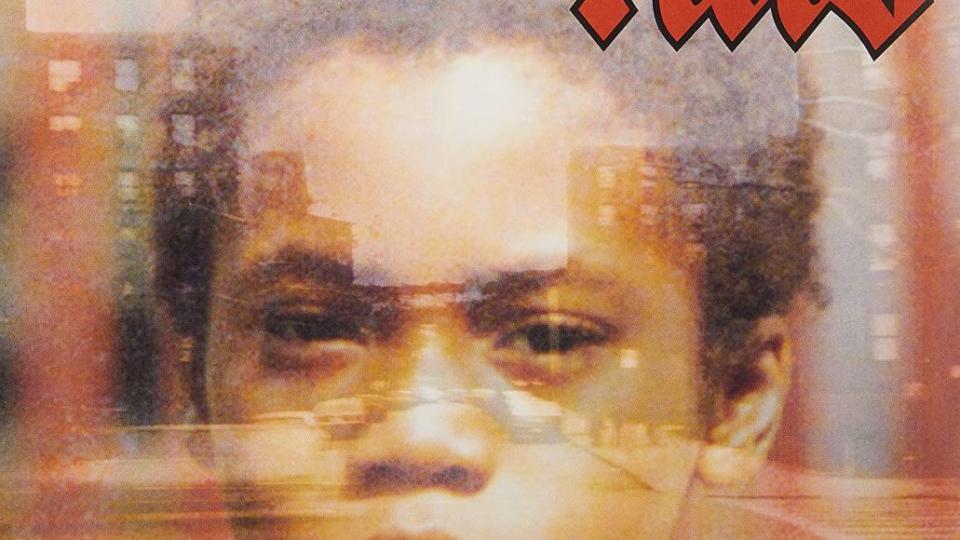
Nas — Nasty Nas at the time — didn’t know what he was doing. There he was in a recording studio with DJ Premier, one of the biggest names in hip-hop at the time, and a bunch of other people. The beat for “New York State of Mind” kicked in and he had no idea how to attack it. Premier and everyone else in the studio was nervous. When he says, “I don’t know how to start this…” he’s being completely honest.
But he started his verse, and what came out blew the minds of everyone in attendance and soon, everyone in hip-hop. Illmatic is the perfect album. Not just a perfect debut, or a perfect hip-hop album, but a flawless piece of work for any genre. It hit the earth like a comet in April 1994. Almost immediately, the rap game treated Nas like Jesus riding into Jerusalem. Even now, it’s not hard to see why the 20-year-old rapper received so much praise. At a time when lyricism wasn’t as in vogue as it was in the late ‘80s, Nas resurrected the feeling and set a standard for any rapper who touched down after him.
Illmatic is a 40-minute journey through Queensbridge filled with nihilism and hope, told by someone with the skill of a wartime journalist. Whether it’s writing a letter to an incarcerated friend on “One Love,” daring other rappers to test him on “Halftime,” or painting a picture of a day in his neighborhood on “Represent,” Nas did the one thing every rapper should do on any album they create: Bring listeners into their world rather than conforming to the world of the listener.
And he did it through wordplay, intricate rhyme schemes, multiple poetic devices, and wit. There’s a reason Nas performed this album at the Kennedy Center in Washington, D.C. in 2018 backed by the National Symphony Orchestra. Not bad for a kid who didn’t know what he was doing. — M. Shorter
58. Nina Simone – I Put a Spell on You
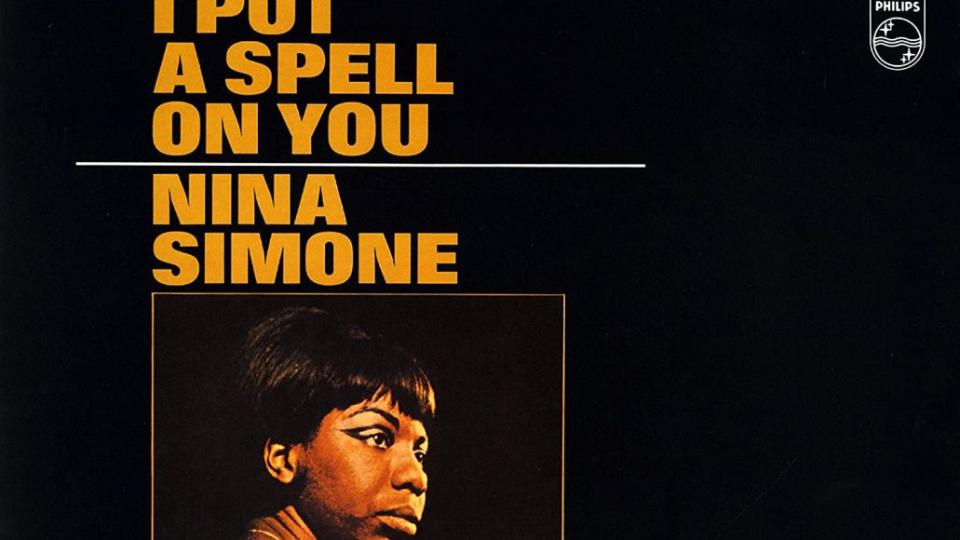
At the height of the Civil Rights movement, Nina Simone redirected her political leanings, which she firmly established a year prior on 1964’s “Mississippi Goddam,” to take a deliberate detour into the pop realm with all of the vigor that audiences had come to expect from the soul-stirring singer. Despite the love-bound lyrics and saccharine string arrangements on I Put a Spell on You, Simone never loses sight of her mission to dismantle Jim Crow America and simply shifts tactics to demonstrate pure, undeniable Black Excellence.
Simone casts a hypnotic air from the opening notes of the album’s title track, the definitive take on Screamin’ Jay Hawkins’ “I Put a Spell on You,” with a bite verging on contempt for anyone who attempts to resist. The charm remains unbroken even as she plunges the depths of lost love on her devastating rendition of “Ne me quitte pas” or imparts a weary wisdom on “You’ve Got to Learn.” The big picture comes into full view like clouds finally parting on the revelatory “Feeling Good,” where only “birds flying high” and other beings of the natural world can relate to Simone’s expression of freedom. — B. Kress
57. The Band – Music from Big Pink

The Band never quite fit in with the ‘60s and ‘70s rock scenes. They weren’t political, they constantly switched instruments, and they loved their families. Sure, there were drugs and women, but while other groups made songs out of such decadent behavior, The Band remained firmly rooted in tradition, filtering all of their lyrical subject matter (even the love songs) through a lens of mountainous, archaic Americana, spinning yarns about courageous settlers and the Civil War.
What kept The Band from being corny was their sense of communal musicianship, their chestnut lyrics set ablaze by each member’s skills, and their debut album, Music from Big Pink. The record captured them at the peak of their powers, before all the legal squabbles, back when they were just five fellas playing music in a cavernous house in the Catskills (the namesake of the album).
Listen to Big Pink and you can feel each member in the room. There are no stage hogs; everyone stands out. You remember Garth Hudson’s Captain Nemo organ solo on “Chest Fever” just as well as you remember the stacked harmonies and traded leads of Levon Helm and Rick Danko on “The Weight.”
And let’s not forget the back bayou thump of their rhythm chops, either. Robbie Robertson really cooks on “Caledonia Mission,” and Richard Manuel’s aching pipes drench the entire album in earnest, alcoholic tears, especially on closer “I Shall Be Released,” inevitably performed by some of the surviving members at his funeral in 1986. Behind the tumble and prophecy of Big Pink’s elaborate orchestration was a heart so wonderfully simple in times that were not. — Dan Caffrey (2010)
56. David Bowie – Hunky Dory
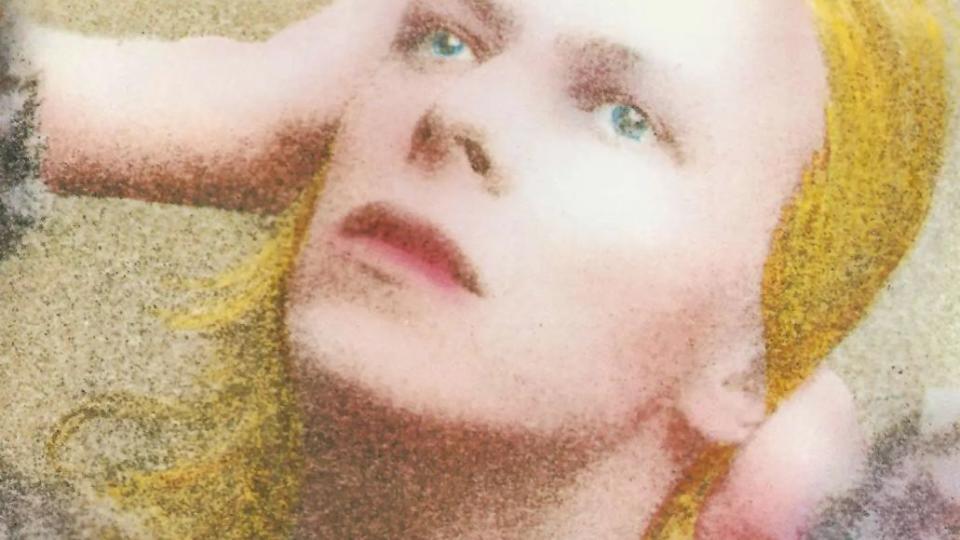
Released in 1971, Hunky Dory was David Bowie’s fourth album and the first to feature the lineup that would become The Spiders from Mars. Setting aside the blues-rock and psychedelic angles of his previous release, The Man Who Sold the World, Bowie instead favored a lighter, more acoustic pop approach with Hunky Dory. The themes and ideas scattered throughout the songs’ lyrics and arrangements set the stage for not only The Rise and Fall of Ziggy Stardust and the Spiders from Mars, but for much of Bowie’s output in the ’70s.
At times, Bowie wears his influences on his sleeve, as in his obvious titular odes to idols Dylan and Warhol, or a direct sound connection to The Velvet Underground with “Queen Bitch.” Elsewhere, the songs have to be listened to a bit more closely and possibly even deconstructed to notice the heavier occult related themes via Aleister Crowley in songs like “Quicksand.”
Bowie’s desire to approach the album from a more old-time pop, acoustic direction creates a merry-go-round of songs, all a little different but connected by a common grounding. Hunky Dory is not a concept album, but the concepts within would eventually solidify and manifest in the character of Bowie’s spaceman and perhaps even in his personal philosophies. If anything, Hunky Dory is a testament to the grand scope and vision that David Bowie had as a young artist. — Len Comaratta (2010)
55. Sly and the Family Stone – There’s a Riot Going On
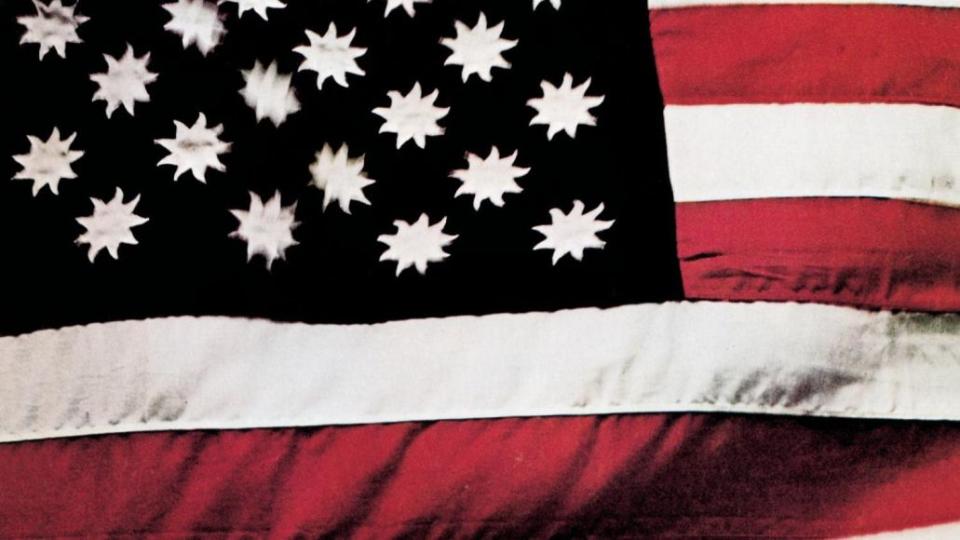
You know all that hot fun you had in the summertime with Sly & The Family Stone? Well, watch out, ’cause summer turns cold. Taking a page out of Bitches Brew’s book, Sly came into the ’70s with a new plan, albeit a drug-addled one. Emotions are running high, narcosis seeps and slithers throughout the album, and militant disaffection with the then state of affairs is all but pounded into ears.
The lyrics, “Feel so good/ Don’t wanna move” speak to the continuum connecting the hubris of the late ‘60s and the stasis of Sly and his mind/society in the early ‘70s. Outside of its timely relevance, the origins of hip-hop, funk, R&B, and fusion are present throughout the album. The beat on the beginning of “Africa Talks to You ‘The Asphalt Jungle'” might just be the herald of 808s to come.
Sadly, There’s a Riot Going On also heralds Sly’s descent into addiction. But the best album of Sly and his band’s career came in on a cloudy, groovy haze of sex, drugs, and, yeah, rock and roll, and few albums are as honest and heartbreaking and funky as this. — Nick Freed (2010)
54. Joy Division – Unknown Pleasures

Unknown Pleasures arrived in June 1979, cementing itself as the worst summer album of all time. There’s nothing about Joy Division’s debut that’s sunny, peachy, or even remotely positive. It’s one of the most depressing records in music history, second only to the band’s follow-up, 1980’s Closer. But that’s what makes it so unique. With its stark, iconic album cover — the eerie sound waves that look all too similar to a jagged razor blade — and its rough-yet-precise production by Martin Hannett, you can’t help but feel isolated, alone, and distorted while listening.
Although most of its rhythm is catchy and ironically poppy (see: “Disorder”), the morbid lyrical imagery courtesy of the late Ian Curtis keeps things in perspective. But what makes this all so compelling is that this album is less a collection of music and more of a snapshot of thoughts and feelings. Everyone tears at their own soul here.
You have Curtis’ soul-scraping vocals, Peter Hook’s top-heavy bass lines, Bernard Sumner’s heart-piercing guitar lines, and Stephen Morris’ highly-concentrated beats, all moving together with the same emotion and gravitas. Once you reach the first guitar line on “Disorder,” a mere 18 seconds in, you can’t help but think this was a group of young men who needed the sound more than we did.
Of course, decades and decades later, we now know how dangerous this music was to them — especially Curtis. But, to this day, regardless of its consequences, it stands as one of the most influential records of all time. We should only be so happy that Factory Records’ own Tony Wilson sank all his life savings into it. He didn’t see the returns (possibly ever, really), but rest assured, it paid off. Big time. — M.R. (2010)
53. Dr. Dre – 2001

2001 was born from a need to revitalize and reinvent. In 1999, Dr. Dre’s career was in a precarious place. The seven years since his debut album, The Chronic, had been marred by a series of uninspired releases, and his new label Aftermath was still experiencing growing pains. Wary of his skeptics, and eager to prove himself once more, Dre returned to his gangsta rap roots and innovated once more upon the sound he pioneered.
The new album was less funky, more cinematic, with cleaner production but no less vulgar subject matter. 2001 was a massive success, cementing Dr. Dre’s place in the rap pantheon just in time for the new century. What Dre certainly could not have predicted, however, is that in the next two decades not one but two cuts off 2001 would go onto become era-defining Internet memes.
In the early 2010s, “The Next Episode” was synonymous with the Mountain Dew-chugging, joint-smoking, sunglasses-wearing, MLG 420 meme format. (If those words made any sense to you at all, then the plucky guitar sample, Snoop Dogg’s opening “La da da da dah,” and especially Nate Dogg’s soulful “Smoke weed everyday” have been burned into your memory forever.)
A little later into the decade, the menacing piano chords of “Still D.R.E.” paired with Beethoven’s “Moonlight Sonata” became a ubiquitous sound in the post-Vine era of short-form viral content. In a sense, 2001 has outlived even its own legacy, not only surviving but becoming an integral part of the rapid-fire Internet gauntlet. — Curtis Sun
52. The Strokes – Is This It
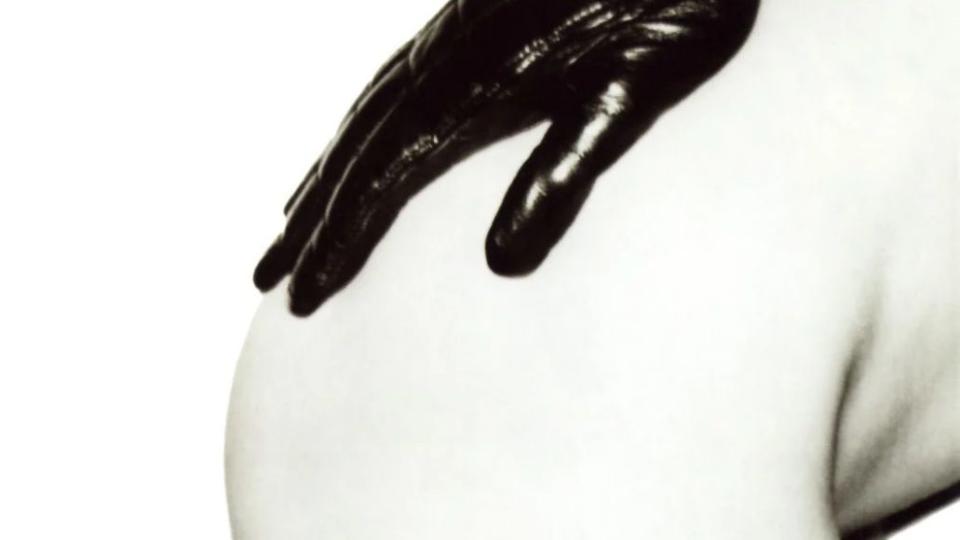
In the years that spanned the close of the ’90s and the beginning of the millennium, it seemed as though all music would be electronic in this brave new century. Bands like The Prodigy and The Chemical Brothers were burning up the dance charts, the rock charts, the pop charts — all of the charts, really — with their fledgling new genre, electronica. Guitars and amplifiers would most certainly be a thing of the past in 2001.
Is This It put that school of thought to rest with the first few new notes of its title track. It boasted fuzzy amps, an organically monotone voice, and catchy self-loathing lyrics for those who loved Lou Reed both ironically and sincerely. In just under an hour, Is This It managed to make New York City music cool again and saved rock and roll at one of the most crucial points since the advent of disco. — Christine DiPaolo (2010)
51. Johnny Cash – Live at Folsom Prison
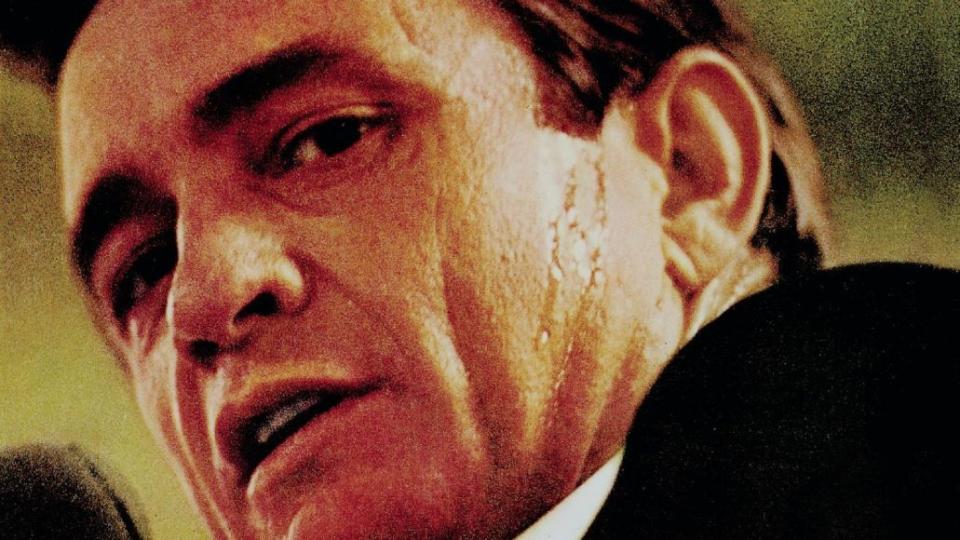
This live record begins with a simple, “Hello, I’m Johnny Cash,” followed by resounding applause. The catch, of course, is that the cheering audience members are all inmates of California’s Folsom State Prison. The idea of playing a prison show had always appealed to Cash, and with his career floundering in 1968 due in large part to drug abuse, the time seemed opportune for an unlikely comeback. Accompanied by June Carter, Carl Perkins, and the Tennessee Three, Cash rolled out every prison song he knew over two sets at Folsom.
Two elements make this recording so remarkable: The first is Cash’s conviction while singing these songs. When he confesses, “But I shot a man in Reno just to watch him die,” part of the listener believes him, and when he sings about a prisoner who misses his wife and wishes to know his young son on “Give My Love to Rose,” it’s easy to forget that, unlike his audience, Cash gets to go home after the show.
The other element that resonates is Cash’s interaction with the inmates. Not only did he pick a setlist that they could relate to, but he constantly pauses to speak and joke with them. This human touch, coupled with the way he openly carried his own troubles and shortcomings on his sleeve, creates a camaraderie that the listener can’t help but notice. And, as Cash himself admitted, those two shows in prison resurrected his career. — M.M. (2010)
50. Iggy & The Stooges – Raw Power
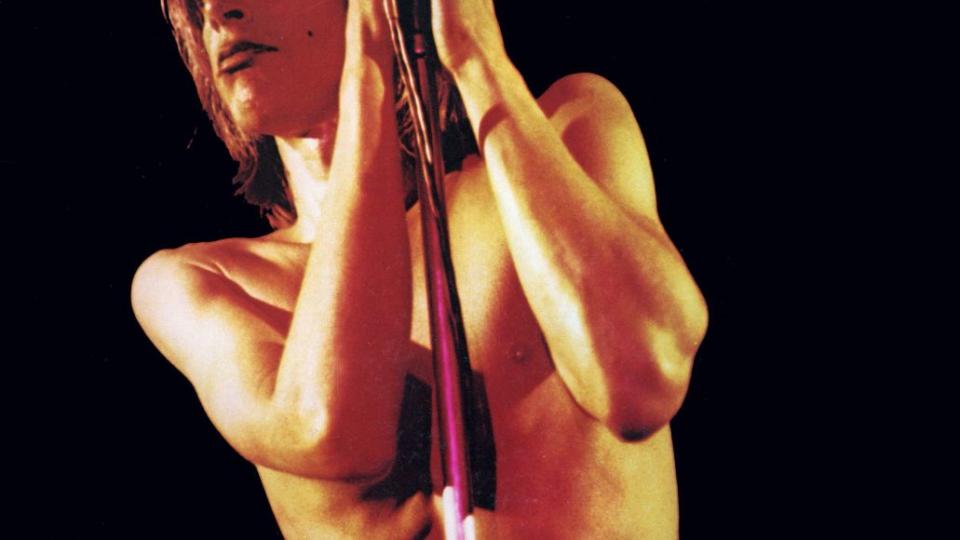
On their third album, The Stooges changed up their lineup, bringing in new guitarist James Williamson and moving Ron Asheton over to bass. Of course, they were still fronted by one of the greatest live performers of all time: Iggy Pop, the godfather of punk himself. Over 34 minutes, the Detroit rock ‘n’ roll statesman goes straight for the jugular.
Released under the band name Iggy & the Stooges, Raw Power saw the group continuing the proto-punk garage vibe of its first two albums, while offering up a more glam feel on songs like “Search and Destroy” and the title track, thanks in part to David Bowie’s final mix of the album. (Both Bowie’s management and the label had no idea what to do with Raw Power, which was likely the darkest thing they’d ever heard; Bowie exercised his star powers and mixed the record, ultimately saving it.)
The LP would prove to be one of the most influential works in rock history. Without Raw Power, there is no Clash, no Ramones, no Sex Pistols; famously, Steve Jones admitted that he learned to play by taking speed and listening to the LP. It even landed at No. 1 on Kurt Cobain’s personal list of his 50 favorite albums. — S.K.
49. Guns N’ Roses – Appetite for Destruction
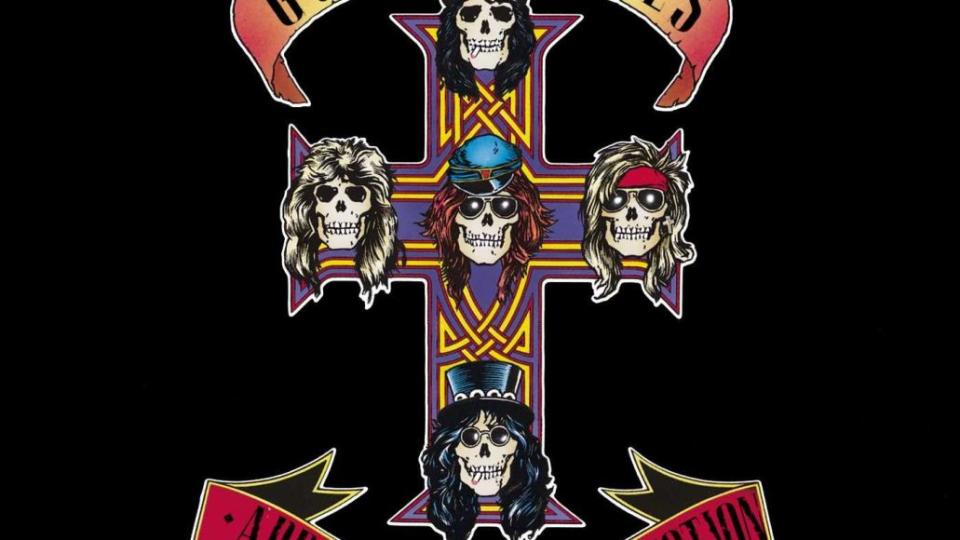
Say what you will about modern rock today, but back in 1987, people had every right to turn up their speakers and blast what we consider “oldies” today: “Welcome to the Jungle,” “Paradise City,” and “Sweet Child o’ Mine.” Oh, Guns N’ Roses… the great rock and roll tragedy.
Until the Smashing Pumpkins, there wasn’t a more depressing story in the genre. Five rock stars. The world’s greatest selling debut album. 28 million fans. They had the look, they had the sound, and they had the edge. But they couldn’t hold it together. Instead of marching on, they ran straight into the ground, spoiling just about everything that had made the band so goddamn successful from the start.
Regardless of the lineup changes or the drama that came in the years following its release, Appetite for Destruction remains absolutely flawless. It’s the type of record every rock and roll band should aspire — or at least attempt — to create. Is it timeless? Not as much as it should be, but its crossover appeal is far greater than you’d like to believe.
Think of it this way: Every night (and, no, that’s not an exaggeration), tracks off this record are not only playing on some PA, but literally moving people. Whether it’s at a sports arena; at some teenager’s house party in Oshkosh, Wisconsin; or at a hipster dive bar in Brooklyn… people still can’t get enough of this album. Hell, you’d have to pay Chuck Klosterman $5,001 to never listen to it ever again. Whether or not that’s a compelling argument is up to you. Bottom line: It’s a diamond album, end of story. — M.R. (2010)
48. A Tribe Called Quest – The Low End Theory
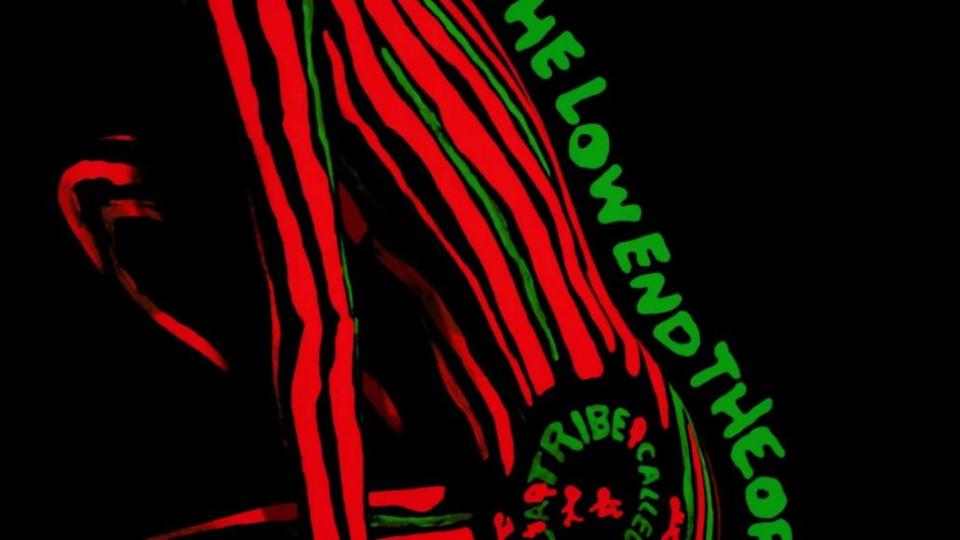
The Low End Theory is a landmark achievement. A Tribe Called Quest’s 1991 album truly ushered in the group as we know it today. The jazz samples — most notably on “Jazz (We Got)” — the combination of afrocentric and gritty rhymes, the drums that hit harder than two-day-old grits, the posse cuts, and the camaraderie between Q-Tip and the late great Phife Dawg all start here.
There is no A Tribe Called Quest without this album and, as a result, a lot of your favorite groups, like The Roots and OutKast, wouldn’t exist, either. Q-Tip and Phife’s followup to their first album went for a minimalist approach: The beats are sparse, with mostly bass, drums, and simple loops. The rhymes, while potent, are a little less esoteric than their first album too, which is attributed to Phife’s emergence. Tip’s partner in rhyme didn’t take rap that seriously during their first album, which is why he barely appears. Consider The Low End Theory him making up for time.
Whether it’s on “Butter,” “Check the Rhime,” or “Scenario,” Phife showed his value as a streetwise complement to Q-Tip’s desire to “wake up the dead” with his more conscious lyrics. They were peanut butter and jelly on wax, both needing each other for the group to truly flourish.
Of course, calling what they did on this album “flourishing” is putting it mildly. Nothing sounded like The Low End Theory. An album about the emerging AIDS crisis, date rape, Black love, the record industry, generational trauma, the plight of Black people in the early ‘90s, hopes, dreams, and disses to sucker MCs flows together fluidly. There are no contradictions, no leaps in logic, and, best of all, it’s not preachy or boring. Tip and Phife walk that line better than any group in hip-hop history on this one singular work, and music is much better as a result. — M. Shorter
47. Van Morrison – Astral Weeks
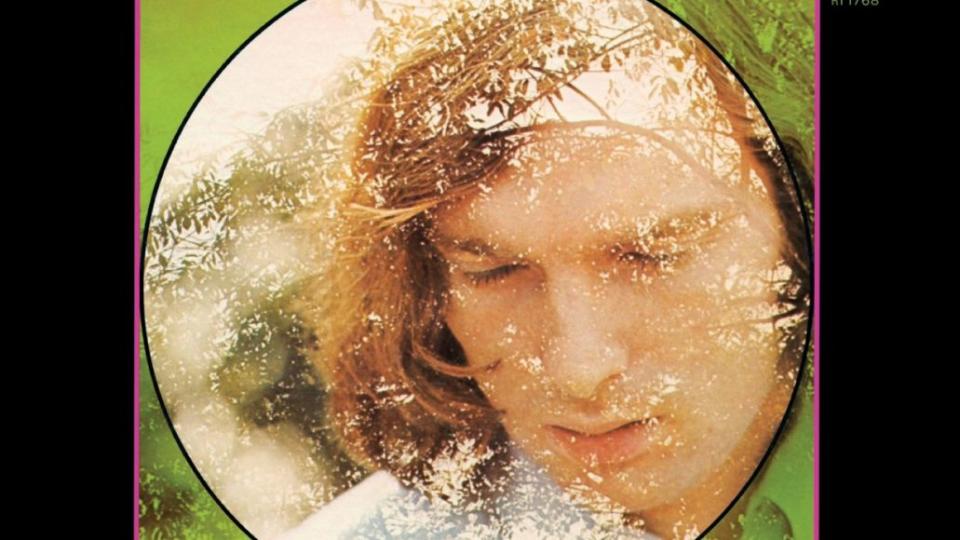
It’s hard to believe that Astral Weeks was only the second album in Van Morrison’s career. Its loose, combustible jazz sound still ranks as one of the most innovative things he’s done. But this display of the singer-songwriter’s early genius was birthed not from meticulous musical planning, but rather circumstances that were dire and stressful.
After a dispute with his record label, founder Bert Berns died of a heart attack, which his wife blamed Morrison for, going as far to try and deport him back to Europe. Morrison avoided this by marrying his then girlfriend (now ex-wife) Janet Minto and moving to Cambridge, Massachusetts with her where he worked on the club circuit, playing with a group of student musicians as his backing band.
Although he would only bring along the bass player for the recording sessions of his next album, it was in Cambridge (and from producer Lewis Merenstein) that Morrison was heavily exposed to jazz, something he was unfamiliar with at that point. The improvisational atmosphere was the perfect musical fit for Morrison’s mindset at the time. He’s stated in interviews that he was broke, tired, and simply did not know what to do. He didn’t want to think about it and he wanted musicians skilled enough to just follow him.
And thus came Astral Weeks, a gorgeous, freewheeling meditation on life and looking forward; a kaleidoscopic, sylvan soundscape focused on images and feelings rather than a coherent narrative. The only constant is the gentle strum of Morrison’s acoustic guitar as the nodding lull of the upright bass, horns, and I-didn’t-know-it-could-actually-be-cool jazz flute swirl around it, always on the verge of floating away, but preferring to stay in place to catch Morrison on his next musical shift.
His vocals are constantly morphing (a practice he would take up in later live performances), sometimes crooning, sometimes clipping the words, and sometimes not even finishing sentences at all. He floats through the optimistic, string-soaked “Madame George,” the whimsical harpsichord of “Cyprus Avenue,” through ferry boats and forests all the way until the baroque Nashville pluck of the closing title track. Morrison may have been high strung at the time, but you would never know it listening to such a dazzling and relaxed album. — D.C. (2010)
46. Nine Inch Nails – The Downward Spiral
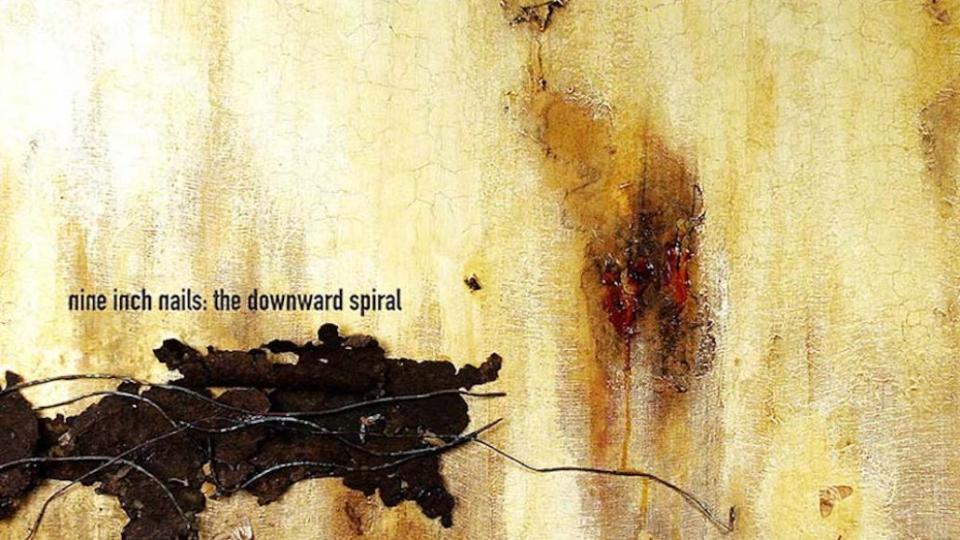
Trent Reznor has come a long way since his one-man studio band Nine Inch Nails injected 1994’s The Downward Spiral into mainstream radio. Taking some pop aesthetic from 1989’s dance-oriented Pretty Hate Machine and grinding it up with the legendary middle finger known as the Broken EP, Reznor spat out a suicidal concept record with industrial metal roots (not to mention its ’95 remix companion).
The Downward Spiral spearheaded a wave of industrial pop, nu-metal, mid-’90s alternative, and the like, all alongside a leviathan called grunge rock. While the overall sound and motivation of Nine Inch Nails and its sole creator has taken dramatic shifts post-’99, despite a “fist fuck” here and a marriage there, Trent Reznor will go down in history as Mr. Self Destruct — the man who brought us “closer to God” in so many words. On that note, you know you’re awesome when Johnny Cash makes one of your songs his own personal, unplanned eulogy. — D.B. (2010)
45. Lady Gaga – The Fame Monster

It’s glamorous, it’s Gothic, it’s the runway, it’s a dance floor — The Fame Monster is everything. Lady Gaga was in her early 20s when she dropped this modern pop masterpiece, a confident album with a clear vision. Gaga knew her destination, and knew exactly how she wanted to get there — and she succeeded.
Underneath the pastiche and glitz that defined Lady Gaga of 2009 are moments of vulnerability from our Stefani Germanotta. Throughout the album, she touches on themes around body image, autonomy, and fear, never glamorizing but often dramatizing the harder, darker parts of life. The Fame era overall was especially focused on exactly what the album title suggested — the joys and horrors of modern fame — and Gaga’s flair for the theatrical made her the perfect mouthpiece for the conversation.
Beyond the headline-making moments, though, is a great album that has persisted in relevance in the years since, and an album that laid a certain groundwork for many women in pop to follow. The opening riff to “Bad Romance” has achieved iconic status, “Telephone” saw her join forces with Beyoncé, and “Alejandro” feels as urgent now as it did then. Our Mother Monster is a storyteller, and The Fame Monster is her best tale yet. — M. Siroky
44. Miles Davis – Kind of Blue

For many people, this Miles Davis album is the jazz record. Not just “a cornerstone of any jazz collection” as critic Stephen Thomas Erlewine once wrote, but literally the best-selling jazz record of all time, a genre-defining achievement unlike no other. No wonder it’s become so influential, especially for how it serves as a platonic ideal of modal jazz, a style that Davis had worked with prior to recording Kind of Blue, but perfected here.
Said perfection stems directly from how elegantly this approach allows the improvisation between musicians: The opening track, “So What,” feels like a warm bath before Davis’s trumpet electrifies Bill Evans’ piano work and Jimmy Cobb’s steady drumming, while the four subsequent songs build upon that blending of sound, the journey into this sultry world concluding with the haunting and wistful “Flamenco Sketches.”
What’s magical about revisiting Kind of Blue today is that it still hums with life, each moment playing as organic and vibrant as the day it was recorded over 60 years ago. Davis and his band, in their minute imperfections, feel alive and real as you listen. The genre of jazz comprises multitudes, but this masterpiece remains one of its pinnacles — a perfect album to curl up with on a rainy day, for as long as rain continues to fall from the skies. — L.S.M.
43. Bob Dylan – Blood on the Tracks

Drawing from the dissolution of his marriage to Sara Lownds, Blood on the Tracks is commonly held to be Bob Dylan’s great breakup album, and therefore viewed as the wily bard’s most vulnerable statement. Sure, there’s blood here, but there’s little evidence of a bleeding heart. While Dylan has referenced the album’s “pain,” the album’s success and everlasting influence is not due to raw revelation. Instead, Blood’s power stems from the masterful metabolization of an artist’s experiences into musical stories that feel timeless.
Dylan’s 15th studio album marked his first as sole producer, and the tone is sustained over a surprising range of folk-pop tunes. Recorded in New York in fall 1974, Blood’s release was delayed while Dylan re-recorded five of the tracks over two days in Minneapolis with locally recruited musicians. Released to mixed reviews, Blood ultimately reached No. 1 on the Billboard 200 chart and was viewed as a comeback and a push beyond Dylan’s role as the voice and pariah of the ’60s folk movement. It remains one of his best-selling and most critically acclaimed albums.
Though Dylan denies writing “autobiographical” songs, Blood does channel a personally tumultuous and expansive year for him. Dylan had taken art classes with painter Norman Raeben, whom he credited with renewing his capacity to write songs by teaching him “how to see.” The resulting album reflects this shifted perspective and a sense of “no time” (“You’ve got yesterday, today and tomorrow all in the same room,” he told Mary Travers in a 1975 interview).
Dylan approached songs like paintings, “where you can see the different parts but then you also see the whole of it.” This tapestry effect is illustrated in “Tangled Up in Blue,” an enduring five-and-a-half-minute epic that unfurls tales of searchers, intrigue, and tenderness over a brightly rolling acoustic current. By turns, Blood is accusatory and lamenting, mythical and mystical, rollicking, funny and even sexy. It’s the album modern listeners reach for most readily, because it doesn’t sound like a souvenir from a failed counterculture or obscure outsider Americana — but it does sound like Dylan.
Jakob Dylan has famously described this album as “my parents talking,” but what makes Blood great is how Dylan transformed deep interiority into stories we can enter and return to. — K.M.
42. AC/DC – Back in Black
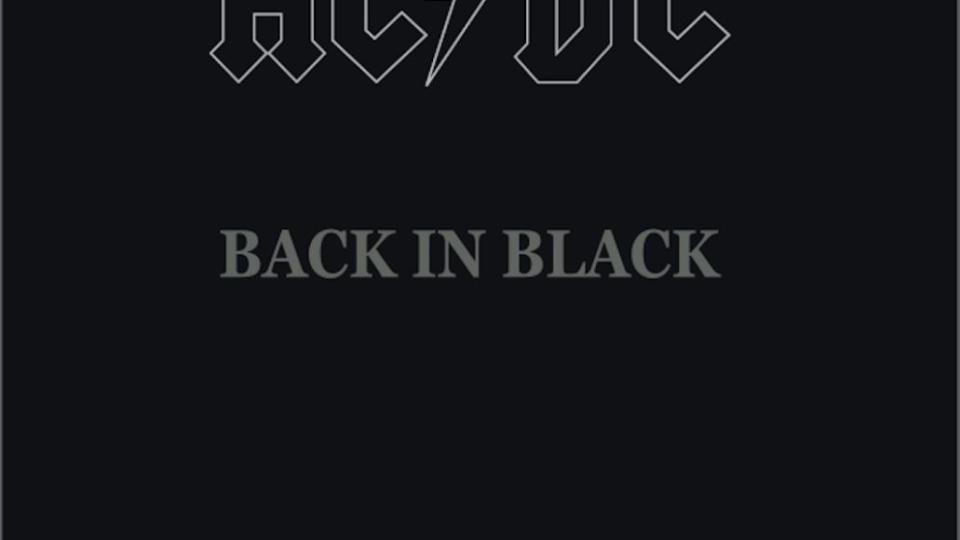
AC/DC’s return after the death of inimitable frontman Bon Scott is one of the greatest comeback stories in rock history. Coming off the release of their most successful album, 1979’s Highway to Hell, the Australian band admirably trudged forward, enlisting singer Brian Johnson to fill Scott’s seemingly unfillable shoes. With a voice like gravel and swagger to boot, Johnson was a perfect fit. Yet this new iteration of AC/DC still managed to sound distinct while retaining their core identity as world class hard-rock riffers.
Helping in this transition was producer Robert “Mutt” Lange, who helmed Highway to Hell and returned for 1980’s Back in Black. Lange’s penchant for sonic perfection and pop accessibility would keep the wheels moving, as heard on the triumphant title track and lead single. Few recorded riffs have proven catchier, with axeman Angus Young peppering blues runs between massive power chords. You couldn’t have chosen a better song to introduce Brian Johnson. In a gutsy move, the lyrics are eerily self-referential (“I’m let loose/ From the noose/ That’s kept me hanging about”) and Johnson snarls ‘em with intent.
AC/DC would also notch hits with the ominous opener “Hells Bells” and the unabashedly sleazy “You Shook Me All Night Long.” A testament to Back in Black’s lasting legacy, these songs remain ubiquitous across algorithm playlists, dive bar jukeboxes, and FM rock stations. — J.H.
41. JAY-Z – Reasonable Doubt
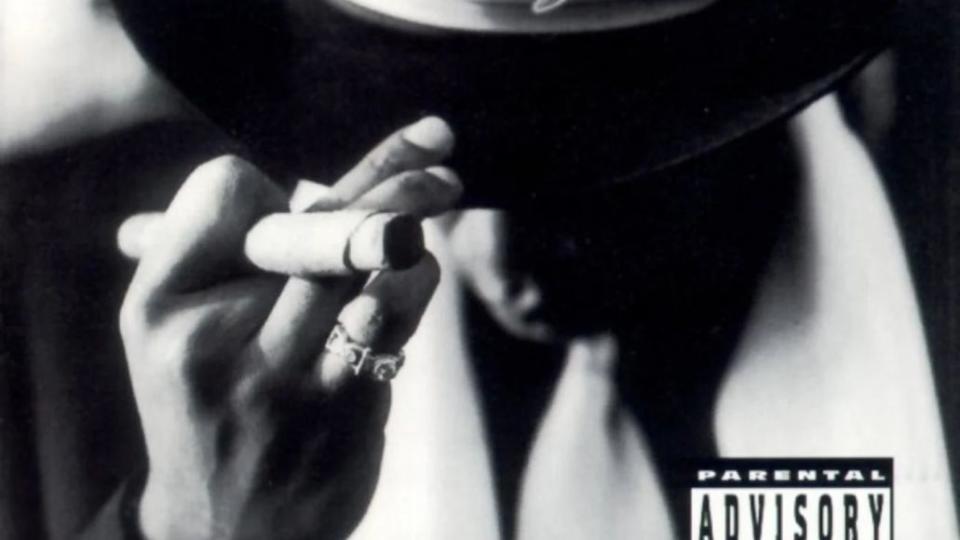
After failing to find a label and deciding to start his own, JAY-Z — along with his Roc-A-Fella Records partners Kareem “Biggs” Burke and Dame Dash — had plenty to prove with his debut album, Reasonable Doubt. Not only did the trio have to create buzz around the LP on their own, but the rapper had to make a name for himself in a packed East Coast hip-hop scene led by The Notorious B.I.G., Nas, Mobb Deep, and more.
Putting his own spin on the burgeoning subgenre of mafioso rap, Reasonable Doubt finds JAY-Z switching up his flow and upping his lyrical game with complex rhyme schemes, witty punchlines, and vivid storytelling. Throughout the album, the Brooklyn native makes a concerted effort to go beyond the freestyle expertise of “22 Two’s.” In contrast with the effortless cool of tracks like “Can’t Knock the Hustle” and “Dead Presidents II,” he addresses the psychological toll of the streets on “D’Evils” and “Can I Live.” Meanwhile, “Brooklyn’s Finest” sees him matching Biggie rhyme for rhyme — proving in the process that he belongs in the upper echelon of New York MCs.
When paired with production from New York City stalwarts DJ Premier, DJ Clark Kent, and Ski Beatz, Reasonable Doubt was an instant classic. If the plan actually was to put out the record and walk away on top, it was a resounding success. Nearly two decades later, JAY-Z himself ranked it as his best album. — E.F.
40. Pixies – Doolittle
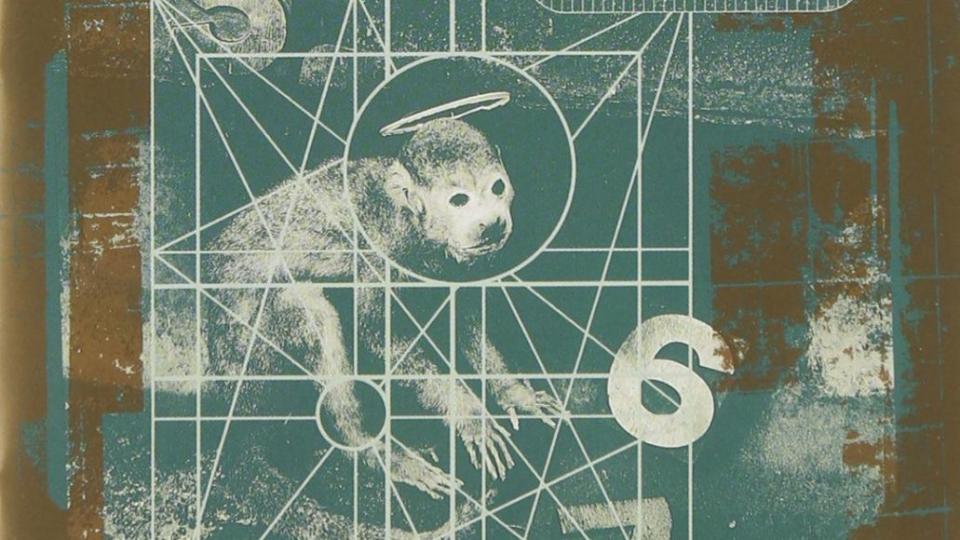
Try to ignore the Pixies’ false obscurity as that little ’80s indie band everyone knows about. Try to ignore their play-count in Kurt Cobain’s tape collection and the “Where Is My Mind” Fight Club appearance now lost to the annals of pop culture. Once you can ignore all that, you’ll listen to the lyrics and opening chords of “Debaser” the same way Kurt did — as playfully diabolical power pop perverting Salvador Dali’s surrealist film Un Chien Andalou.
And “Debaser” is just the tip of the iceberg. “Here Comes Your Man,” “Tame,” “Monkey Gone to Heaven,” and every other two- to four-minute gold nugget on Doolittle find a comfortable balance between angry distortion and some of the bounciest sunshine music this side of flower power. Lead single “Here Comes Your Man” was so accessibly happy, in fact, that when asked to play it on The Arsenio Hall Show, the band refused, opting to play the more abrasive “Tame.” (The show subsequently reneged on their plan to have the Pixies on.)
Doolittle moves almost imperceptibly. It jigs, jumps, and jives… and by now, everyone knows why. — E.V.B. (2010)
39. Taylor Swift – 1989
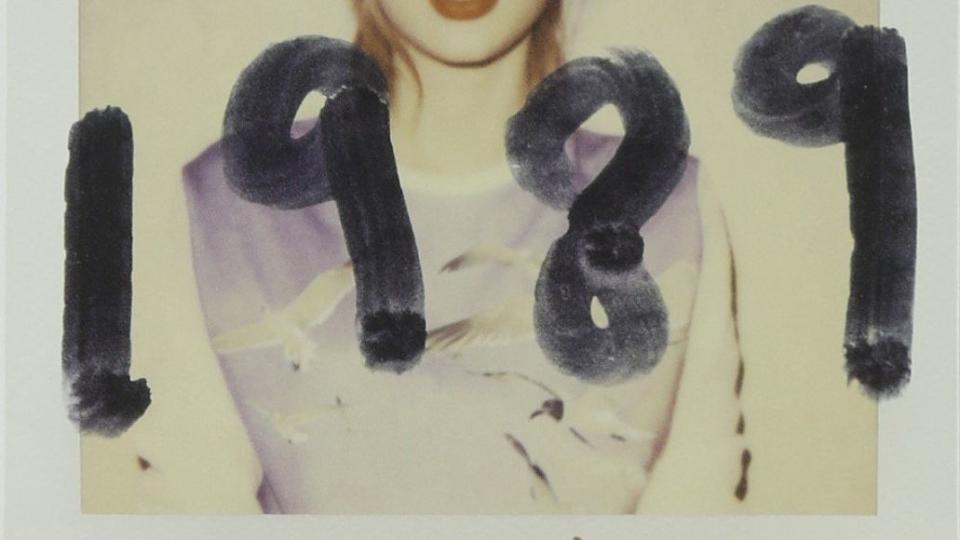
Taylor Swift’s metamorphosis into a full-fledged pop star reached an apex with 1989. In a sense, Swift eased her longtime listeners into it; while her discography to date at that time had pulled plenty of pop touches into her modern country sound, 1989 officially left the cowboy boots behind and began a glittery new adventure.
There’s a great flow to 1989 — Swift had relocated to New York City during the writing and production of the record, and there’s a throughline of youthful freedom connecting each track. One of Swift’s great gifts as a writer has always been her ability to make listeners and fans feel like her close friends; she’s sharing her diary with us, whether it’s in the exuberance of opener “Welcome to New York,” the bliss of “Style,” or the yearning of “Wildest Dreams.”
There’s also a maturity to 1989, with Swift starting to write about love in a more existential way than she had on some of her previous albums. There’s less short-term frustration and more wistfulness, giving the record a vaguely timeless quality. It’s one that’s worth returning to again and again — and one that we will presumably have a great excuse to return to not too long from now, since as of this writing, we are still awaiting Taylor’s Version of 1989. — M. Siroky
38. Paul Simon – Graceland
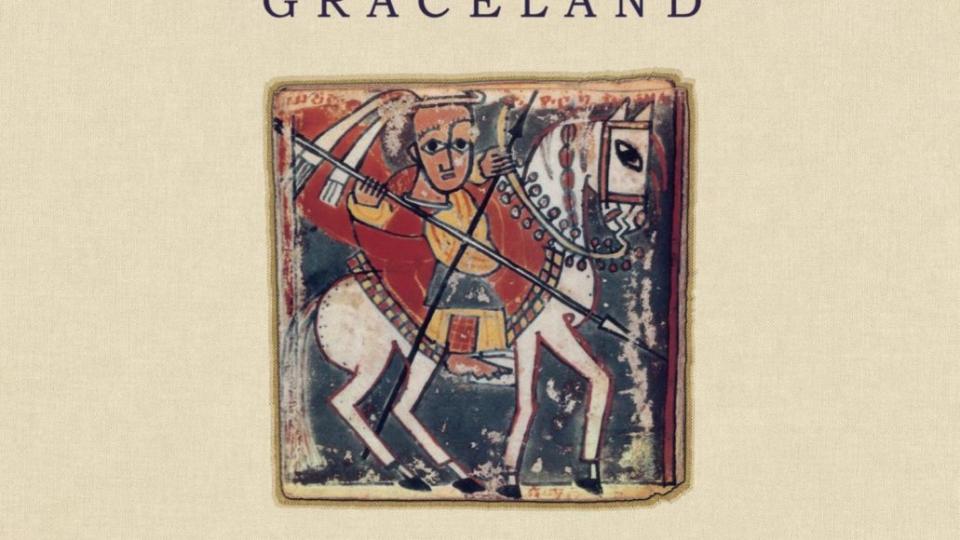
When Simon and Garfunkel broke up in 1970, there was little doubt that Paul Simon would go on to have a successful solo career. His angelic-voiced partner Art Garfunkel had little part in writing the songs, and it was apparent from Simon’s own pleasing vocals that he could do it all on his own. Simon’s first solo album, Paul Simon, was a critical success and showed that he could dabble in alternative cultural music styles such as reggae.
This curiosity and willingness to explore other types of music eventually led Simon to create the greatest album of his career, the Grammy-winning Graceland. Instead of the Jamaican, Puerto Rican, and gospel-influenced beats from his previous albums, Graceland was conceived after Simon visited South Africa and soaked up the pulsing flavor of the country – even if it meant breaking the apartheid-induced cultural boycott.
Influenced by the many different musical styles of the area, such as isicathamiya and mbaqanga, Simon took these local sounds and successfully matched them to his trademark songwriting. He recorded with African artists Ladysmith Black Mambazo and Okyerema Asante, and US staple Linda Rondstadt, creating an explorative and unique album unlike any the world had heard before. It went on to be highly influential in the pop-rock world; one look at Vampire Weekend and you can see where the connection lies. — Karina Halle (2010)
37. OutKast – Stankonia
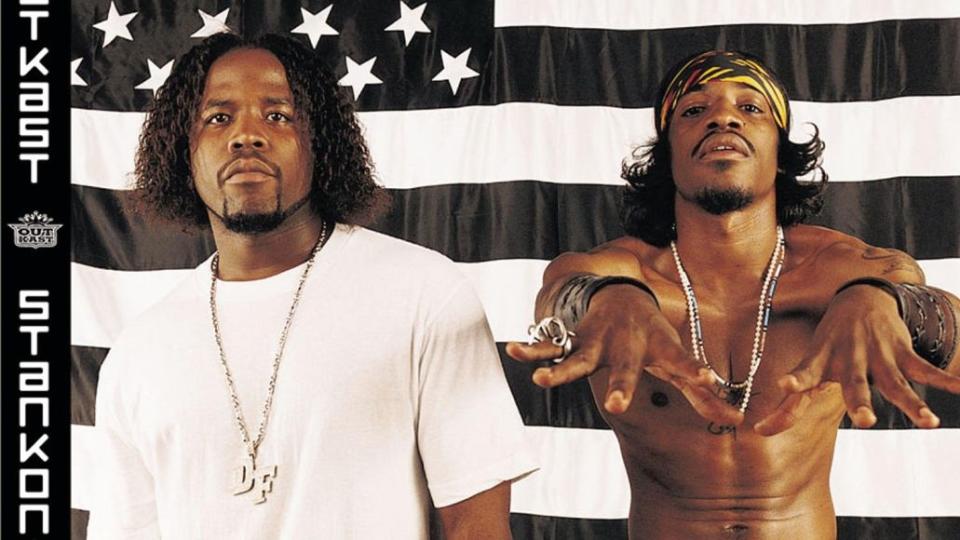
It is no small feat to craft a 24-track, 73-minute album with no skips. But that’s exactly what André 3000 and Big Boi managed to do in 2000 with their fourth album, cementing the duo as the coolest motherfunkers on the planet and expanding OutKast’s impact far beyond the world of hip-hop. Sure, it’s got hits — “Ms. Jackson,” “B.O.B.,” and “So Fresh, So Clean,” to name a few — and was certified platinum four times.
However, Stankonia is no mere collection of singles. It’s a fully realized universe unto itself, unafraid to hop from rock to drum-and-bass to Dirty South beats and back again, with imaginative-yet-concise skits providing the LP with its connective tissue.
Beyond its sonic inventiveness, Stankonia covers a lot of thematic territory. It’s overtly political without becoming preachy, and feels simultaneously grounded in Atlanta and untethered to our solar system. In other words, it’s a Southern hip-hop record with interstellar ambition. And while OutKast are generous in sharing the spotlight with collaborators like Killer Mike, Erykah Badu, Cee-Lo, and many others, Stankonia is first and foremost a showcase for its two central MCs.
Before Stankonia, André 3000 and Big Boi were hip-hop heavyweights. After Stankonia, they’ll forever be known as artistic powerhouses. — S.D.
36. Fiona Apple – The Idler Wheel Is Wiser Than the Driver of the Screw and Whipping Cords Will Serve You More Than Ropes Will Ever Do
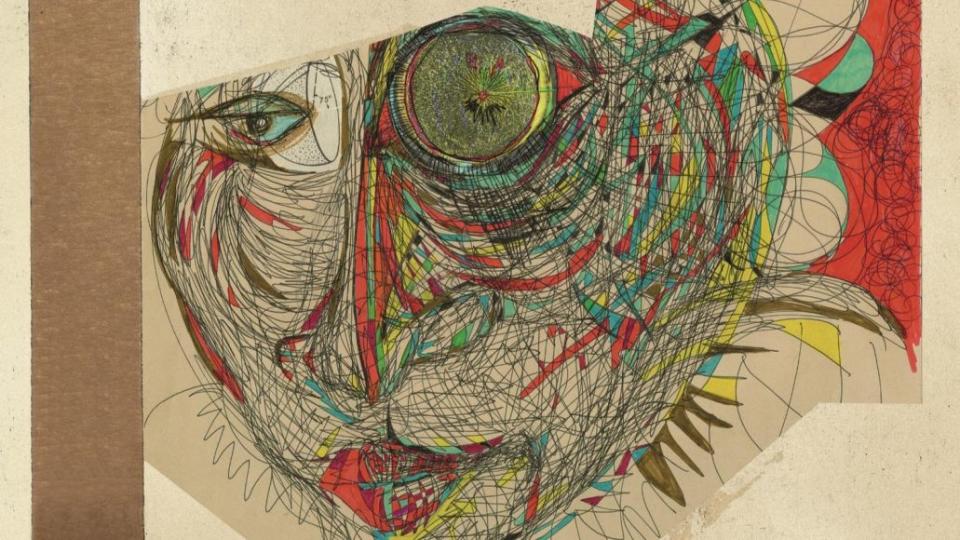
“I just wanna feel everything,” Fiona Apple coos on “Every Single Night,” the sparkling opener to her fourth studio album, the interminably named (deep breath) The Idler Wheel Is Wiser Than the Driver of the Screw and Whipping Cords Will Serve You More Than Ropes Will Ever Do.
Across the entirely-acoustic project, Apple does just that: She captures the loneliness of self-destruction (“And now I’m hard, too hard to know”), the fury of coming face-to-face with those who have hurt you most (“But now I ran out of white doves’ feathers/ To soak up the hot piss that comes from your mouth/ Every time you address me”), and the terrifying excitement of finding someone who can reach to your core (“If I’m butter, then he’s a hot knife”).
Recorded almost exclusively with her touring drummer Charley Drayton, The Idler Wheel… does a lot with relatively little. Its credits include “truck stomping,” “vocal strings,” “dance partner,” and “thighs,” to name a few; nowadays, those oddities are what we’ve come to expect from Apple, but they give this album an endearing natural quality that only further cements her musical ingenuity. If you’ve ever found yourself wanting to feel everything, too, then The Idler Wheel... is an efficient catalyst. — A.J.
35. Neil Young – After the Goldrush
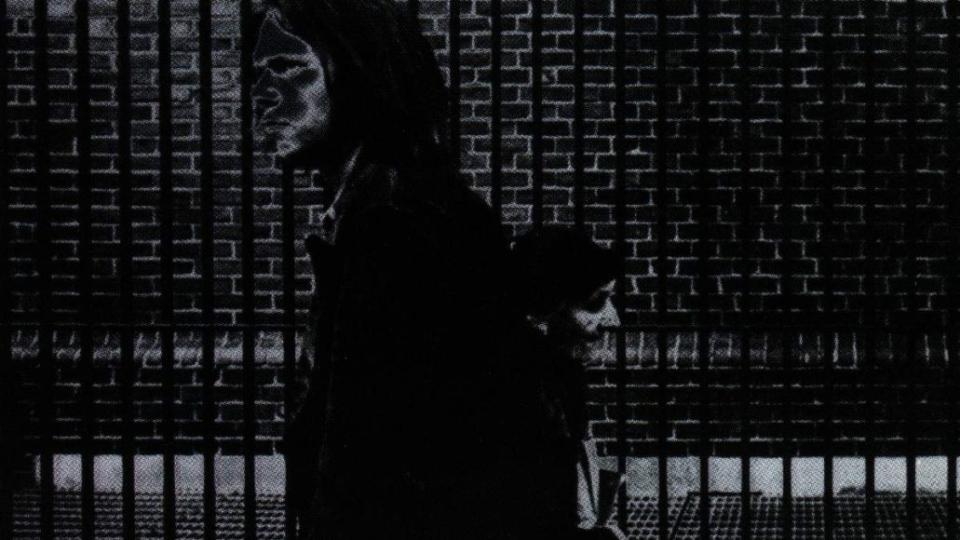
Neil Young was a busy man in the late ‘60s and early ‘70s. After recording three albums with his first band, Buffalo Springfield, he struck out on his own — only to join another group, Crosby, Stills, Nash & Young, after two solo albums. That didn’t hinder his solo output though – in fact, his best solo album came the same year that CSN&Y put out their first album. After the Gold Rush was not immediately universally recognized as a brilliant album, but over the years, even initial naysayers have changed their mind.
The entire album is full to the brim with classic songs of heartbreak and mystery. From the hard rock of “Southern Man” and the balladry of “Birds” to the twangy folk of “Cripple Creek Ferry,” there’s something for fans of every side of Neil Young on After the Gold Rush. Some of Young’s best songwriting can be found here as well, from the otherworldly title track to the always-poignant “Only Love Can Break Your Heart.”
While Young has had a long and storied career filled with multiple near-perfect albums, this one stands above the rest as his absolute masterpiece. — C.O. (2010)
34. Wu-Tang Clan – Enter the Wu-Tang (36 Chambers)
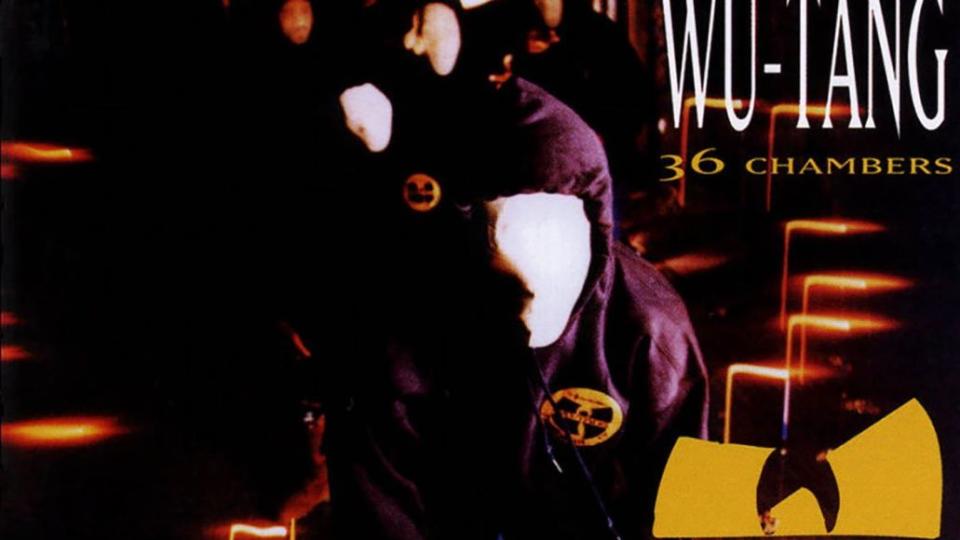
The definitive Bible of underground hip-hop, no album was rawer, grittier, or better-crafted than Wu-Tang Clan’s opus, Enter the Wu-Tang (36 Chambers). They were a group to fear (after all, they knew karate) and made it known in the first 20 seconds of “Bring Da Ruckus.” On the opening track, Wu-Tang sounds like they’re begging you to bring on the heat, because they know as a collective crew, they could hold together through anything.
This album showed the kind of ethic they would keep for the rest of their careers both on group and solo efforts. The way Raekwon and Ghostface trade off lines together on “Can It Be All So Simple” is some of the finest swapping in hip-hop. The flow and beat from Inspectah Deck and RZA on “C.R.E.A.M.” will forever stand as one of hip-hop’s finest lyrical and production achievements.
Not to mention the raw and fantastic verses spit by legends Ol’ Dirty Bastard on “Shame on a Nigga” and Method Man on his biographical track stand as some of the best rhymes in hip-hop to date. Wu-Tang created an empire, and this was the first and most essential brick within it. — Ted Maider (2010)
33. Rage Against the Machine – Rage Against the Machine
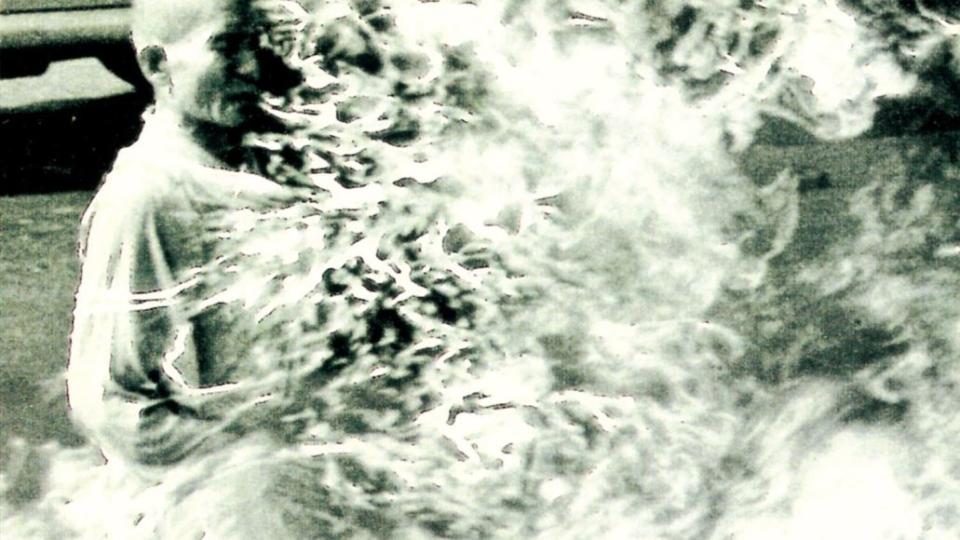
The ’90s were a decade in which rock and hip-hop became not just ubiquitous, but mediums that allowed for collective catharsis and railed against the status quo. No album was more in service to these ideas than Rage Against the Machine’s self-titled debut, which combined both genres in a furious and poignant cocktail. Four Los Angeles-dwelling punks had met with a clear mission in mind: Take full-throttle rock music with notes of heavy metal, funk, and blues and let frontman Zack de la Rocha spit fierce, politically charged bars above it. Little did they know, their experiment would take them to the highest pantheon of rock music, and it would speak urgently to audiences all around the world for decades to come.
Tom Morello’s guitar work was alien to nearly every other rock band on the planet, as he constantly searched for the most unconventional ways to solo and reinvent the idea of a rock guitarist. The interlocking grooves of bassist Tim Commerford, drummer Brad Wilk, and Morello created a full-bodied instrumental sound, making the simplest blues riffs come across as powerful, awe-inducing hooks. Meanwhile, de la Rocha’s prescient meditations on police brutality, the caustic nature of capitalism, and global unrest as a result of deep power imbalances were thought-provoking and, of course, rage-inducing.
The profound influence of Rage Against the Machine is clear in the way that rap and rock became inseparable through the post-grunge and nu metal genres, and in the overall landscape of political music in the last 50 years: There was nothing like it before, and nothing would be the same afterwards. As our society continues to lament the same exact topics that Rage Against the Machine stood for dismantling on their self-titled collection and beyond, there’s still no other album that is as successful at validating our own rage. — P.R.
32. The Beatles – The Beatles

Detractors often call The Beatles an overstuffed mess. In this accusation, they are entirely correct. It is an overstuffed mess. That’s why it’s great. Sure, you could pare the tracks down to a dozen or so classics; “While My Guitar Gently Weeps” and “Blackbird” alone would certainly hold up any single album.
Do so, though, and you lose what makes The Beatles special. The other songs, the non-classics, give the White Album its unique character. From Harrison’s hippie harpsichord on “Piggies” to Lennon’s horndog howl on “Everybody’s Got Something to Hide Except Me and My Monkey,” you can’t lose a single moment without making the rest collapse. The confounding moments, the ones that only work in context, lift the album from pop to art.
Taken alone, the ambient-noise of “Revolution 9” seems like a sick joke, but in context the joke makes perfect sense. You can’t explain it, but somehow you know why it’s there. The Beatles is the sound of the biggest band ever breaking all the rules. It’s a messy process. — Ray Padgett (2010)
31. Metallica – Master of Puppets
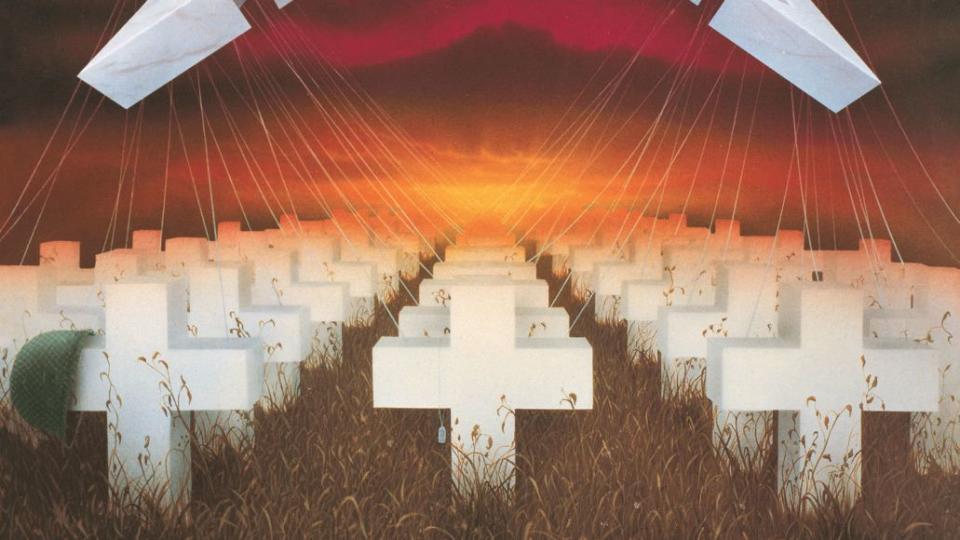
Metallica followed a defined trajectory to reach the creative zenith that would be Master of Puppets. The scrappy 1983 debut Kill ‘Em All led to the more refined thrash of 1984’s Ride the Lightning, featuring cleaner production and more mature and grandiose songwriting.
By this point, guitarist/vocalist James Hetfield, lead shredder Kirk Hammett, bassist Cliff Burton, and drummer Lars Ulrich had already played together for a handful of years. The chemistry had become symbiotic. Returning to the studio in 1985 with producer Flemming Rasmussen, Metallica now possessed the physical ability to write and execute songs that were even more ambitious and technical than those found on Ride the Lightning.
This is best exemplified by the epic title track; tapping into influences such as Rush and Diamond Head, the song twists and turns for nearly nine minutes, weaving full-bore riffs and proggy chord progressions into a thrash tapestry that vies to be the greatest thrash song ever recorded (its recent use in Stranger Things has only amplified that legacy). Other album highlights such as the blitzing “Battery” and “Disposable Heroes” push to sonic extremes rarely heard at the time.
There’s never a dull moment, and every part of every track comes off as considered. Balancing aggression with thoughtfulness, Master of Puppets stands as a landmark achievement that would elevate thrash — and heavy metal as a whole — to a higher artistic plane. — J.H.
30. Kanye West – My Beautiful Dark Twisted Fantasy
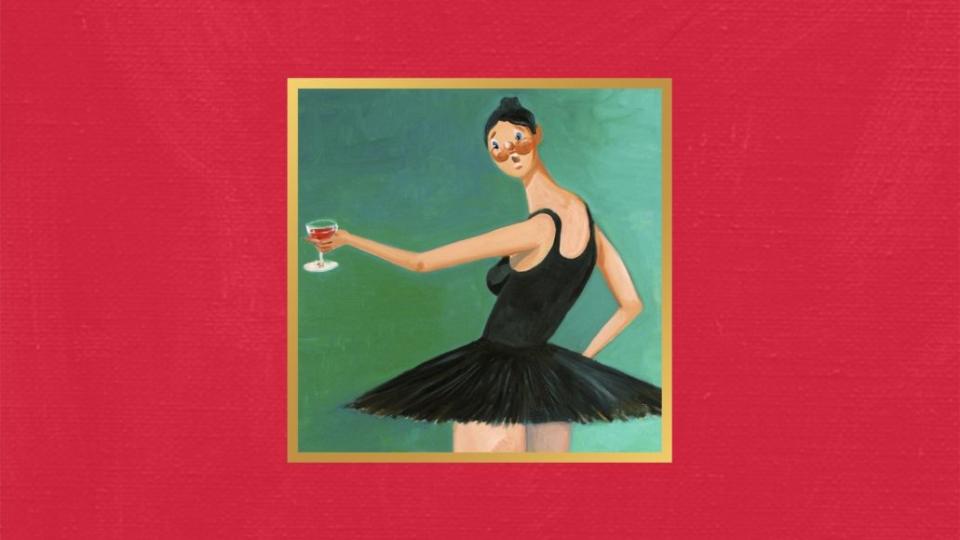
In the 12 years since its release, the discourse surrounding My Beautiful Dark Twisted Fantasy has almost been as grandiose as the music itself. Writers have searched for the proper adjective to describe the eclectic production, settling on words like ambitious, opulent, groundbreaking, world-beating – all of them fitting. Lyrically, the psychic drama between Kanye’s limitless narcissism and hopeless insecurities has been dissected with voracious interest. Meticulous enumeration of the album’s samples has led to universal acclaim for Kanye’s talent for aggregation.
Conceived during Kanye’s self-imposed exile in Hawaii following the infamous 2009 VMAs, the album’s creation has become a legendary tale of artistic redemption. With the release of MBDTF, Kanye’s career arc and development as an artist became as meme-able as it was mythic, as troubling as it was venerable. Many commentators have even suggested that Kanye’s totalizing ambitions subsume the digital age’s overstimulated and insatiable spirit.
But taking a step back from all this critical fanfare, it’s worth lingering for a moment simply on how it feels to listen to the album. Behind, within, and around that mostly-red, often-pixelated album cover is a sonic universe that is astonishing in its coherence despite its textural and tonal volatility. Through all the mix-matched samples, all the collaborators, all the vocal manipulations, there is always the sense of some transcendent power hidden behind the tapestry, giving order to the madness.
Few albums possess this same quality to a similar degree, and perhaps this feeling is what drives so many listeners to obsess over the details, trying to access this realm beyond. — C. Sun
29. Pink Floyd – Dark Side of the Moon
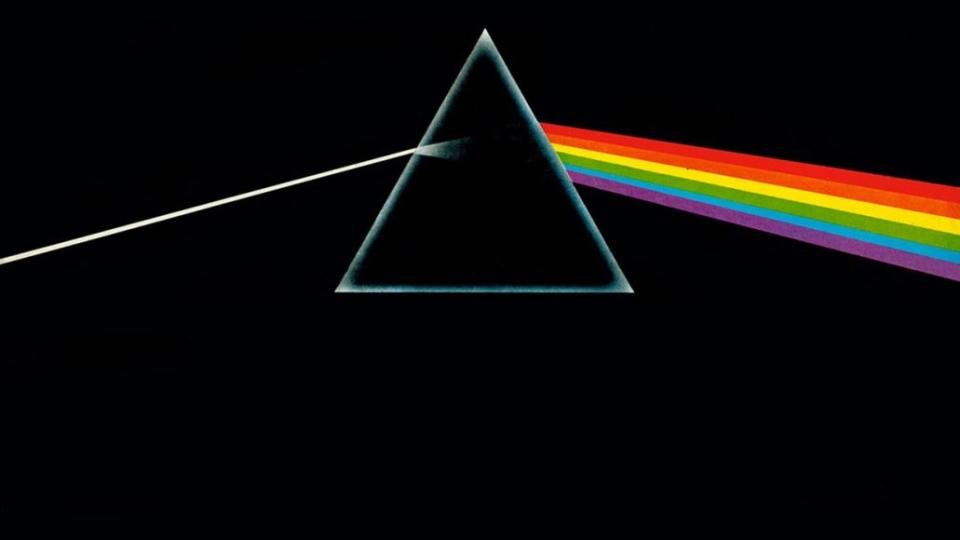
When it comes to sonic exploration and experimentation, Pink Floyd picked up where The Beatles left off, and eclipsed them. Dark Side of the Moon expanded music beyond the ears and — as corny and psychedelic as it sounds — into the mind. The cinematic, surround-sound experience of the album puts you directly into the music. Floyd’s sublime compositions layered with thought-provoking interview clips and sound effects create a unique and never-before-heard soundscape. All you have to do is close your eyes and your mind takes you into a dark and eerie montage of the human condition — terrifying, moody, cynical, and heart-wrenchingly beautiful.
The album is an unsurpassed listen. To this day, few records are as well conceptualized and as tightly produced — especially when it comes to an experimental album. Floyd and producer Alan Parsons pushed the audio technology of the time to the brink, and freed music beyond passive listening and into a full immersion of sound. What’s made Dark Side such a lasting album, beyond all this technical and aesthetic praise, is that it also contains some of the best rock singles of all time. “Money,” with its funky bass line, biting lyrics, and distinct sound collage, is immortal. “Time” and “Brain Damage” set the bar for how complex you could make a successful pop song. Without them, there would be no OK Computer, no “Karma Police.”
Anyone who writes off Dark Side as merely stoner music has clearly never listened to it. The sonic landscapes it paints are so lush and moody it’s no wonder that potheads frequently frolic in them, but the concept is so much bigger. On Dark Side, Floyd documents the fragility of the human mind in the modern world — tormented by societal contrivances and the futility of running against time (“All you touch and all you see is all your life will ever be”). It’s an unbroken, continuous body of music, starting with heartbeats and ending with heartbeats.
From start to end, when the last beat fades out, you know you’ve gone on a profound journey and each time you hear something new. The album’s connection with listeners is profound, but if the proof is in the numbers, observe this: Dark Side of the Moon is the longest-charting album in history. — C.B. (2010)
28. Missy Elliott – Supa Dupa Fly
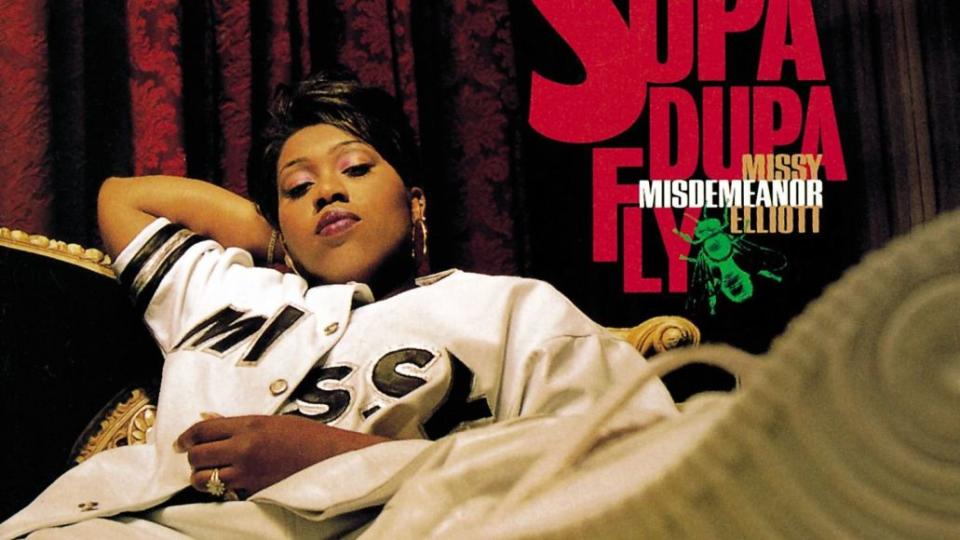
Hip-hop found itself in a transitional period in the summer of 1997. Still mourning the losses of Tupac and the Notorious B.I.G., the music was in stasis as it figured out how to move on not just from the passing of two titans, but all of the negativity that surrounded their deaths, perceived or real. Then along came Missy Elliott with Supa Dupa Fly as the answer.
Twenty-five years ago, Missy’s first album was from another planet; it still sounds otherworldly today. Timbaland opted to create his own sound, rather than adopt the dominating styles of California G-Funk or New York boom bap. His drums hit just as hard as DJ Premier’s or RZA’s, but he used natural sounds like crickets chirping and grooves that echoed Parliament and Earth, Wind & Fire.
The real star of the show, of course, was Missy. Ms. Elliott, who started life as a rapper, showed how adept she was at switching between rapping and singing, doing whatever the track called at any given moment. Don’t be fooled by the simplicity of “The Rain (Supa Dupa Fly)”; Missy can spit.
Like her then-labelmate Ol’ Dirty Bastard, there was no father — or mother — to her style. Missy didn’t sound like Lil’ Kim, Foxy Brown, MC Lyte, or any of her contemporaries. Supa Dupa Fly shows her using her voice as an instrument. Instead of rapping over songs, she’s rapping with them, which is a big difference. Missy not only created a template that most of today’s rappers follow, but she allowed an entire genre to see the light during its darkest hour. — M. Shorter
27. Michael Jackson – Thriller
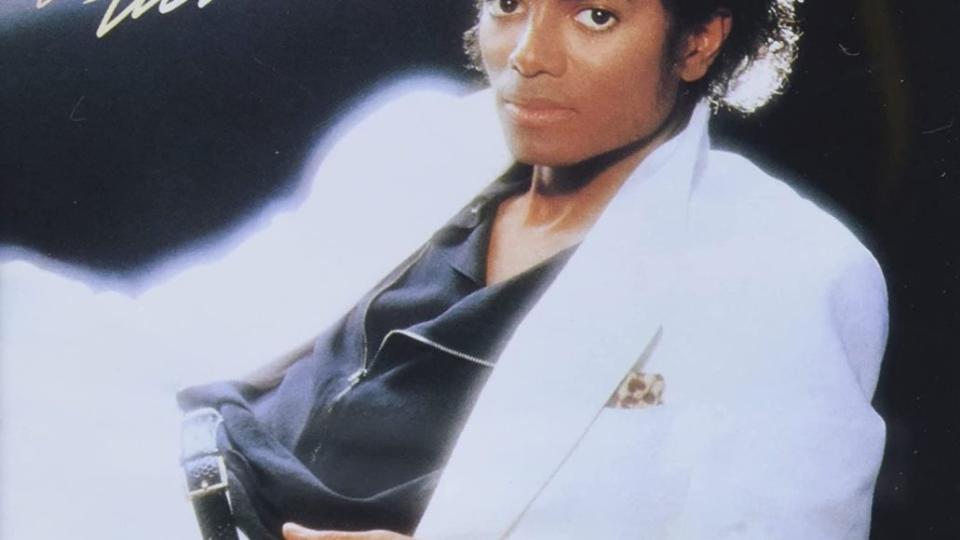
Legacy in the era of cancel culture is a funny thing. Despite controversy (itself controversial due to acquittals and contested documentaries), Michael Jackson has remained largely immune: The Tony-winning MJ: The Musical premiered at the end of 2021. Hardly a wedding goes by without a Jackson jam on the playlist. You can barely walk through a public space without hearing a familiar tune. But there’s an uncomplicated reason he remains a pop icon to many: The music is simply unassailable.
Thriller is a flat-out classic, its nine tracks spawning seven Top 10 singles. There’s collaborations with Paul McCartney (“The Girls Is Mine”) and Eddie Van Halen (“Beat It”). There’s the song that gave us the moonwalk (“Billie Jean”), and the one that revolutionized the music video (“Thriller”). Within this one collection, Jackson managed to transform multiple aspects of pop culture; it even led to “Weird Al” Yankovic’s first Top 40 hit with the “Eat It.” Calling the record a “force” undersells how deeply impactful it was — and is.
There’s a reason this is the greatest selling album of all time by a whopping 20 million copies: It’s a hit-filled wonder of pop art. — B. Kaye
26. The Ramones – Ramones
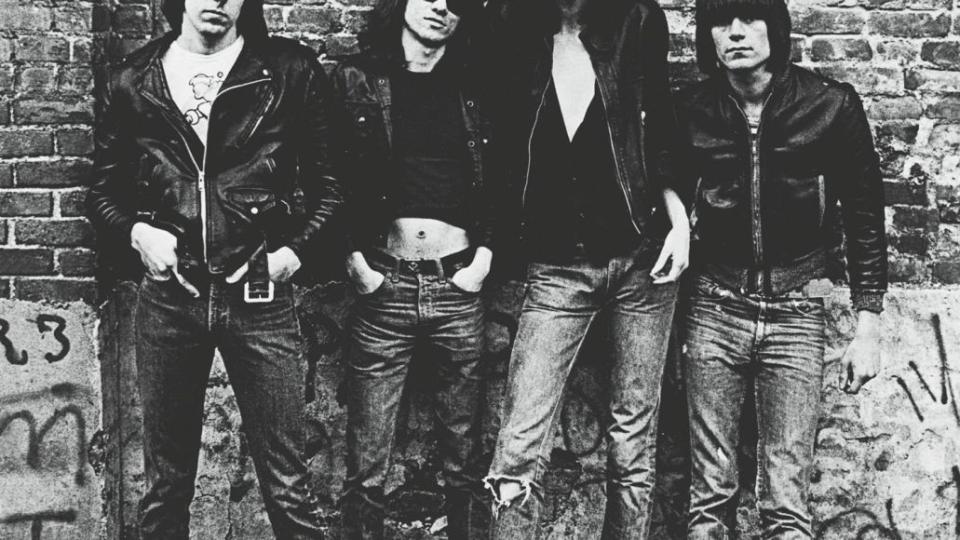
The Ramones were the first true punk band, and their 1976 self-titled debut was the first true punk album. That alone should be enough to land it on this list, but the fact of the matter is that it’s also a killer album from front to back. Kicking off with the sing-along anthem “Blitzkrieg Bop,” and featuring such other classics as “Beat on the Brat,” “I Wanna Be Your Boyfriend,” and “53rd & 3rd,” among others, The Ramones packs 14 songs into 29 minutes of pure punk bliss.
While in-fighting would afflict the band throughout its history, the chemistry between Joey, Johnny, Dee Dee, and Tommy on their first album is undeniable. Very few albums are credited with starting a musical revolution, but this is definitely one of them. — S.K.
25. Public Enemy – It Takes a Nation of Millions to Hold Us Back
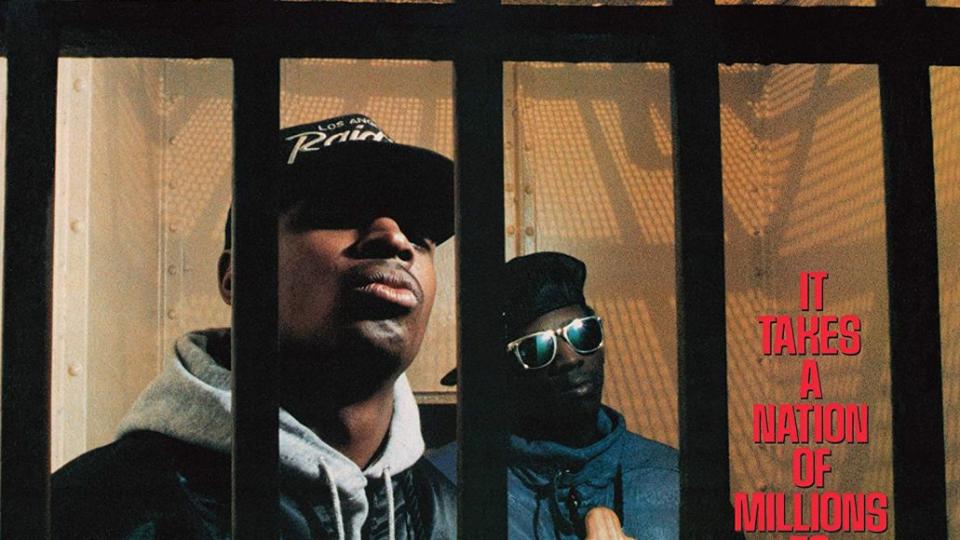
Music, as we know it, has its origins at least partially rooted in a revolutionary soil. And Public Enemy’s sophomore record, It Takes a Nation of Millions to Hold Us Back, is one of music’s all-time great political game changers. With this record, Public Enemy single-handedly changed the idea of what a hip-hop group and rap album could be, influencing an entire generation of socially conscious youth in the process.
Chuck D booms like a play-by-play sportscaster, while hype man extraordinaire Flavor Flav manically interjects on driving tracks like “Bring the Noise” and “Don’t Believe the Hype,” which are equal parts PSA and house party. Chuck D is backed by the Bomb Squad’s innovative production, which samples everything from funky James Brown horns and drums to spoken-word clips of Malcolm X and Louis Farrakhan.
On “Black Steel in the Hour of Chaos,” Chuck D details a fictitious prison escape over a teetering Isaac Hayes piano sample; it’s a bone-chilling commentary on the effects of both American racism and the country’s prison system. Chuck D, perhaps, said it best: “Hip-hop is the CNN of the black community, and nobody broadcasts louder than Public Enemy.” — M.M. (2010)
24. Black Sabbath – Paranoid
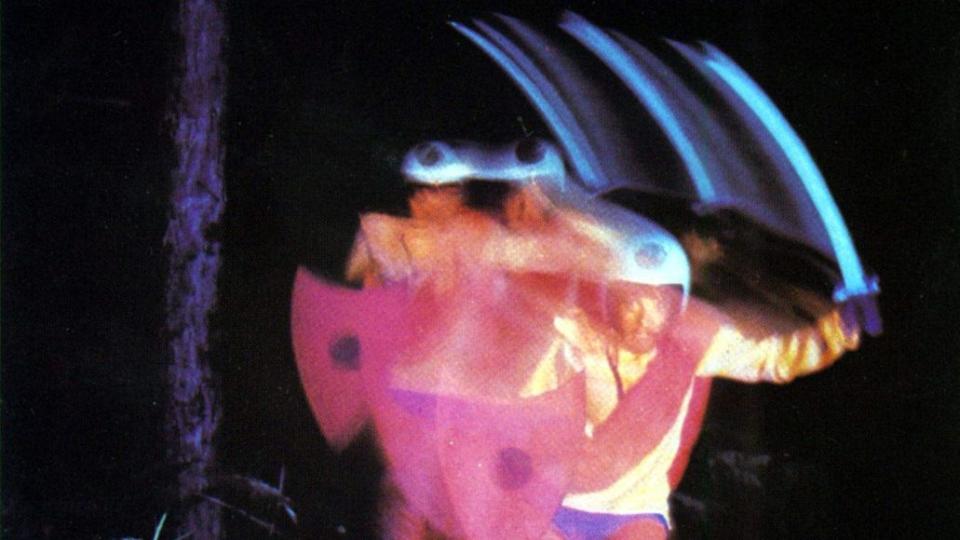
Black Sabbath are often credited with inventing heavy metal with their self-titled debut album in 1970. However, the aesthetics of the genre as we know it would be canonized with the release of their sophomore effort, Paranoid, later that year. Subduing the blues influences that were prevalent on their debut, the band turned its focus toward atmosphere and riffs — the sound of heavy metal to come. The template was carved out on opener “War Pigs,” with its combination of stop-start tempo changes (featuring epic Bill Ward drum fills), Tony Iommi’s slinky riffs, and the instantly recognizable vocals of frontman Ozzy Osbourne.
Content to dabble in darker themes, bassist Geezer Butler’s lyrics regarding war and political corruption still ring poignant today. There’s the driving title track — arguably Black Sabbath’s most popular tune and a proto-punk anthem — as well as the stadium-ready riffer “Iron Man.” Both are staples on classic rock radio and in sports arenas worldwide. Meanwhile, the brooding “Planet Caravan” showcases the band in a softer setting, where it proves equally able. Tack on other LP highlights “Electric Funeral” and “Fairies Where Boots,” and you’ve got arguably the greatest — and certainly most influential — heavy metal album of all-time. — J.H.
23. The Rolling Stones – Let It Bleed
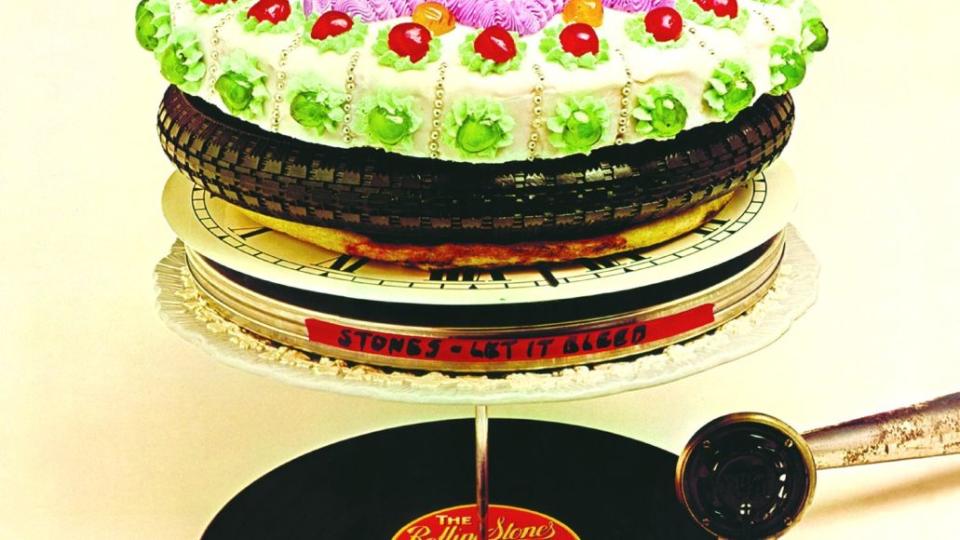
The period between 1968-1972 was particularly golden for The Rolling Stones, and the group’s 1969 entry — its eighth long-player in the UK and 10th in the US — may well be the most definitive of that era. It could well have been a disaster, with Brian Jones struggling and ultimately being fired during the sessions. Instead, it’s a triumph of the Satanic Majesties’ fiery creative cunning, not to mention continuing the Stones’ re-embrace of blues and other American roots styles that it began on 1968’s Beggars Banquet.
If it only had the bookends of “Gimme Shelter” and “You Can’t Always Get What You Want,” Let It Bleed (released nearly six months before the Beatles’ Let It Be) would still be essential. But the nine-track set also boasts “Midnight Rambler,” “Live with Me,” “You Got the Silver,” “Monkey Man” and the title track — all A-list entries in the Stones’ canon, along with a reviving take on Robert Johnson’s “Love in Vain” that would become even more impactful on the following year’s Get Yer Ya-Ya’s Out live set. (And, lest we forget, the same sessions produced “Honky Tonk Women” as a non-album single.)
Assisted by the likes of Leon Russell, Ry Cooder, Al Kooper, Doris Troy and of course the force-of-nature Merry Clayton, Let it Bleed is The Rolling Stones in peak form, laying substantial groundwork as the World’s Greatest Rock Band — regardless of whoever actually made that claim. — G. Graff
22. Stevie Wonder – Songs in the Key of Life
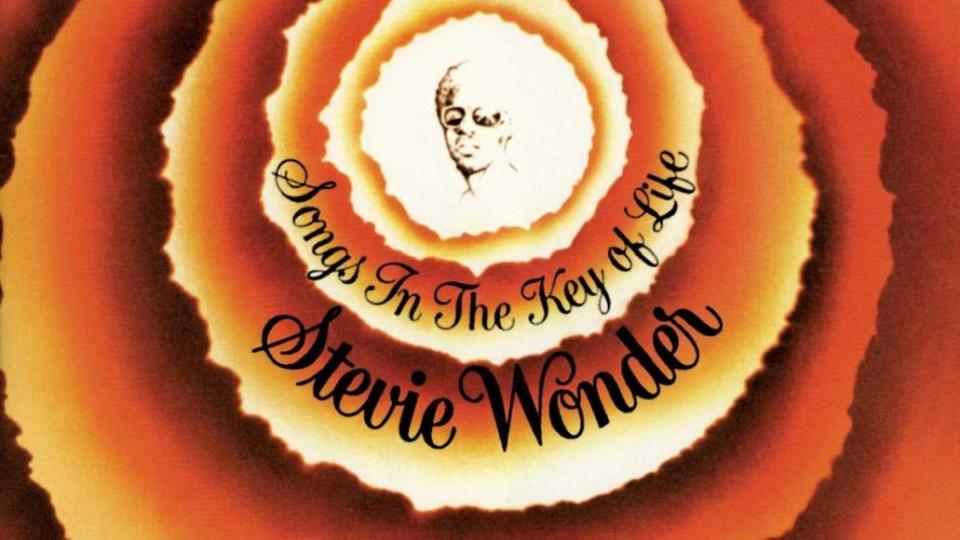
What’s so great about Stevie Wonder’s 18th studio album? How about… everything. You’d be hard-pressed to find a two-disc-plus-EP set on which every track is a bona fide gem, whether it’s chart-topping singles such as “I Wish” and “Sir Duke,” or lengthy meditations like “Love’s in Need of Love Today,” “As,” and “Another Star.” Even the four tracks on the bonus EP are winners, and any number of other artists would be happy to have any of these “extras” on their regular albums.
Wonder came into Songs in the Key of Life on creative fire, riding a wave of hit, Grammy Award-winning albums with Talking Book, Innervisions, and Fulfillingness’ First Finale. The two-year wait for Songs in the Key of Life was the longest in Wonder’s career to that point (little did we know) and had Motown execs in shpilkes waiting for it. But Wonder delivered a masterwork that was greater than the sum of its parts, his definitive expression of an optimistic world vision that saw the potential for a kind of paradise beyond the gritty realities of “Village Ghetto Land” and “Black Man.”
If Marvin Gaye’s What’s Going On took stock of a situation, Songs in the Key of Life proffered solutions, a hope that better times lay ahead and recognition of what was good around us in the meantime. Wonder had plenty of great help here, from Herbie Hancock’s piano on “As” to George Benson’s guitar on “Another Star,” and backing vocals from Minnie Riperton and Denice Williams, among others, but the Songs’… creator and his unmatched vision are what have reigned triumphant over all these years. — G. Graff
21. Led Zeppelin – Led Zeppelin IV
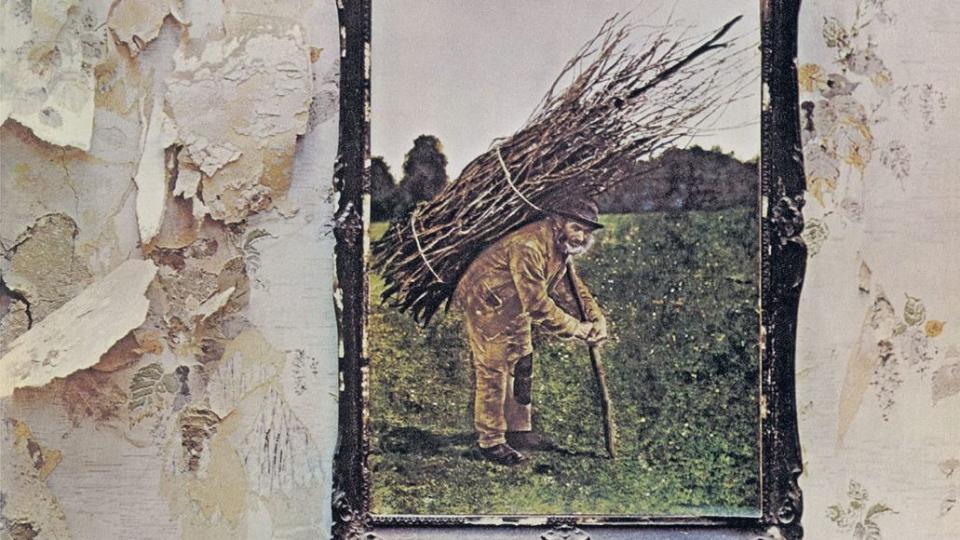
An immediate worldwide hit upon its release in 1971, Led Zeppelin’s technically untitled fourth album remains a massive, influential juggernaut over 50 years later. One look at the tracklist and it’s easy to see why: While “Four Sticks” might be underrated, each of the other seven songs – including “The Battle of Evermore,” “Stairway to Heaven,” and “When the Levee Breaks” – is instantly recognizable as not just the finest Led Zeppelin had to offer, but rock music at large.
Before the album, the band was a well-established mover and shaker in the music world, with Robert Plant’s overtly sexual posturing and wailing voice, Jimmy Page’s spectral presence, John Paul Jones’ unassuming skills, and John Bonham’s ridiculously inhuman drumming. But the release of IV cemented Led Zeppelin in critics’ hearts (many were slow to warm up to the British rockers) and proved to be one of the most durable, commercial successes in their catalog.
The poetic, often Tolkien-influenced lyrics combined with a musical orgy of metal, progressive rock, and even country was a winning formula to stand the test of time. Interestingly, there were only two singles from IV: the swaggering “Black Dog” and the aptly-titled “Rock and Roll.” The epic saga that is “Stairway to Heaven” and the soulful strumming of “Going to California” would find their iconic notes sticking in the ears of the population anyway, proving that Led Zeppelin IV was the ultimate earworm of the rock and roll genre. — K.H. (2010)
20. Kate Bush – Hounds of Love
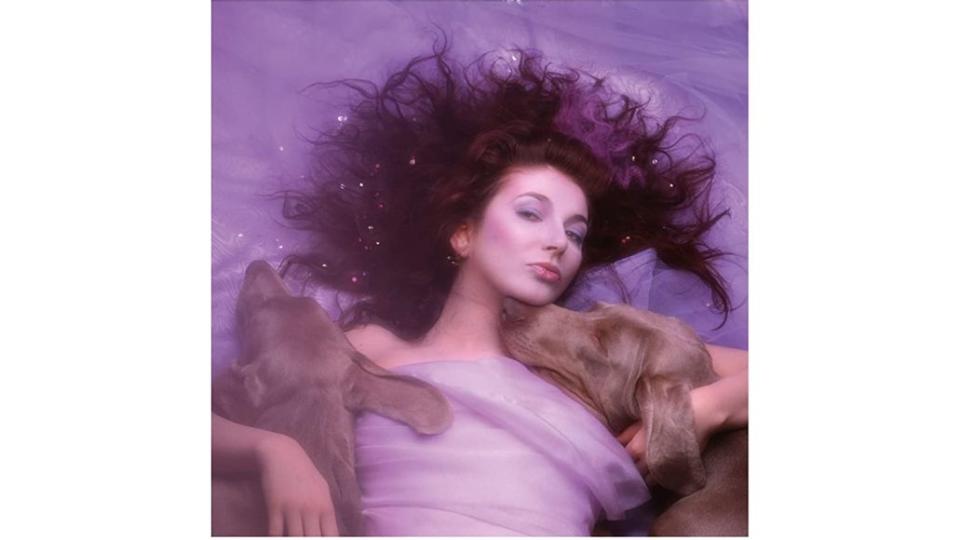
Before Hounds of Love, Kate Bush’s previous albums demonstrated that she was certainly a brilliant and daring songwriter. Hounds revealed her to be a musical prophetess.
It’s a musical achievement and a testament to Bush’s unprecedented dedication to crafting an album until it’s ready. It was entirely self-produced and composed in her own private studio space. Her seclusion caused rabid tabloid speculation and rumors only to be quickly silenced by Hounds’ release, knocking Madonna’s Like a Virgin out of the No. 1 slot on the UK albums chart.
Hounds of Love is an exaltation to light and darkness. It’s a practice in walking the tightrope between pop and experimental music. Just look at the titular track: The music and Bush’s passionate voice are wild with trembling beauty amidst dark beats, threatening strings, and lyrics that are both affectionate and sinister, with a chorus backed by vocals mimicking baying hounds. The song shouldn’t work, but it does. One listen and you’re running through the woods, terrified but exhilarated, chased by a passion that leaves your heart soaring.
The rest of the album is an experience, to say the least, and it’s no wonder that Hounds of Love has inspired an expansive breadth of modern artists, from Coldplay to Big Boi. From the opening, haunting chord of “Running Up That Hill” to the last hopeful string pluck of “Morning Fog,” Hounds of Love is a musical tapestry and a visionary album. — C.B. (2010)
19. Talking Heads – Remain in Light
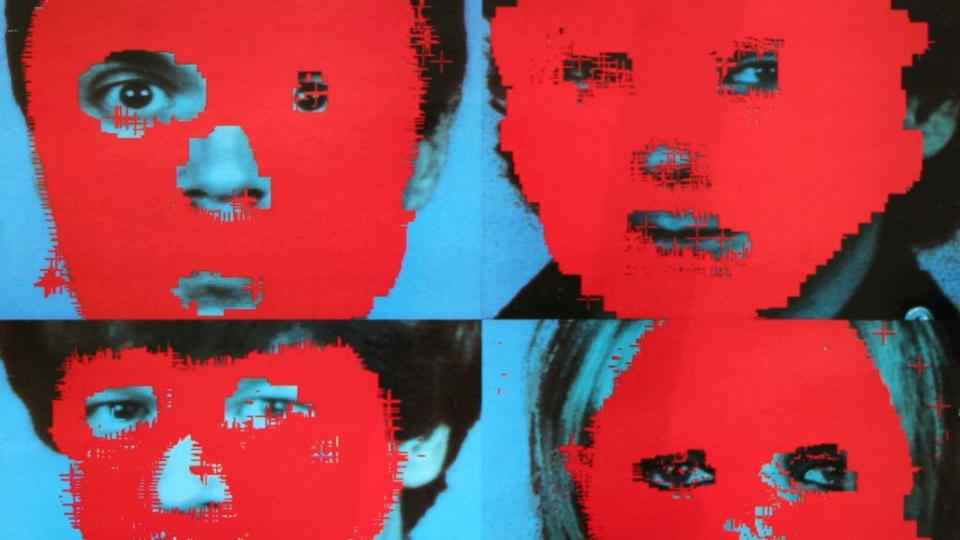
Some will disagree, but David Byrne might be the last true genius in music experimentation. Sure, there have been followers, and, yeah, they’ve come close, but no one has dethroned this Scottish-American royal. He’s too sincere. His music is too genuine. Whatever comes close feels derivative — something you can never say about Byrne’s music, altogether. Even if you don’t understand the Talking Heads, which you will (it just… hits you), you can’t help but appreciate it. Why? Because you appreciate something that’s unique, original, and, above all, bizarre. Those are sort of the general rules with anything relating to art. Just ask anyone who ever promoted Andy Warhol.
Remain in Light is the Heads’ fourth album, but it’s their best. The facts: It holds one of the greatest songs of all time (“Once in a Lifetime”), it expanded the band’s sound dramatically, and it saved them in the end. Prior to recording, Byrne had just finished his incredibly groundbreaking side project with producer Brian Eno, My Life in the Bush of Ghosts, and things for the Heads seemed bleak. Chris Frantz and Tina Weymouth flirted with the idea of leaving, having grown tired of Byrne’s ever-growing control, while Byrne had little interest in recording with the band again, especially after the tiring sessions of the band’s previous albums.
However, what eventually saved them were two things: Frantz and Weymouth’s trip to Jamaica, where they discovered new avenues of percussion, and the highly evolving musical landscape of the ’80s, which basically screamed, “Opportunity!” After an instrumental recording session in the Bahamas, the band made the conscious decision to champion on. Thank. God. The recording behind this album reads like a James Bond film gone over budget. They went everywhere. What started in Nassau slowly traced back to the concrete confines of New York City, and eventually over to Los Angeles. At one point, Byrne bailed and exiled himself in Africa, where he worked off a case of writer’s block with a portable tape player and some nonsensical phonetics. If that weren’t enough, the band worked off of state-of-the-art equipment, some of which created new sonic environments and platforms to explore in.
These technologies and locales influenced what many critics justly consider to be a quintessential snapshot of world music. Lay back and listen… it’s all there. On “Listening Wind,” trademark ’80s tones coagulate with what sounds like spirits and animals in a far off jungle, all while Byrne croons, “He has the knowledge of the wind to guide him… on.” It’s all so obscure on paper, but within the world they create, it makes absolute sense. — M.R. (2010)
18. Beyoncé – Lemonade
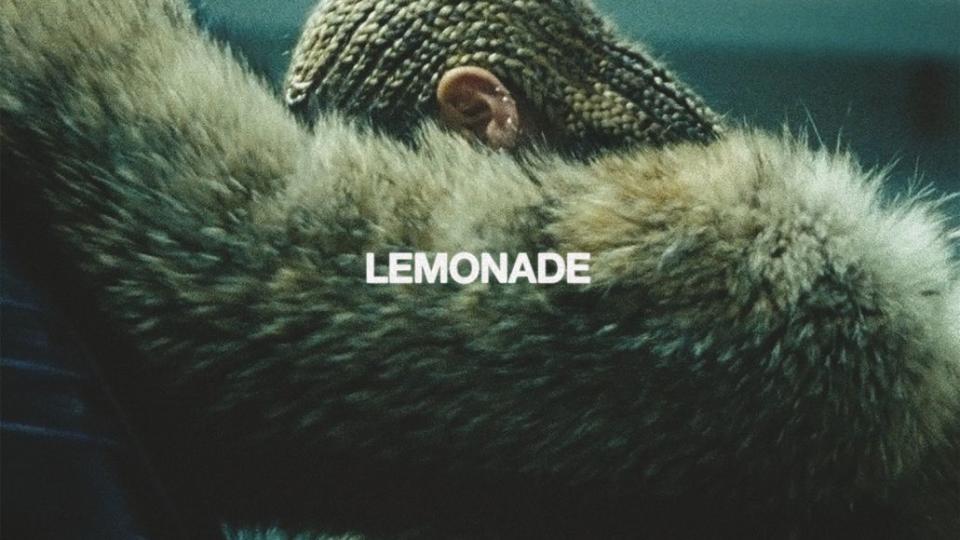
Beyoncé’s 2016 surprise-released visual album is at once deeply personal and sweepingly political. Written in the aftermath of JAY-Z’s infamous infidelity, the artist works through grief and anger (“Pray You Catch Me,” “Don’t Hurt Yourself”) and emerges as the bad bitch she always was (“Sorry”), with a stronger relationship to boot (“All Night”). But while marital breakdown is a common musical theme, Lemonade is told explicitly through the perspective of a Black woman, the most disrespected, most unprotected, most neglected person in America.
“Becky with the good hair” from “Sorry” diminishes white beauty standards, while “Don’t Hurt Yourself” and “Daddy Lessons” lay claim to rock and roll and country, two whitewashed genres rooted in Black history. But Lemonade’s most resounding statement remains “Formation,” a love letter to Southern Black culture in all its forms. Here, Beyoncé celebrates baby hair and Afros, Negro noses with Jackson Five nostrils. In the music video, she sits atop a sinking cop car in a flooded New Orleans. Manicured Black women fan themselves inside a plantation home, and Beyoncé repeats that she “just might be a Black Bill Gates in the making.”
Still, while important to flip these class scripts, the artist also celebrates the Black working class, depicting everyday folks rocking their slides in the gas station and touting trips to Red Lobster as a coveted outing. After all, she’s earned all this money, but you’ll never take the country out of her. And for us country folks, it means a lot to be seen. — Carys Anderson
17. Patti Smith – Horses
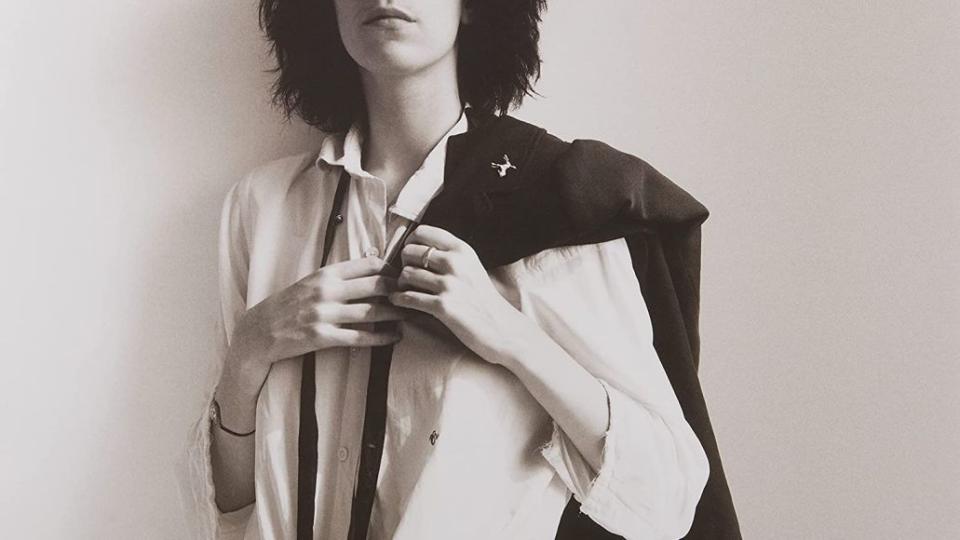
“Jesus died for somebody’s sins, but not mine.” Those eight words, the first spoken on Horses, encapsulate the album’s major themes. Rebellion. Irreverence. A middle finger to society. If etiquette demands that girls wear dresses and shave their armpits, etiquette can suck it. The attitude on this debut earned Patti Smith the title “Godmother of Punk,” but the nickname is misleading. From the beginning, Smith was more poet than punk. Her hyper-literate lyrics referenced Rimbaud and Verlaine, imbuing each syllable with meaning.
The album opens with a quasi-cover of Them’s frat-rock classic “Gloria.” In it, Smith becomes a woman on the prowl, her sexually predatory verses stalking boys, girls, and anyone else she takes to lusting after. Just listen to how she yowls “G-L-O-R-I-A,” spitting out the letters ahead of the beat as if ridding herself of a foul taste. Her ferocious delivery gives Horses its fire, but often overlooked in the equation is the backing band. Anchored by longtime associates Lenny Kaye and Jay Dee Daugherty on guitar and drums, the crack combo show an unusual diversity for a punk band. They slip effortlessly from the island reggae of “Redondo Beach” to the raucous thrash of “Free Money.”
The band’s ebb and flow help Smith push two songs to the 10-minute mark: the stream of consciousness “Birdland” and the rape-rocker “Land.” The album celebrates life even as it condemns it, marveling at society’s hypocrisies. “Because the Night” made Smith famous, but Horses made her a legend. — R.P. (2010)
16. Bruce Springsteen & The E Street Band – Born to Run
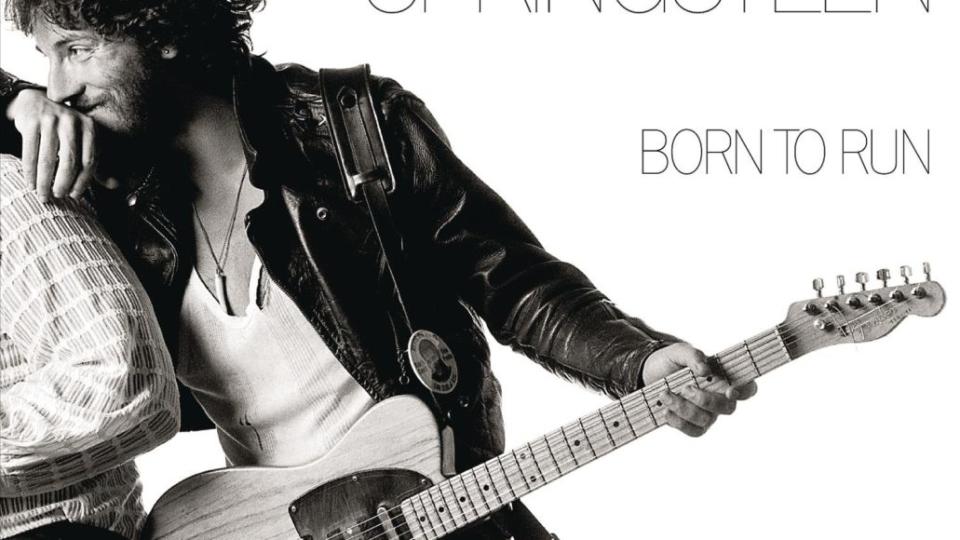
In 1975, Bruce Springsteen had two albums under his belt noted for the feral, jazz-like musicianship of his E Street Band and his own brand of quirky, urban street poetry. But it wasn’t until Born to Run that he distilled his music into something cohesive and relatable, a love letter to every loser and working class anti-hero from Jersey and beyond. Whereas his previous lyrics had been rooted in imagery and little else, Born to Run had stories to tell, stories that painted everyday people with broad strokes and high stakes, giving the record a sense of epic narrative that had never been heard in American rock and roll.
Songs like “Thunder Road,” “Backstreets,” and the bombastic title track are really just about bored kids hanging out and wanting to escape their town, but with lyrics like, “The ghosts in the eyes of all the boys you sent away/ They haunt this dusty beach road and the skeleton frames of burned out Chevrolets,” you’d think Springsteen was filming his own Spaghetti Western (which, in a way, he was). Adding to the grand scope of it all was his first collaboration (but far from the last) with producer Jon Landau, who aided him in achieving the Wall of Sound atmosphere for which the singer yearned. The guitars are towering, Clarence Clemons’s saxophone slices into the shadows of every song, Danny Federici and Roy Bittan’s dueling organ and keys lend a celebratory and church-like quality to just about everything, and boy does the band know how to use that glockenspiel.
Columbia Records viewed Born to Run as Springsteen and company’s last chance to craft a commercially viable record, and this go-for-broke outlook infects everything on the album — especially “Jungleland,” the nearly 10-minute closing track that still holds the title for the most lush, grandiose thing The Boss has ever recorded. Like many songs on the album, it acts as a mini-suite, starting off with the tear-filled croon of Suki Lahav’s violin before each instrument twinkles in one by one, detailing the downfall of The Rat, a common street hood looking for a little romance.
As a gang war erupts, the lyrics and instrumentation explode into a diesel-fueled anthem that could fill a hundred stadiums. By the end of the song, The Rat is gunned down with the whisper of Bittan’s piano (the only instrument still playing before the band kicks back in for the finale): “The streets are on fire in a real death waltz.” We end exhausted, having been through a whirlwind of stories that we’ve probably experienced ourselves without even realizing it. — D.C. (2010)
15. David Bowie – The Rise and Fall of Ziggy Stardust
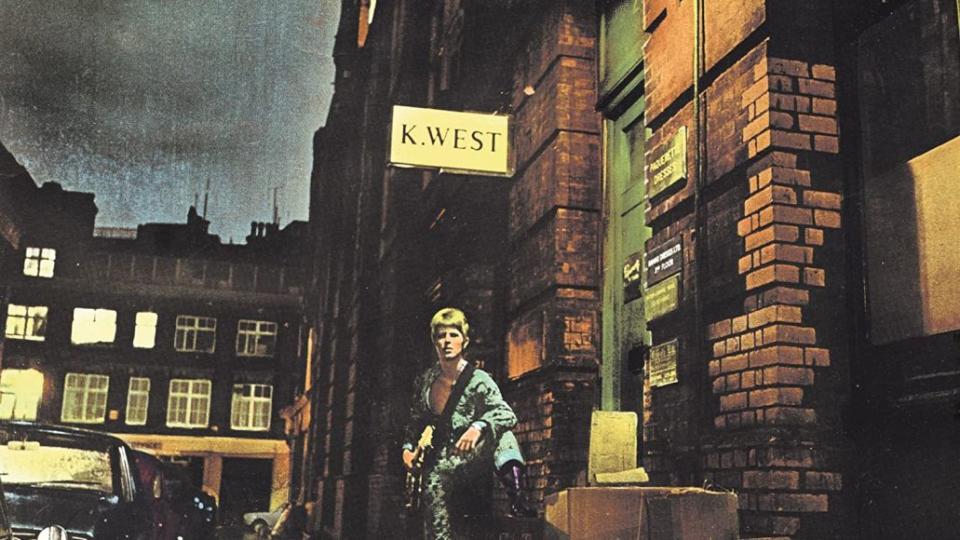
Let’s just be honest here: This is the definitive glam-rock record. There are plenty more great ones, from T. Rex’s Electric Warrior to Mott the Hoople’s All the Young Dudes, but no one did it quite as well as David Bowie. By letting his alter-ego, Ziggy Stardust, take over, Bowie ascended to new heights. In doing so, he also just so happened to make one of the best concept records ever.
Who else could make an album about an androgynous alien from Mars who becomes a huge rock star in the final years of Earth’s existence and make it one of the most loved and revered albums ever? The correct answer is no one. David Bowie was a singular personality (albeit, he went through multiple personalities), and his Ziggy Stardust years remain one of his most popular stylistic periods.
The album, with all its funk, glam, rock, pop, and soul, was unlike anything anyone had heard at that point, and it has never been replicated since. — C.O. (2010)
14. The Beatles – Sgt. Pepper’s Lonely Hearts Club Band

The world’s most popular band took on aliases, recorded their eighth studio album, and the rest is pop history. Released in June 1967, Sgt. Pepper’s Lonely Hearts Club Band became a concept album that The Beatles hoped could do their touring for them. They had grown weary of the road and the screaming fans, so they had quit gigging, and became a studio-based band.
Paul McCartney came up with the idea for the quartet to perform as a fictitious band. This would allow them to experiment with new sounds and ideas that would not necessarily be found on any other Beatles album. (John Lennon would later claim that every song he wrote for this album was not in character and not in theme with the whole Sgt. Pepper’s… concept.)
Of course, as with anything they tested, the idea proved successful. There’s a good reason for this success, however: It flows seamlessly together. The tightly-knit transition in between songs is something that had not really been used before and was therefore considered groundbreaking at the time.
Of course, in hindsight, everything these four lads did was groundbreaking. For Sgt. Pepper’s…, the Fab Four experimented with jazz, rock, traditional Indian music, and… mustaches. Yes, unsurprisingly, the band’s appearance factored into this album big time. It essentially flipped the coin on the band — at least stylistically. They all grew long hair, they all sported different mustaches, and they donned outfits, all of which would be emblazoned on the album’s cover art. In fact, just by looking at history, the cover of Sgt. Pepper’s… is truly iconic. How many times have you seen it parodied? Dozens, if not more (one of which tops this list).
As for the album itself, some of the best songs they’ve ever written surface. The beautiful and vivid “Lucy in the Sky with Diamonds,” which was written out of inspiration from a drawing Lennon’s son Julian created, plays out like a dream. “Being for the Benefit of Mr. Kite!” is musically complicated, working with organs, guitar, and some harmonicas that create this quasi-carnival atmosphere. “A Day in the Life,” with verses shared by Lennon and McCartney, each separated by a 40-piece orchestra in between verses, is the perfect way to end this magnum opus. Truly epic. — Kevin Barber (2010)
13. The Velvet Underground – The Velvet Underground & Nico
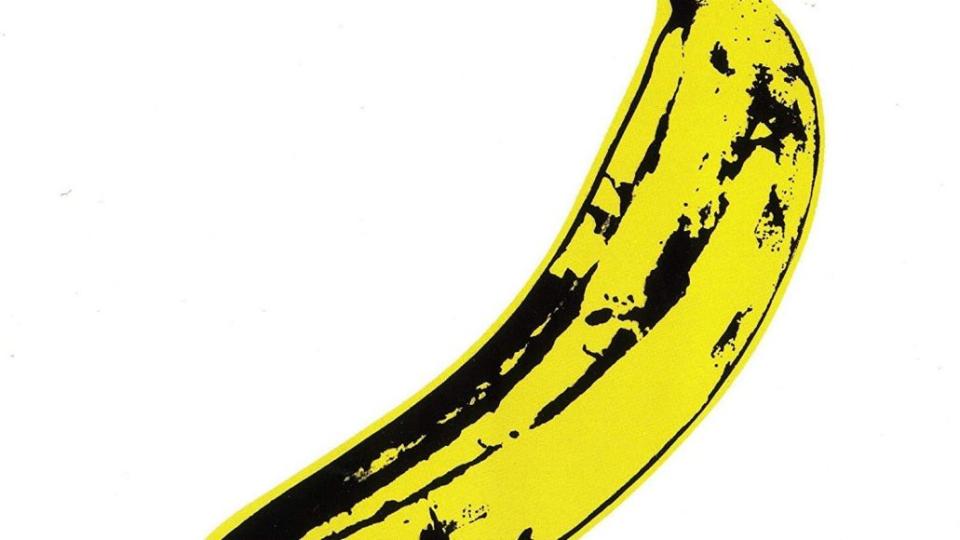
Produced by Andy Warhol, The Velvet Underground’s 1967 self-titled debut would take more than a decade before its influence would come to fruition. At the time of its release, it was art rock at its finest; however, that’s all it was. Topics such as prostitution, drug abuse, and living in the squalor of NYC were so isolating that no one really knew about it — or cared to, for that matter — even with the controversial Warhol at the helm.
With Lou Reed’s heroin addiction as the centerpiece, the record is explicit and rough, unflinching and chaotic as it held a mirror to life in New York City during the late ’60s. The ode to Reed’s dealer, “I’m Waiting for the Man” and the obvious “Heroin,” use irony to its fullest with catchy guitar licks, the latter building and pounding as Reed exclaims that the drug is the only thing that makes him “feel like a man.”
Alcoholism makes an appearance on “Run, Run, Run” as it screeches and drives on skittish bluesy riffs. With tracks like those, Nico inducted into music a style of rock that was so ahead of its time not even its creators knew what would become of it. But as the years go by, this album continues to evolve into even more of a masterpiece. Nico has since become the bible of what we now call “indie” rock, with nearly every band emerging as part of that modern scene taking their cues from this record.
What The Beatles are to modern pop, The Velvet Underground are to alternative rock. They are the archetypes of that style, their debut so groundbreaking that during their existence it only sold a few hundred copies. Yet here in the 21st century, they are one of the most important bands in the history of rock, with this record serving as the unlikeliest of masterpieces. — E.N. May (2010)
12. Bob Dylan – Blonde on Blonde
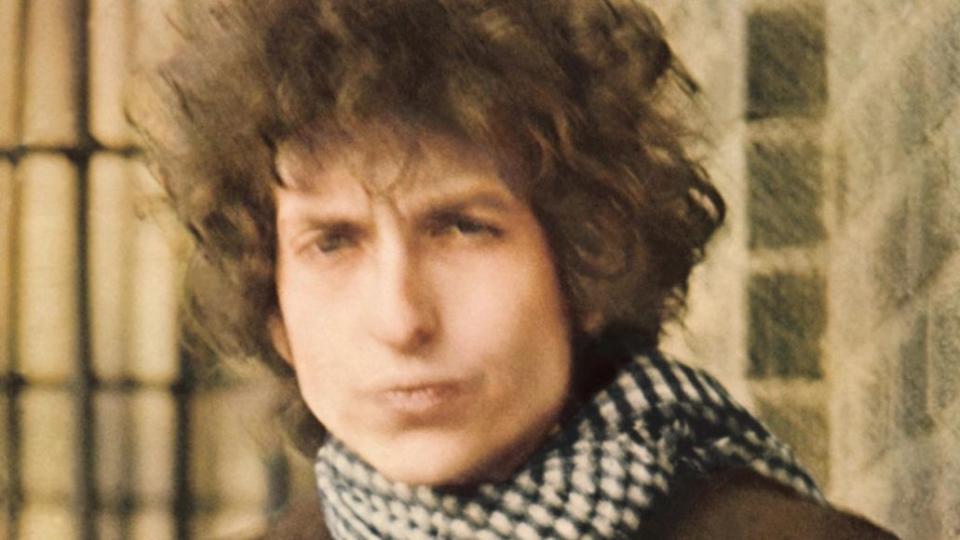
He would go on to record again that decade, but make no mistake about it: Blonde on Blonde was the swan song of ‘60s Bob Dylan. The iconic hipster depicted with wild hair and a checkered scarf on the 1966 album’s blurry front sleeve would not be seen or heard from again. It’s perhaps fitting, then, that this particular incarnation of Dylan went out with arguably the finest record of the decade and one of the first double albums in rock history.
Blonde on Blonde documents Dylan expanding upon the blues-rock sound of Highway 61 Revisited. Tracks like “Stuck Inside of Mobile with the Memphis Blues Again” and “I Want You” borrow the surreal imagery and character types of the subdued “Desolation Row,” and set them to up-tempo, glowing arrangements of harmonica, guitars, and swirling organs. “Most Likely You Go Your Way (And I’ll Go Mine)” and “Obviously 5 Believers” sound like natural, more polished and eclectic extensions of earlier blues rockers like “From a Buick 6.”
But then there are new, less predictable songs with no real predecessor, like the achingly beautiful “Visions of Johanna” and “Rainy Day Women #12 & 35” with its carnival sound and saloon atmosphere. And, of course, there is the sprawling “Sad Eyed Lady of the Lowlands,” which consumes an entire album side and sweetly reveals pieces of Dylan’s relationship with his then-wife, Sara. Per Dylan, Blonde on Blonde was the closest he ever came to achieving the sounds he heard in his head. And then he was gone. — M.M. (2010)
11. Lauryn Hill – The Miseducation of Lauryn Hill
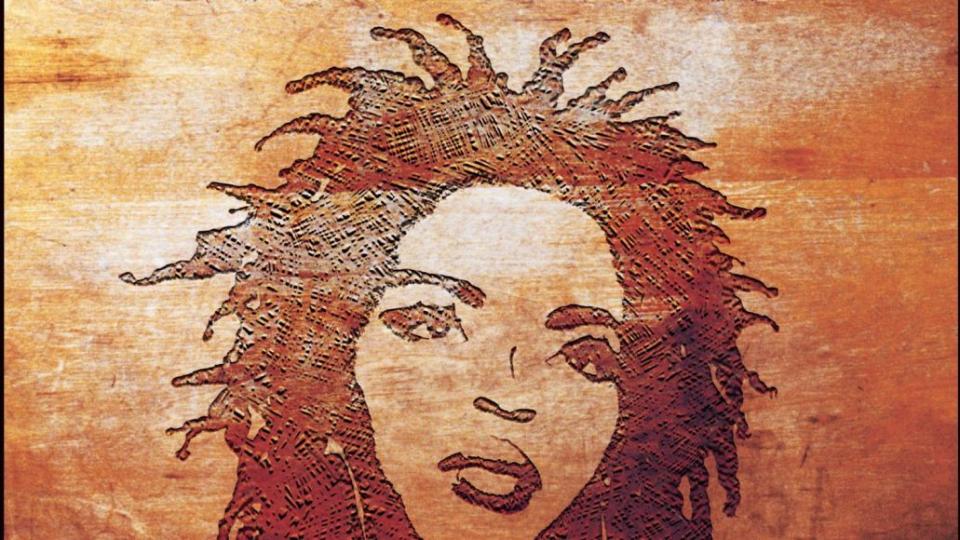
Looking back to ’98, Lauryn Hill seemed primed to have a huge solo career ahead of her, especially after her stint with The Fugees. Instead, there was nothing. Well, not nothing. There’s always The Miseducation of Lauryn Hill, which notched eight Grammy Awards, including Album of the Year and Best New Artist, earning Hill all the praise from the industry and media she wanted.
The Miseducation of Lauryn Hill could be considered one of the best solo female albums ever recorded. Full of soul and passion, you can hear and feel the messages she tries to get across about God, love, motherhood, and life. “To Zion,” one of the album’s finest songs, speaks of putting family first over the music business, which she eventually did.
With a perfect blend of hip-hop, R&B, gospel, and soul, Hill brings this album to life, working from a vocal range that (arguably) still goes unmatched today — even by Hill herself, who has yet to release a second album. — K.B. (2010)
10. Nirvana – Nevermind
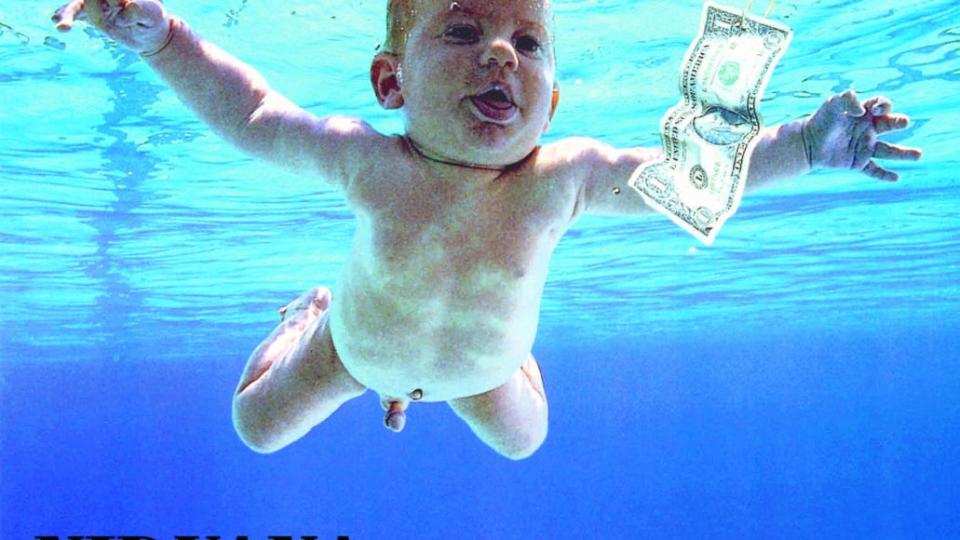
It’s frequently stated, but bears mentioning again: Nirvana’s Nevermind changed music forever. Before Nevermind, rock and roll and its hedonistic lifestyle had mutated to a commercialized, bombastic, and frequently hollow peak — but the work of Kurt Cobain, Krist Novoselic, and Dave Grohl offered a complete reset to the idea of a rock band in the 20th century.
Like every significant rock album before it, Nevermind challenged authority, and it did so with a shrug and a smile. Kurt Cobain’s dejected attitude spoke to a generation that felt disenfranchised and ignored by the corporate and political interests that dominated the ’80s, and buried within Nevermind are profound meditations on depression, expectations, and the futility of existence.
Its widespread success and acclaim established the uniting power of not just alternative rock, but the ethos of a phrase like “nevermind” — a perfect summation of Nirvana’s independent, contemplative attitude while giving voice to the mass of young people around the world who felt, simply, misunderstood.
As the child of Gen-X parents who were in their 20s when Nevermind was released, I grew up knowing that this album was, of course, significant. But as I enter my late 20s, only now do I realize how prescient these ideas were, how powerful it is to hear Cobain and co. rail against the rat race in favor of selflessness and love. Pick a lyric, any lyric, from the album, and it still strikes a chord. For me, it’s as simple as, “Well, whatever, nevermind.” — P.R.
09. Marvin Gaye – What’s Going On
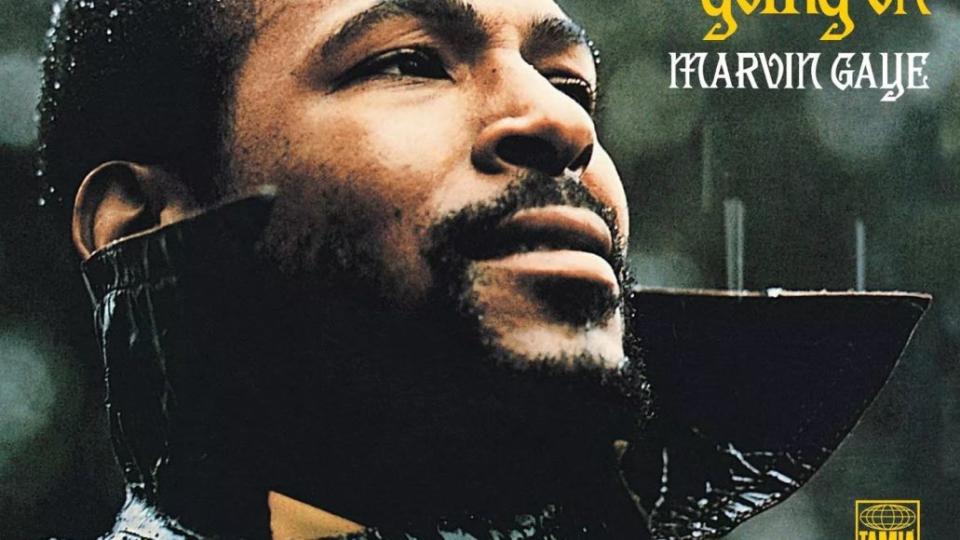
What’s Going On is not a question. Marvin Gaye’s 11th studio album is a survey of all of existence, told from the perspective of a Vietnam veteran returning home. He finds a nation in turmoil on “What’s Happening Brother,” a system failing its most vulnerable populations on “Save Children,” and a natural world on the brink of collapse on “Mercy Mercy Me (The Ecology).” But the nine tracks aren’t quite the nine circles of hell; there are some good things, too, including a strong relationship with God on “God Is Love” and, while “Flying High (In the Friendly Sky),” some A+ drugs.
Your tour guide on this journey is one of the greatest vocal instruments ever to grace this good Earth. Sometimes the lyrics hardly change, but even as he endlessly utters the same words like “Wholly Holy” or “Save the children,” it never feels repetitive, the same way a waterfall never feels repetitive.
The title track is not only Gaye’s masterpiece, it’s one of the finest songs ever written. If I say, “You know we’ve got to find a way/ To bring some loving here today,” it might sound cheesy, but from Gaye it sounds like the trumpeting of a celestial being. His eye takes in “picket lines/ and picket signs,” police brutality, mothers crying, brothers dying, until there aren’t any words left. The song ends with a lyric-free vocal exploration, as if the things Gaye has seen have brought him past human utterance, where all that’s left is a pure, emotional, “Ah.” — Wren Graves
08. Radiohead – OK Computer
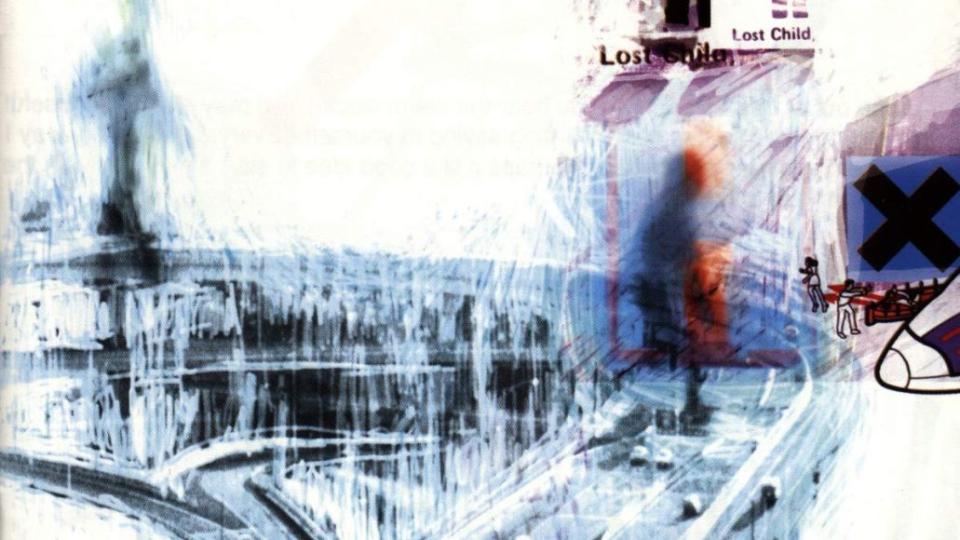
I had never even seen a shooting star before. 25 years of rotations… wait… wrong perfect Radiohead album. Let’s start over. Name a bad song on OK Computer — and if you say “Fitter Happier,” you just don’t get it, man. Radiohead’s third album is perfect, no question about it. Top to bottom, there’s not a blemish to be found. The songs are tightly constructed, emotionally performed, and expertly produced by Nigel Godrich. The sequencing, impeccable; the lyrics, tear-jerking and profound; the art, deservingly iconic.
Thom Yorke, Jonny Greenwood, Colin Greenwood, Ed O’Brien, and Philip Selway locked themselves in a mansion and emerged with a perfect consolidation of Radiohead. That’s what makes OK Computer so mystical. All respect to The Bends, exceptional in its own right, but OK Computer was Radiohead’s first moment of true transcendence, a foundational, defining step for a band now heralded as one of the most influential acts from both the 1990s and 2000s.
It was their first “Best Album of All Time,” of which they’d have at least two more (this list documents at least one of them; scroll up if you missed it). It’s an album so good, it seems like a joke. The type of album where, after a break from listening, you convince yourself that it can’t possibly live up to the stature it’s earned — until you listen to it again and, all of a sudden, it seems undervalued. — J.K.
07. Kendrick Lamar – To Pimp a Butterfly
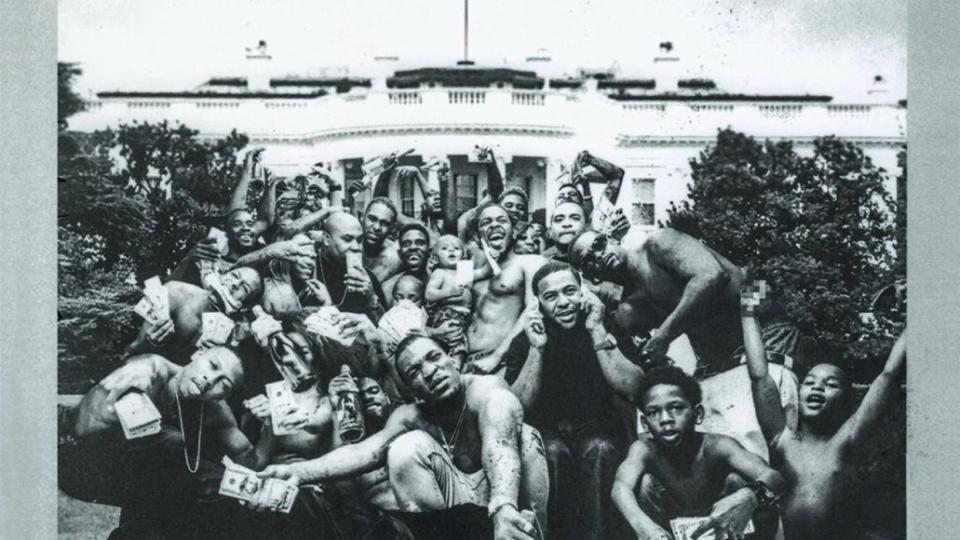
Kendrick Lamar didn’t have to look beyond Compton for his major label debut, good Kid, m.A.A.d city, but traveled all the way to South Africa to find inspiration for his magnum opus To Pimp a Butterfly. Taking in historic sites like Nelson Mandela’s jail cell on Robben Island led him to scrap “two or three albums worth of material” before putting together a collection that went beyond the confines of hip-hop to incorporate jazz, funk, and soul.
Every MC needs a strong production team to carry out their vision, and Lamar recruited the equivalent of an all-star band made up not only of generational musicians like Thundercat and Terrace Martin, but heavy-hitting producers like Pharrell, Boi-1da, and Sounwave. To top things off, he brought in legendary singers George Clinton and Ronald Isley.
TPAB explores the experience of being Black in America by addressing topics like racial inequality, police brutality, and generational trauma. It’s best consumed as a cohesive body of work, but a snapshot of its brilliance is contained in a single song: “Alright.” Soundtracked by a swirling mix of marching band drums, saxophones, and vocal chants, it immediately became a soundtrack for the Black Lives Matter movement.
“Alright” is one of the lighter songs on the record, however, as Kendrick puts himself under intense scrutiny on “The Blacker the Berry” and “Momma,” strives to become a better person on “i,” and exudes swagger on the bruising “King Kunta.” But the greatness of To Pimp a Butterfly comes down to a single statement: The Pulitzer Prize committee was one album too late when it awarded the Music prize to DAMN. — E.F.
06. The Beach Boys – Pet Sounds
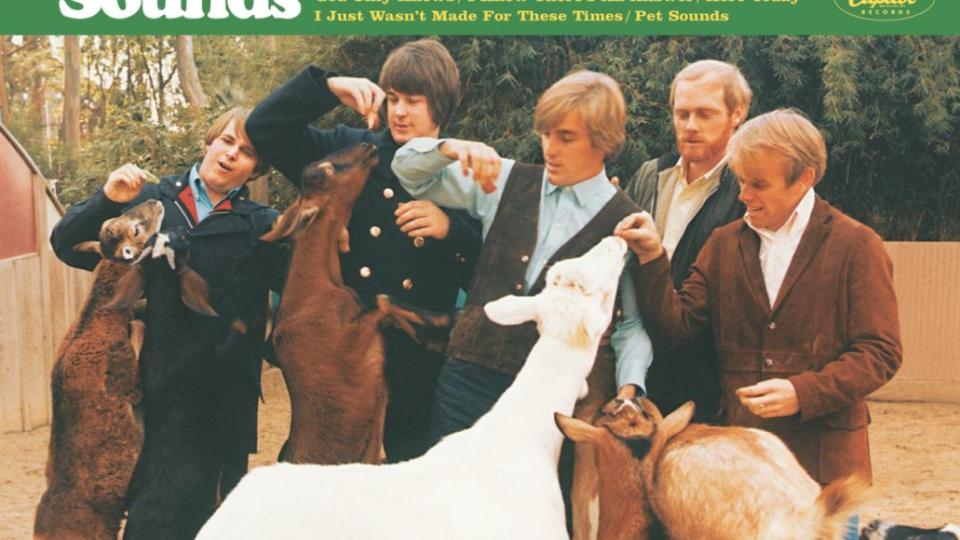
Writing this in 2022, I wonder how The Beach Boys are viewed by those who haven’t fully encountered this record. The band’s legacy is wrapped up with infighting, an eccentric figurehead, and surfy pop classics. It’s surely simpler to remember them for bops like “Surfin’ U.S.A.” and “Fun, Fun, Fun,” and even contemporary critics weren’t certain how to consider Pet Sounds. That’s all fair; just a year before this revolutionary collection, Brian Wilson and the boys were begging Rhonda for help.
But as early as the summer of 1965, Wilson was brewing his masterpiece, a record that would change the meaning of the word. He was determined to best the best, looking at The Beatles’ Rubber Soul and the Wall of Sound method as mutually facing mirrors reflecting possibilities back and forth. In the infinite middle, Wilson painstakingly crafted his own genius, resulting in a sound that had simply never existed before. Pop became baroque, rock became orchestral, a psychedelic grandiosity swirling around some of the most gorgeously lovelorn songwriting and impossibly sweet harmonies in history.
With the iconic session band retroactively named The Wrecking Crew (they of the Wall of Sound’s, well, sound), Wilson arranged for Electro-Theremin, french horn, ukulele, harpsichord, and numerous other instruments completely foreign to rock at the time — including bicycle bells and Coke cans. It was the beginning of ‘66, and Wilson was redefining what a “studio album” meant, creating a genealogy of music that continues to expand to this day.
Anywhere you hear art rock, chamber pop, psychedelia, or concept albums, you hear Pet Sounds. Imagine what it was like hearing it before any of those things had names? — B. Kaye
05. Joni Mitchell – Blue
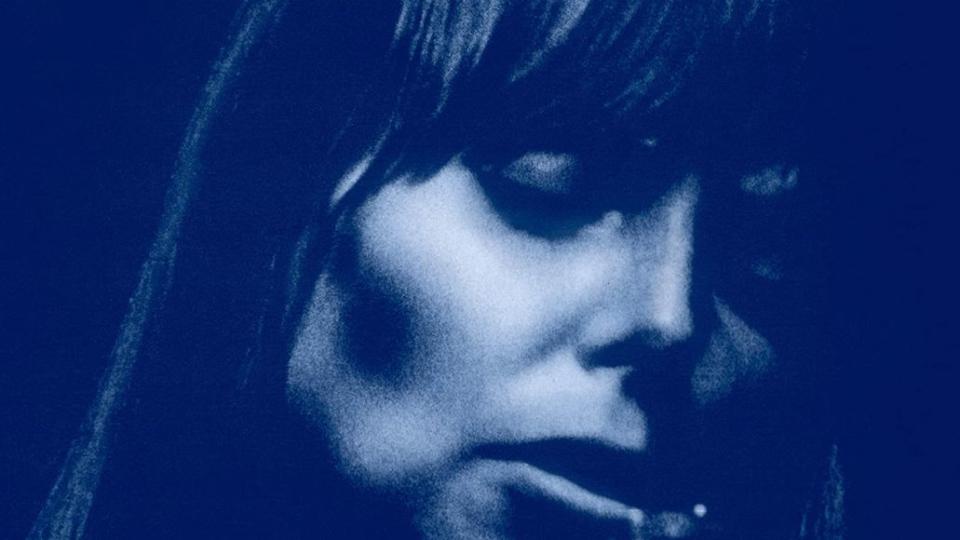
If Ladies of the Canyon proved that Joni Mitchell was a songwriting powerhouse, then its 1971 followup cemented her as one of the greatest to ever live. Released when Mitchell was just 27, Blue captures her at the intersection of two romantic whirlwinds: She’d just called off her doomed relationship with Graham Nash and began her storied love affair with James Taylor, who performs on many of the album’s songs. “I could drink a case of you, darling, and I would still be on my feet,” she croons in one of the album’s endless iconic one-liners. When you’re used to slipping into such an intoxicating love, she seems to say, its dangerous effects become less glaring.
But as much as Blue often feels like looking at love through a microscope, it also painfully documents the harsh truths of twenty-somethingdom, when you’re old enough to realize all you have is yourself but still young enough to hold onto a glimmer of hope. “I wanna be strong, I wanna laugh along/ I wanna belong to the living,” Mitchell sings on opener “All I Want.”
Blue tends to argue that life is inherently lonely, but armed with little more than just her pristine voice, an acoustic guitar, and a piano, Mitchell assures us that we’re never the only lonely ones: “I want to wreck my stockings in some jukebox dive/ Do you wanna dance with me baby?” — A.J.
04. The Clash – London Calling
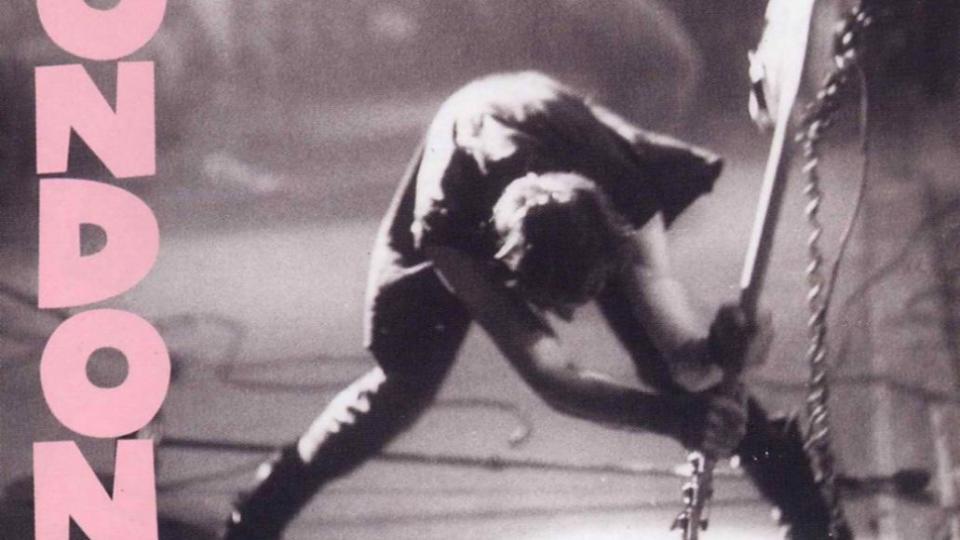
The greatest punk album of all time is far from just a punk album. The Clash’s London Calling is an amalgam of punk, ska, reggae, new wave, R&B, and other genres blended into a perfect musical concoction. The socio-political commentary that The Clash delivered so earnestly on their first two albums is still present, but the music reaches a new level of sophistication and experimentation. From the staccato guitar riffs of the opening title track to the reggae-like infectiousness of “Rudy Can’t Fail” to the post-punk vibe of “Lost in the Supermarket,” London Calling is a masterwork.
Joe Strummer’s signature rasp is complemented by Mick Jones’ melodic delivery as they trade vocals throughout the album, with Paul Simonon and Topper Headon providing the steady backbone to the collection’s 19 diverse songs. At one point, The Clash were billed as “The Only Band That Matters” — a clever branding slogan that shouldn’t be taken literally, considering all the great acts that came before and after them. However, there’s no arguing that The Clash were one of the most important bands of all time, with London Calling being their magnum opus. — S.K.
03. The Beatles – Abbey Road
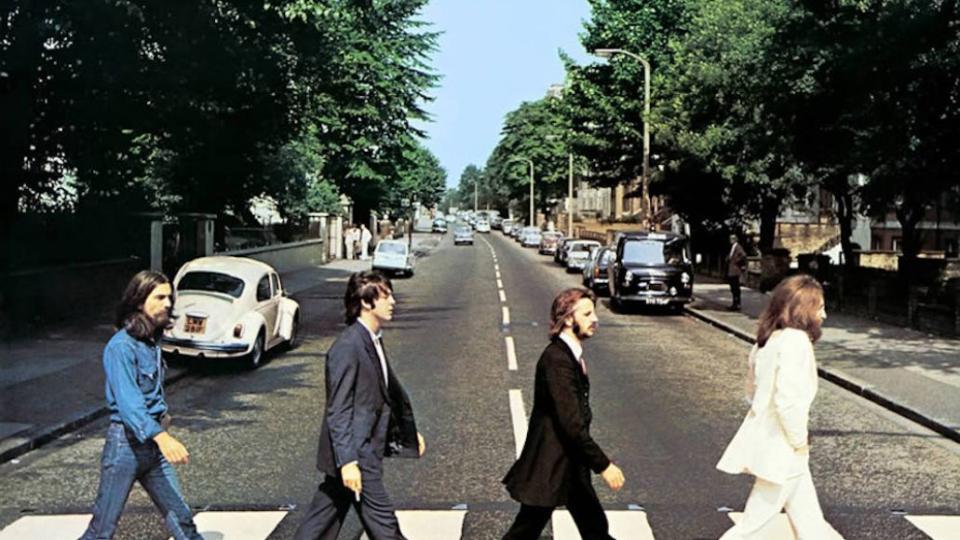
There’s an inherent sense of melancholy around The Beatles’ 11th album, Abbey Road. Let It Be was technically the final album the band completed before they broke up in 1970, but Abbey Road was the last album that they had started recording, and as such, it carries a feeling of completion and finality. It is the record that showcased the songwriting heights of the Fab Four, with Harrison’s standout offerings of “Here Comes the Sun” and “Something” soldifying him as a songwriter more than capable of matching the talents of Paul and John. It wasn’t known at the time that it would be the last instance the group would make music together, but even Harrison admitted, “It felt as if we were reaching the end of the line.”
The album, recorded in the iconic West London studio that it takes its name from, was met with mixed reception upon release. But as time passed, it became lauded as the band’s best effort. Inspired by the thematic approach to Sgt. Pepper’s…, the record is split between the traditional first half full of unrelated songs and a second side that makes way for the medley section.
“Come Together,” “Oh! Darling,” and “I Want You (She’s So Heavy)” are blues and progressive rock-inspired numbers that are a far cry from the group’s early days of twisting and shouting and wanting to hold your hand; on Abbey Road, they want to grab it. Indeed, there’s an overt lust and desire overtaking the boyish innocence that initially skyrocketed the group to popularity. The medley — consisting of the shorter but still ambitious tracks “Polythene Pam” and “Mean Mr Mustard” — feels like a fever dream.
And then, to conclude, McCartney lands on the moving last lyric of, “And in the end, the love you take is equal to the love you make.” It’s a bittersweet and trite ending, making you all the more grateful that you got to experience it in the first place. — C. Siregar
02. Fleetwood Mac – Rumours
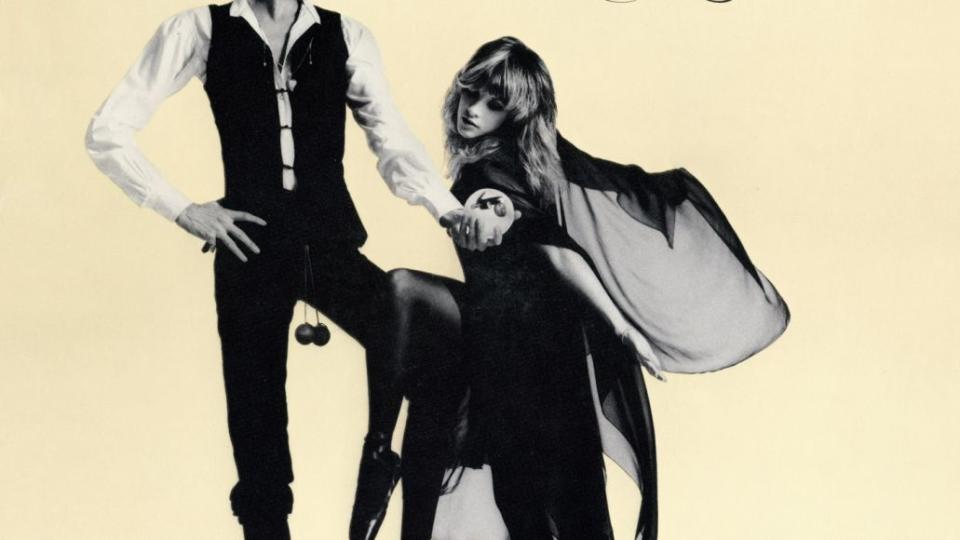
Has there ever been a guitar intro as seductive as the one with which “The Chain” begins? Especially when you know that incredible, explosive bridge is coming? It’s just one of many impossible-to-forget moments delivered to us via what, decades later, remains one of the most infamous making-of-a-record experiences ever.
With every single member of Fleetwood Mac caught up in toxic relationships and heavy drug use during the production of Rumours, it’s a miracle that this album exists at all. But it does, and whether it’s despite or because of the chaos surrounding its making, Rumours was an instant classic out of the gate that still holds up today. Its blending of folk, pop, blues, and rock genres led to a timeless quality that has proven revolutionary as the decades have passed.
Every single track has worn a groove in our brains and made countless impacts on pop culture: Consider the soundtracks to Forrest Gump and Guardians of the Galaxy Vol. 2, or Bone-Thugs-N-Harmony’s “Wind Blow,” or the most viral TikTok of 2020. The tracks have even been heavily featured in politics, with the band reuniting to play “Don’t Stop,” the unofficial theme song of Bill Clinton’s Presidential campaign, at his 1993 inaugural ball.
These 11 perfect songs came during an era when the dream of the 1960s was haunted by the blunt realities of the 1970s, creating a moment where honest emotional truths were exactly what people were hoping to hear in music. Laden with all the angst of a band in upheaval, Rumours is proof that harmony can be born in chaos. — L.S.M.
01. Prince & The Revolution – Purple Rain
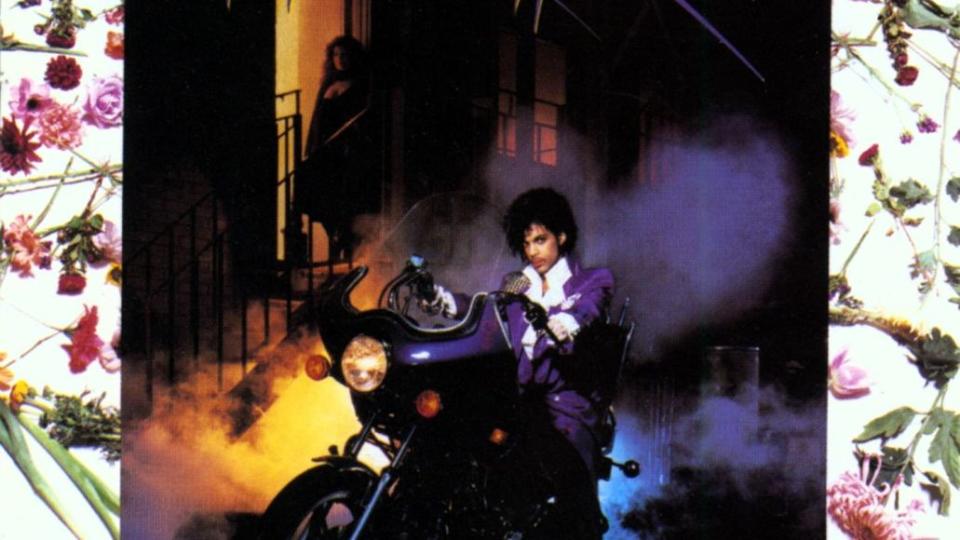
Is it psychedelic pop? R&B-infused rock and roll? Or is Purple Rain just the sound that wind makes as it courses through Prince’s chest hair? From the mock-church service that kicks off the album through the otherworldly elegy of the closing title track, His Purpleness doesn’t stop at demolishing genre, but makes sure to obliterate sexual prudishness (“Darling Nikki”), the line between man and machine (“Computer Blue”), and fantasy and reality (“When Doves Cry”). On “Let’s Go Crazy,” he even does away with Heaven and Hell while he’s at it.
What makes Purple Rain so gobsmackingly great is that every wailing guitar and taboo-shattering lyric sounds just as daring today as it did in 1984. Almost any other male artist from that period would have turned “Darling Nikki” into a misogynistic nightmare. But Prince frames it as finally meeting his sexual superior, and instead of grossing us out, the song leaves listeners in the same position as the protagonist: shattered and begging for more.
Defying all laws of album construction and probably physics, too, Purple Rain grows stronger as it goes along. The album reaches a frenzied zenith with “When Doves Cry,” which doesn’t just open with one of the greatest guitar flourishes ever put to tape, but also explores the tension between real life and dreams, truth and fancy, future sex and current not-sex, in a way that would make Hamlet proud.
After all that metaphysical grunting, “I Would Die 4 U” hits the ear like a cool breeze over sweaty skin. “Baby I’m a Star” has fun with some words running forwards and backwards, and the album explodes in the acid haze of “Purple Rain.” From the angelic choirs singing the hook through the apocalyptic final guitar solo and the long, gentle denouement, Prince spins a magical world where rain falls like water and blood, nothing is cooler than the tears of doves, and, most surprisingly, at least one person is sexier than Prince.
After the rush of all that, when real life shows its grubby face, how can you not hit play again? — W.G.
The 100 Greatest Albums of All Time
Consequence Staff
Popular Posts

